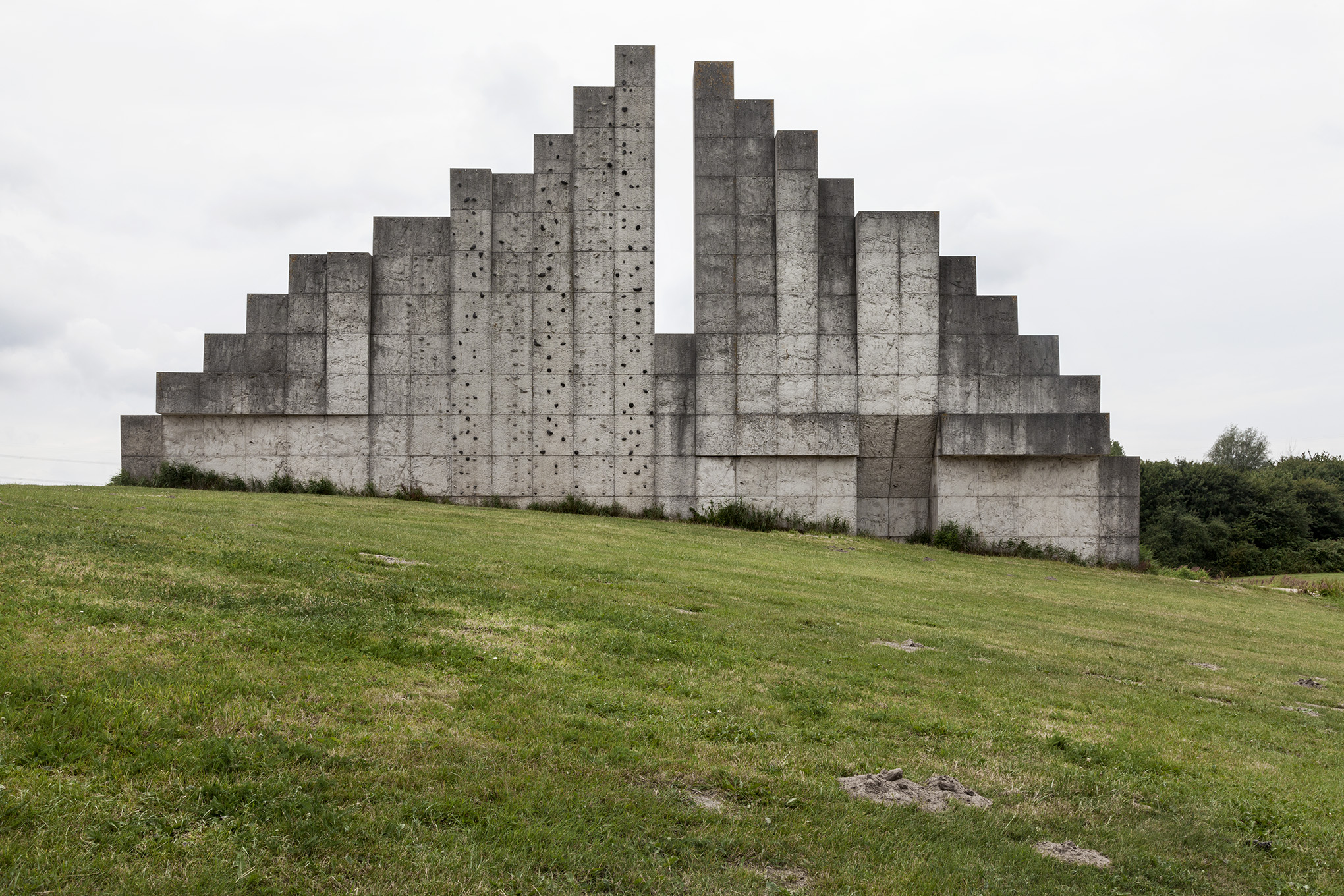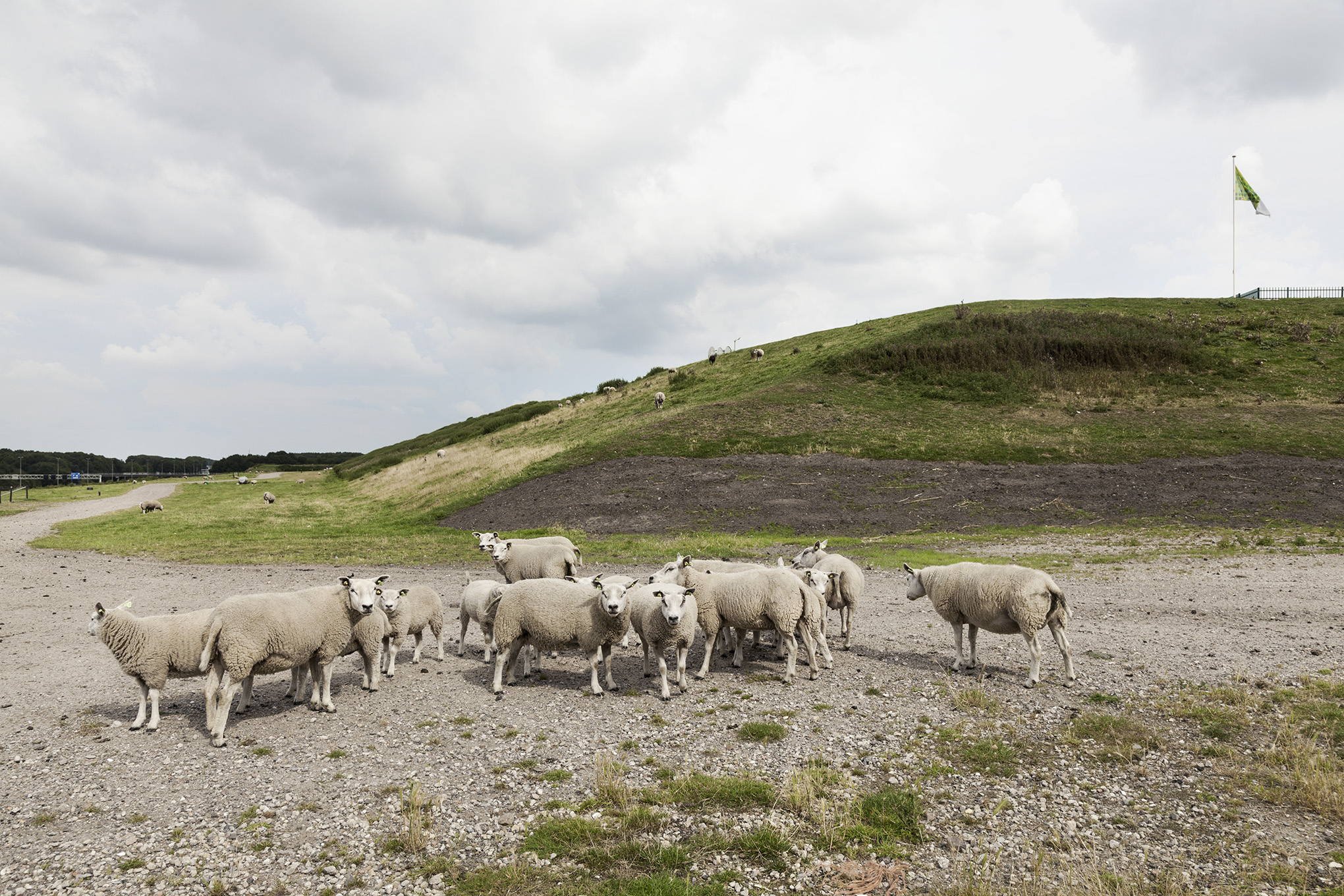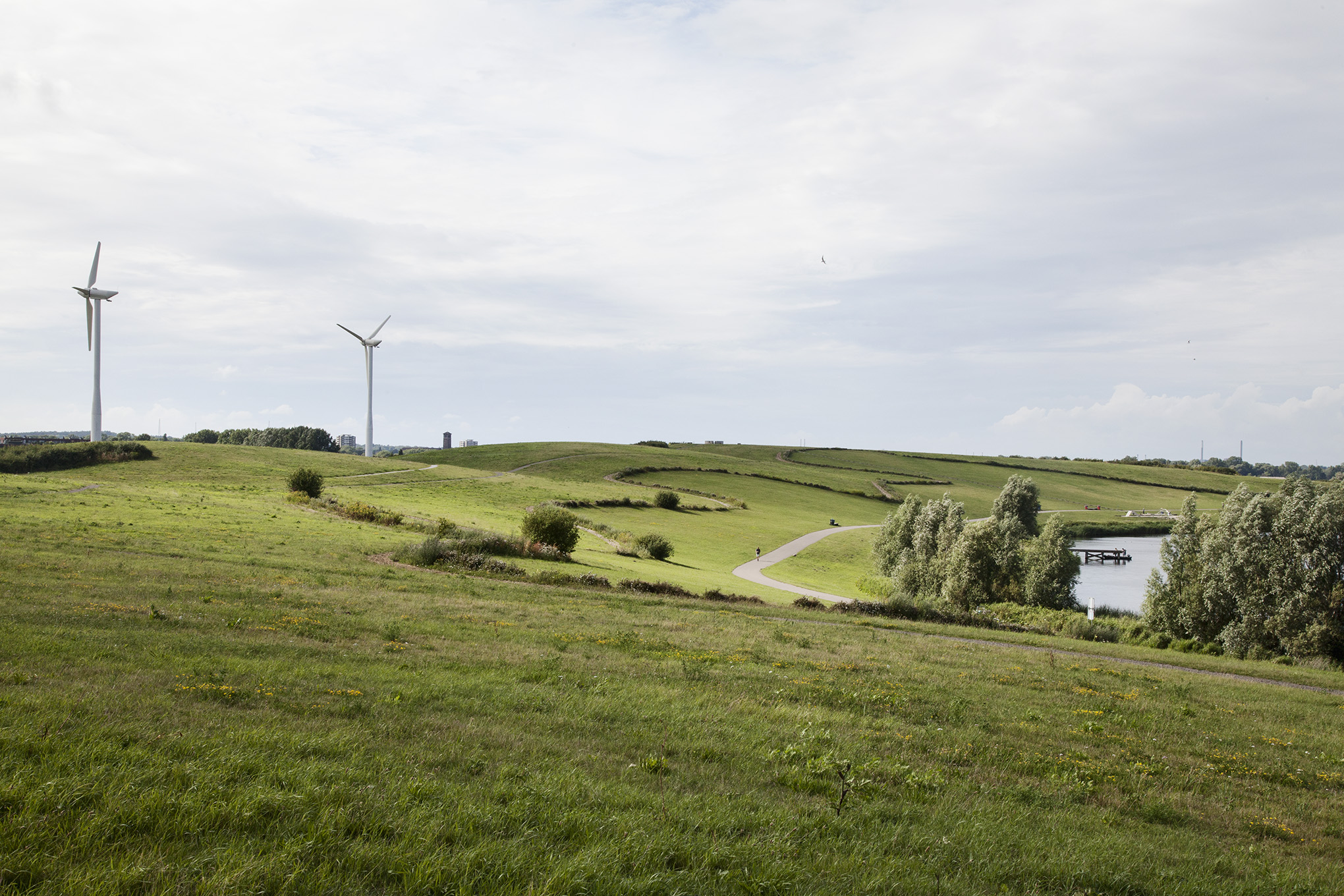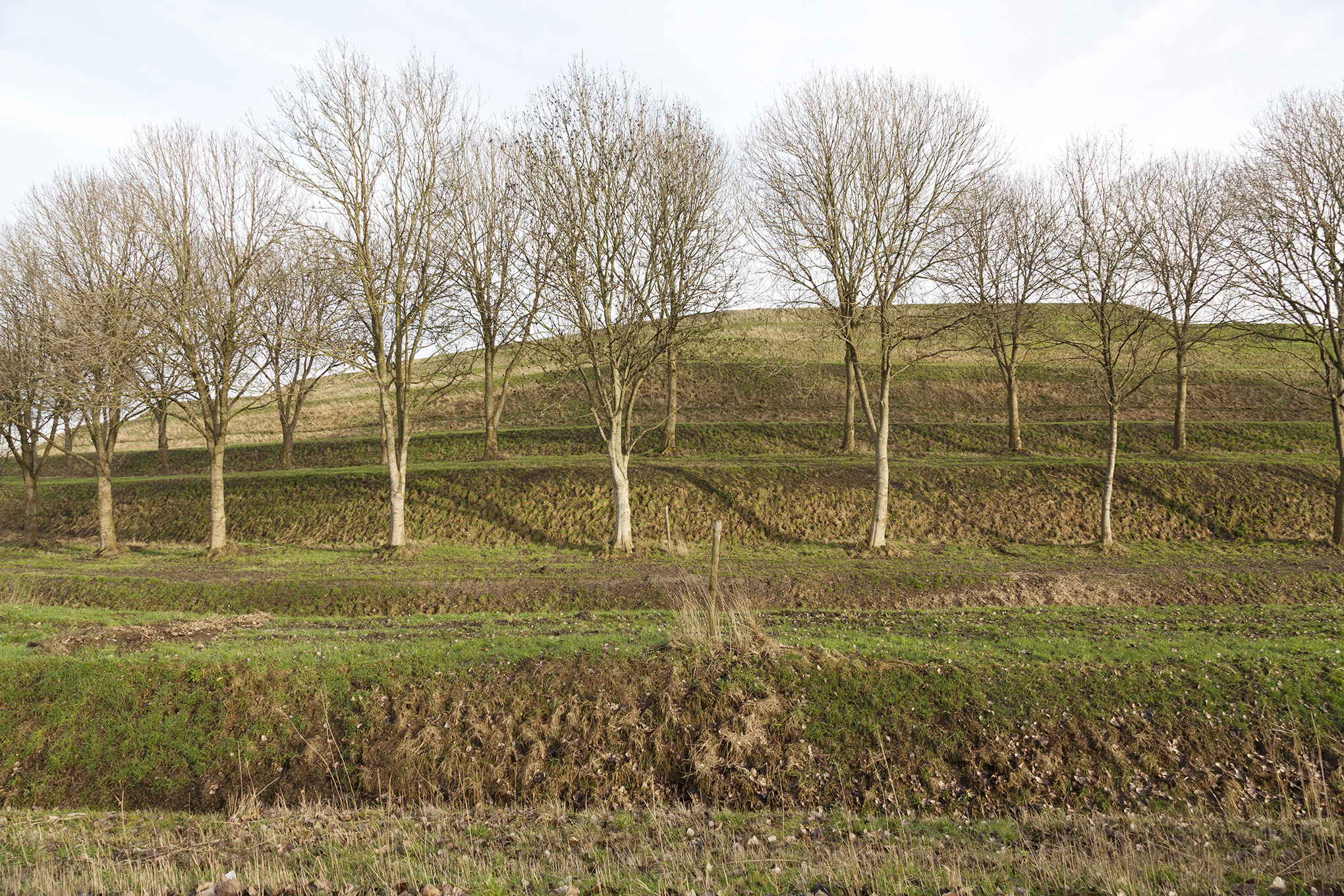
Strata
(2017–2020)
When we talk about waste, we are used to the story skipping from A to Z, from PET bottle to fleece sweater or from mixed waste to a blind spot. However, in the process of fast progress we now have an array of materials at hand which the earth cannot take back or which science cannot efficiently transform. Landfill has become the hiding place of the waste we cannot systematically digest.
For many decades (and in some countries up until now), landfill has been the most common and cheap method to get rid of waste. When a landfill site reaches its maximum capacity, it’s covered with protective layers, soil and plants to integrate this newly constructed landscape in the surrounding area. The artificial and the natural collide in vertically stacked layers.
In this deliberate act of concealing, the confrontation with the true accumulation of waste has been lost. There is no visible connection between our consumerist habits and its impact on the landscape. No reminder, no image lingering in the back of our heads that withholds us from the next short-lived purchase.
For many decades (and in some countries up until now), landfill has been the most common and cheap method to get rid of waste. When a landfill site reaches its maximum capacity, it’s covered with protective layers, soil and plants to integrate this newly constructed landscape in the surrounding area. The artificial and the natural collide in vertically stacked layers.
In this deliberate act of concealing, the confrontation with the true accumulation of waste has been lost. There is no visible connection between our consumerist habits and its impact on the landscape. No reminder, no image lingering in the back of our heads that withholds us from the next short-lived purchase.
Following the Landfill Directive implemented in 1999, the EU has established that the landfilling of municipal waste has to be gradually limited to 10% by 2035. This practice should become a marginal phenomenon giving priority to the new waste hierarchy otherwise referred to as the 3 R’s: reducing, reusing and recycling. However, the hills and holes resulting from years of landfill will, identifiable or not, shape the landscape for good.
“Strata” is the result of an encounter with the open wound of an inefficient system. Before the waste is concealed and sealed into an eternal time bubble, the photographs give a glimpse of landfill’s inside structure, portrayed against the backdrop of several EU countries who face highly divergent challenges in minimising this practice due to their different geographical, demographical and political contexts.
“Strata” is the result of an encounter with the open wound of an inefficient system. Before the waste is concealed and sealed into an eternal time bubble, the photographs give a glimpse of landfill’s inside structure, portrayed against the backdrop of several EU countries who face highly divergent challenges in minimising this practice due to their different geographical, demographical and political contexts.
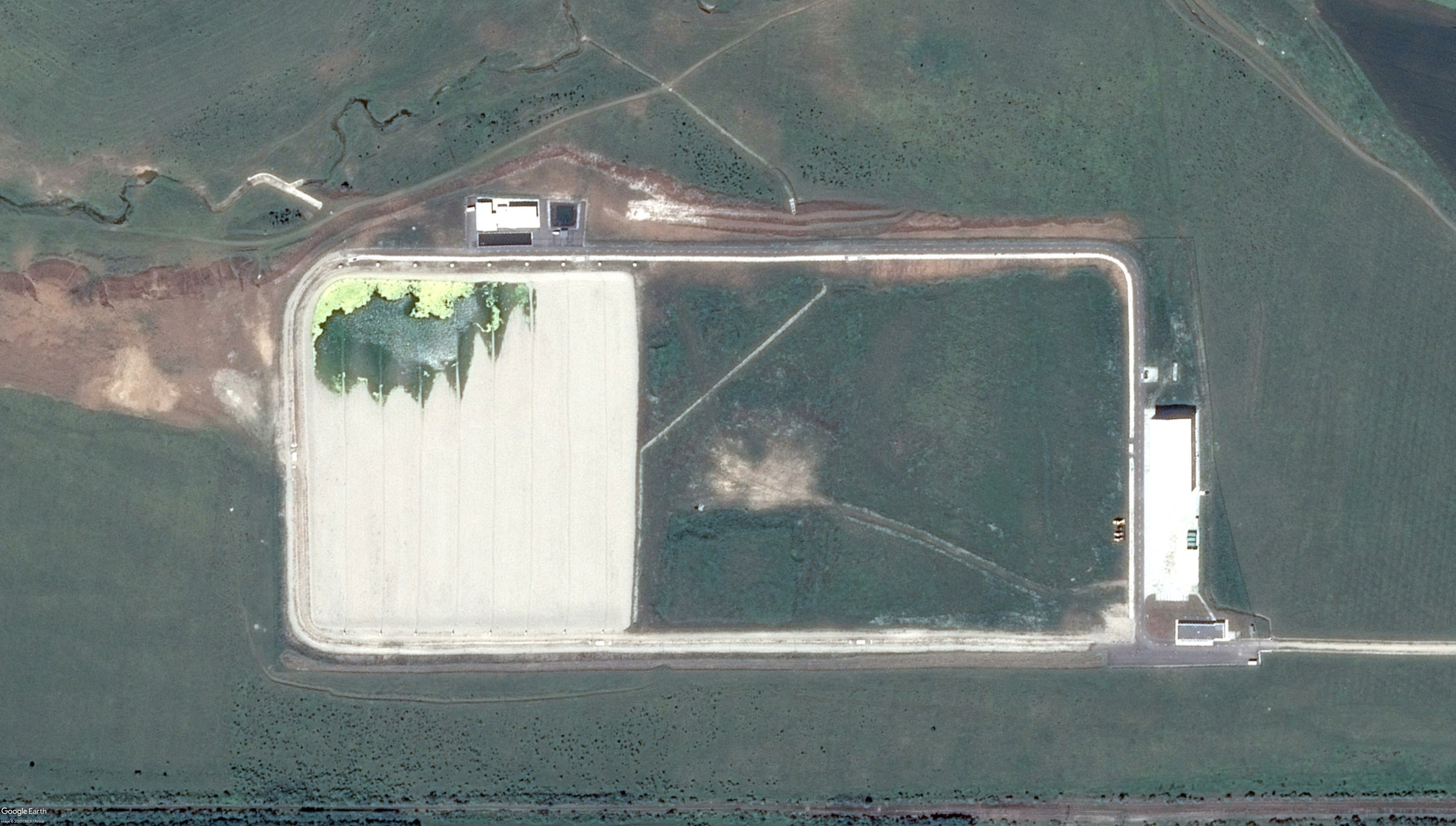
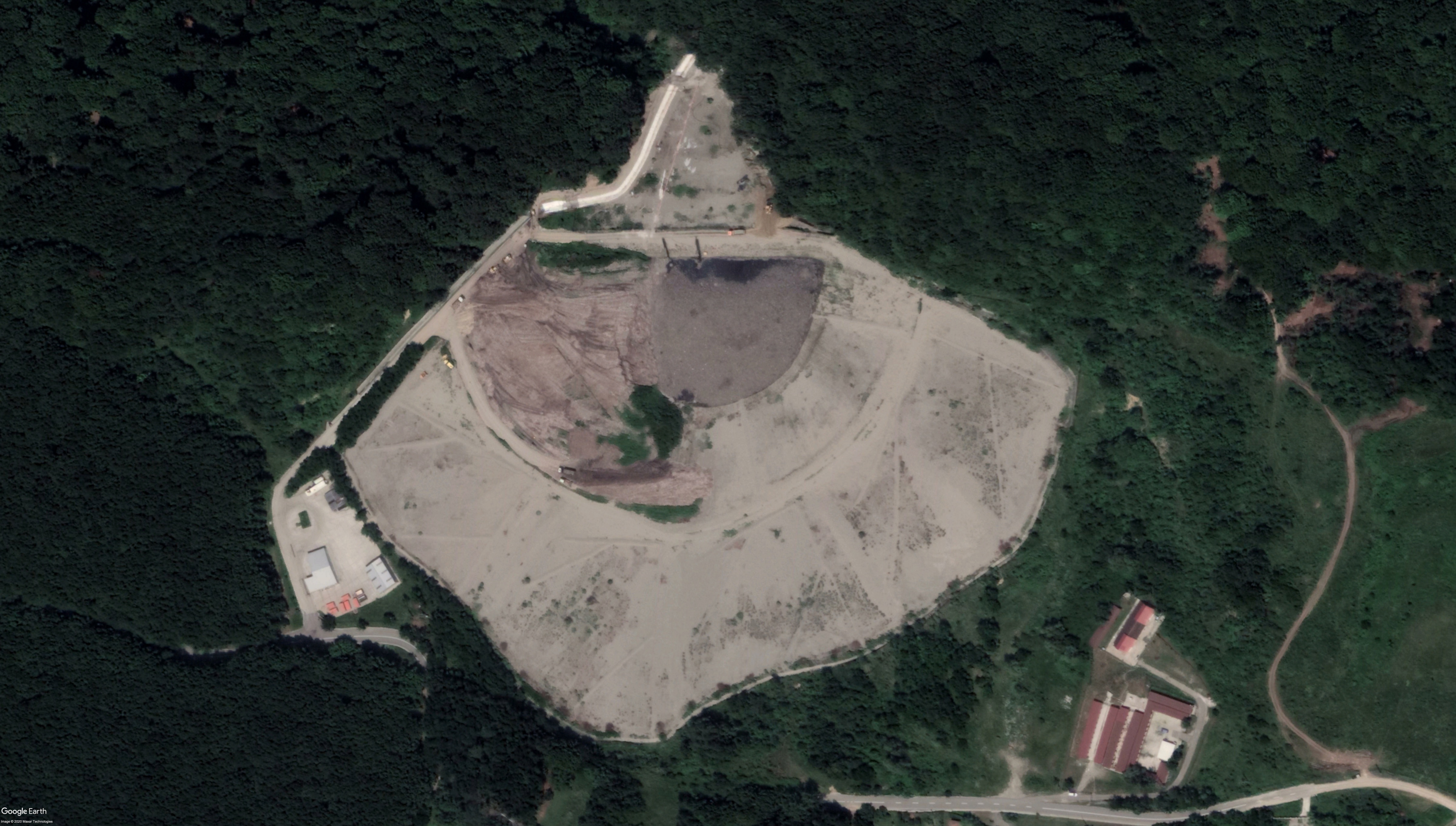
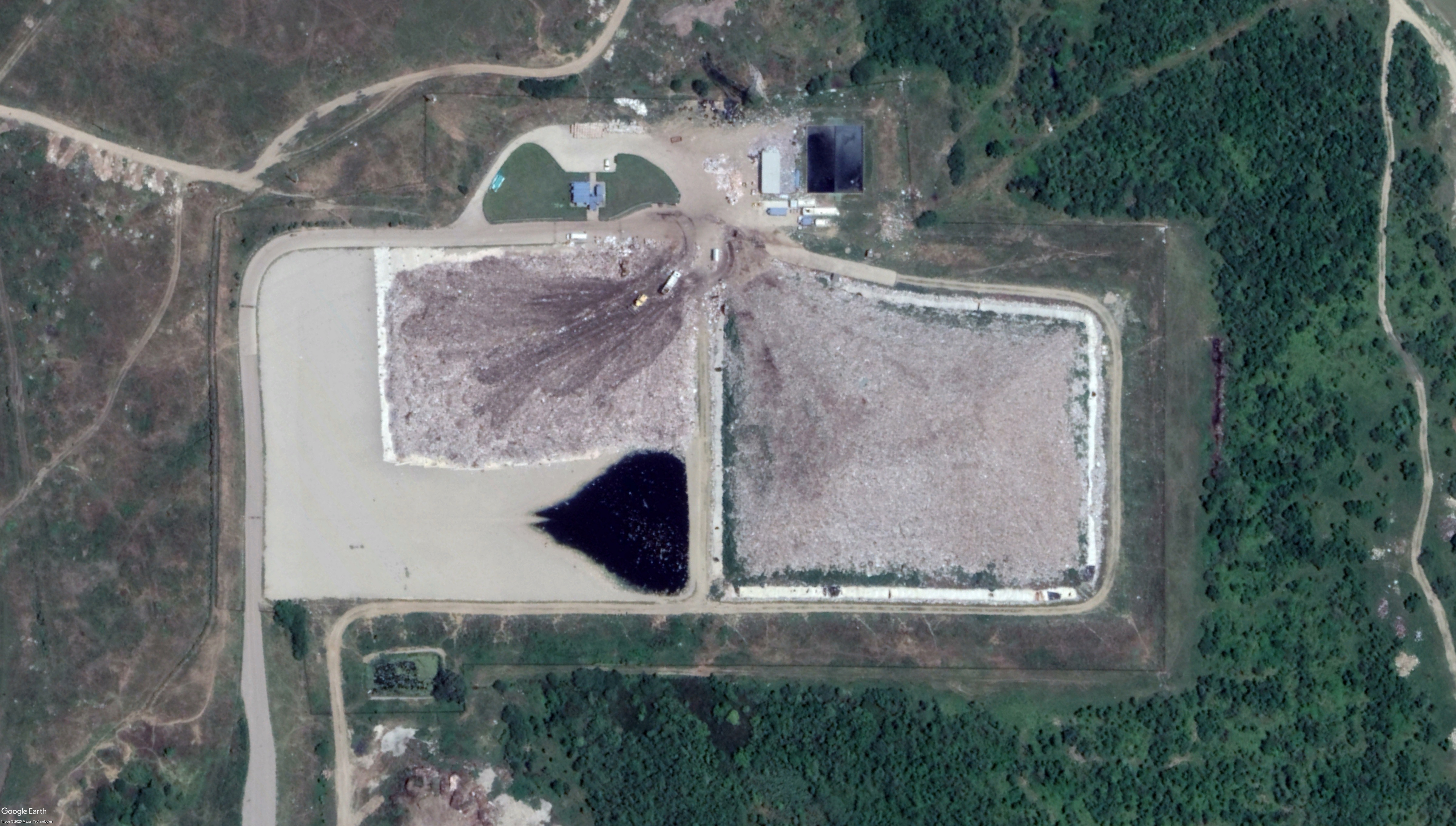


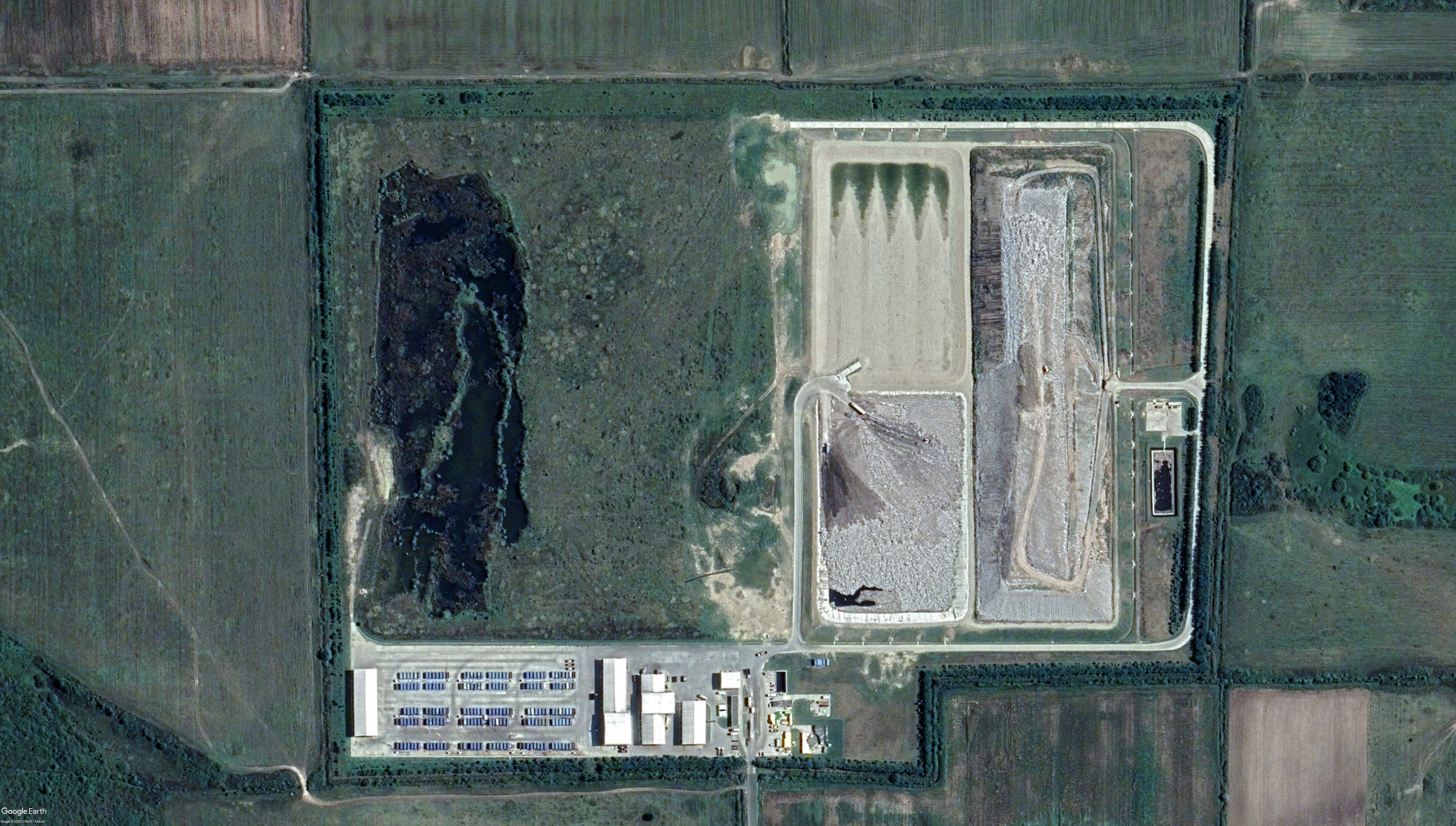
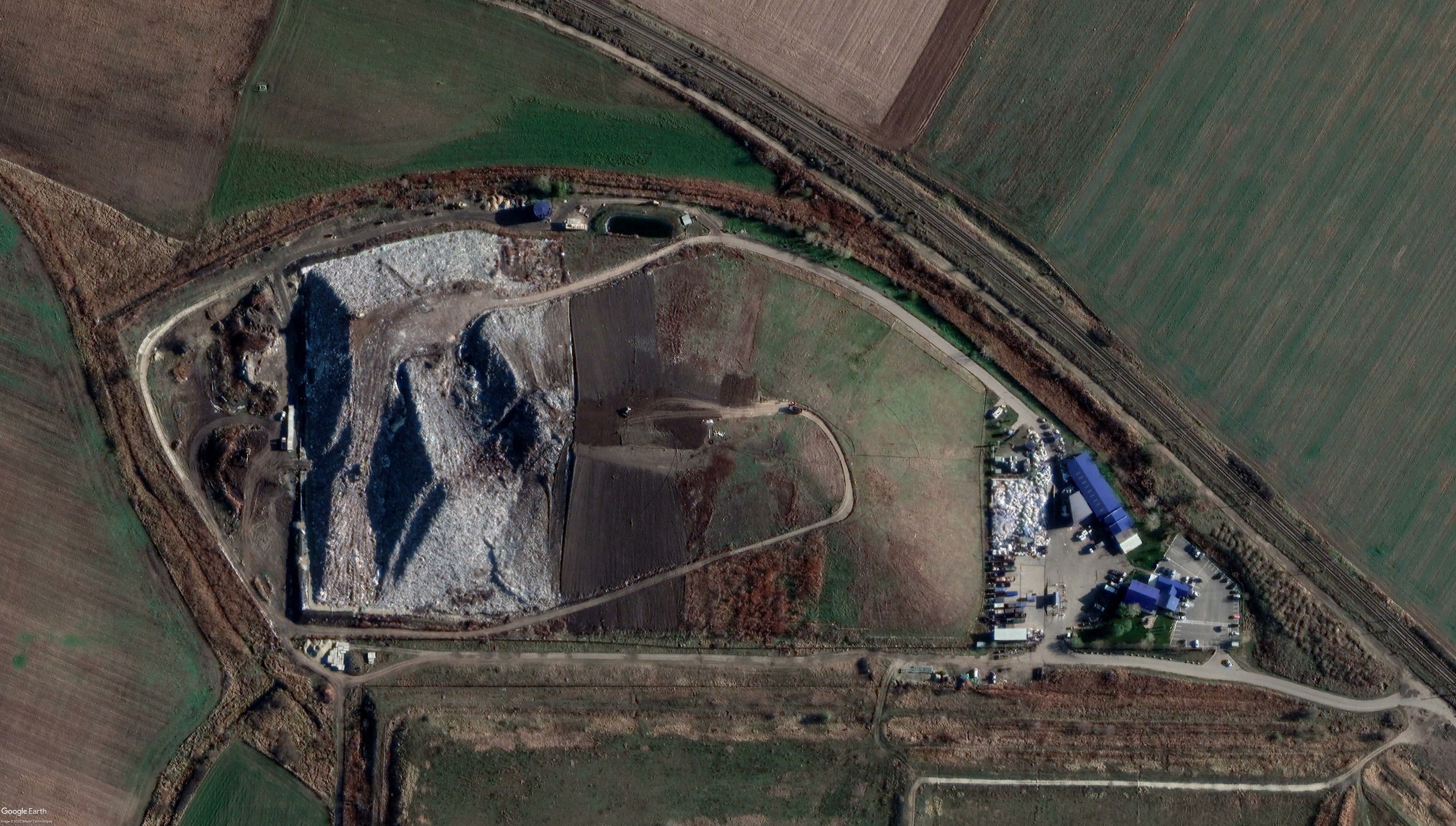

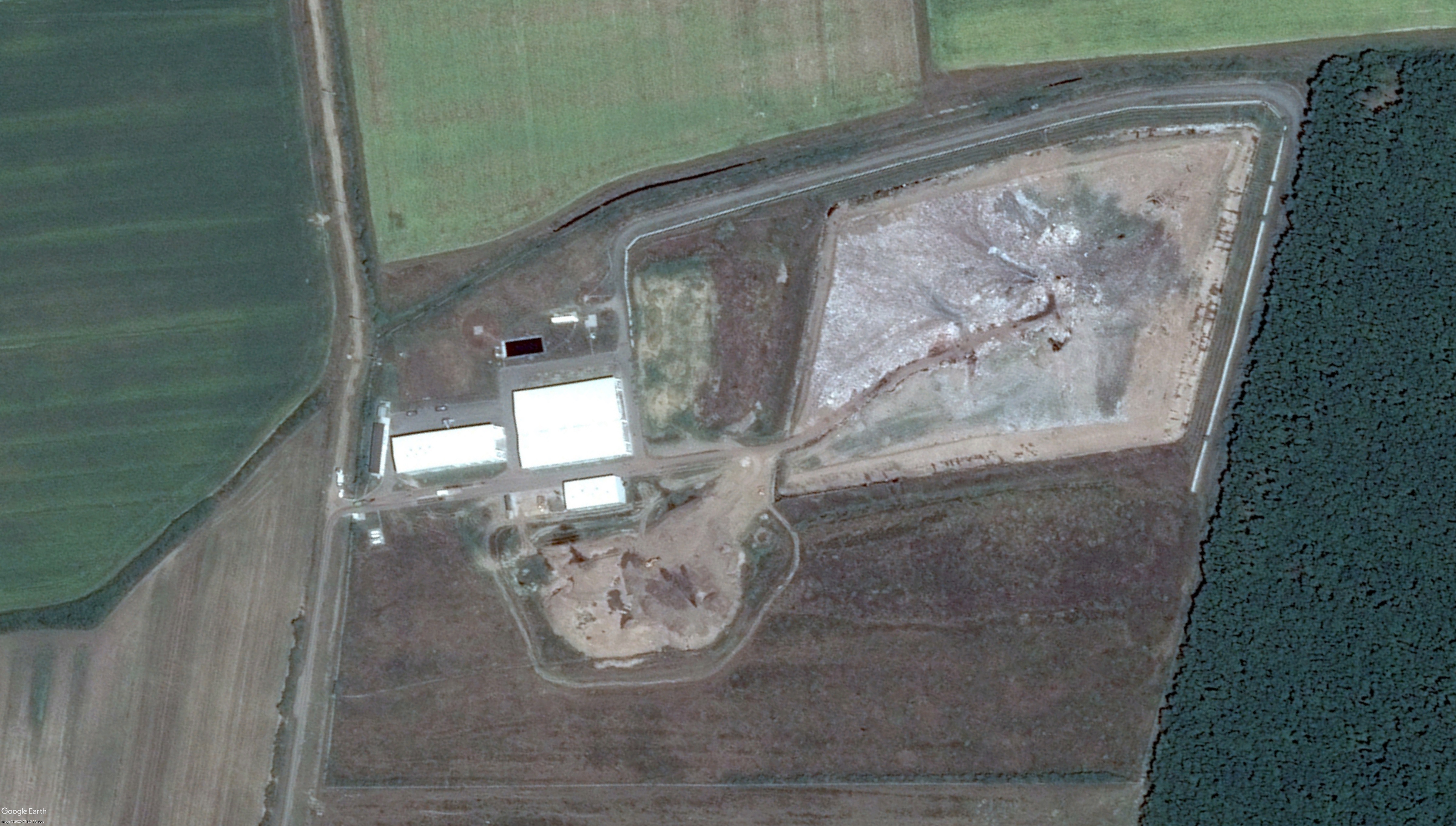
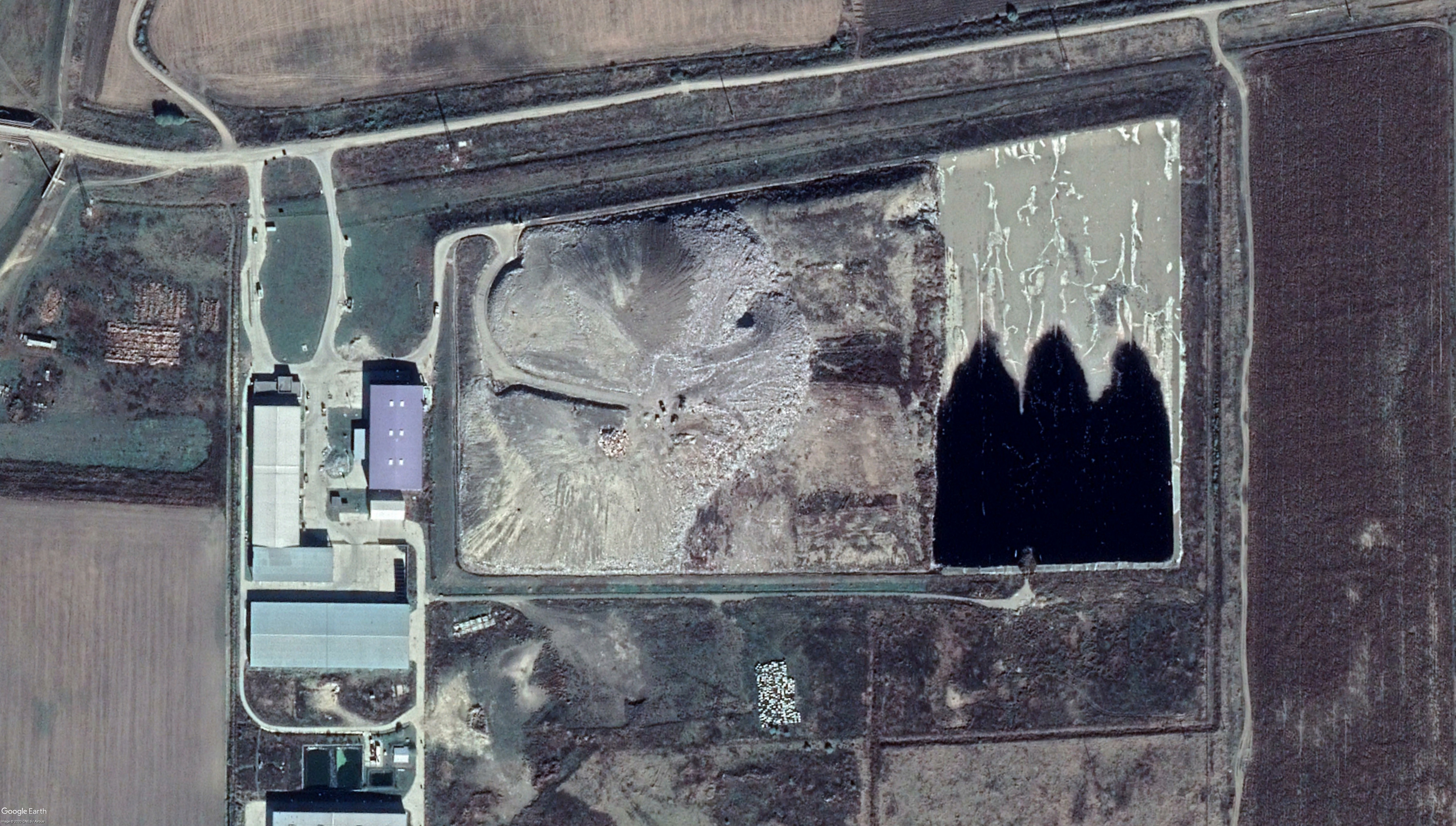
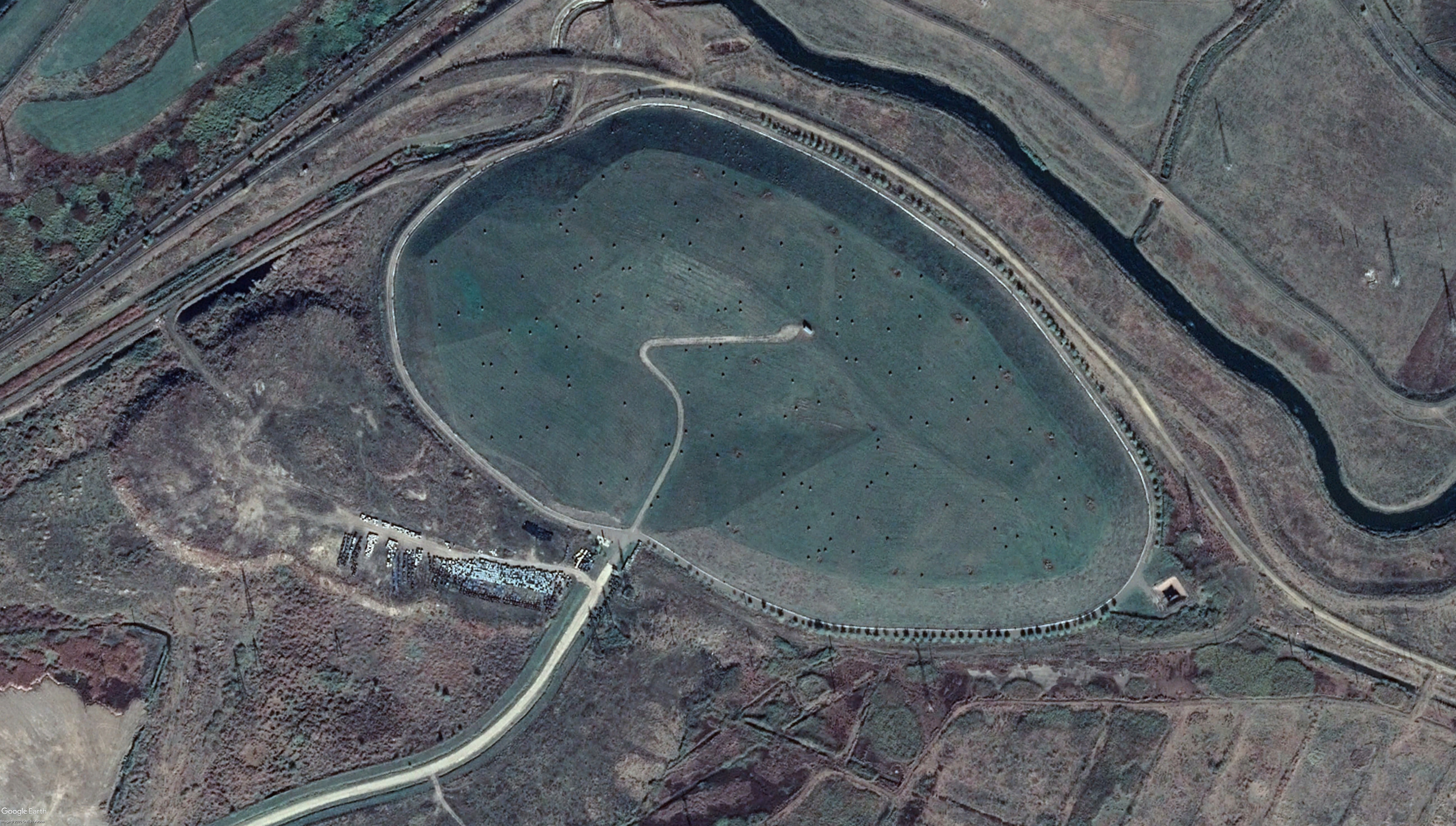

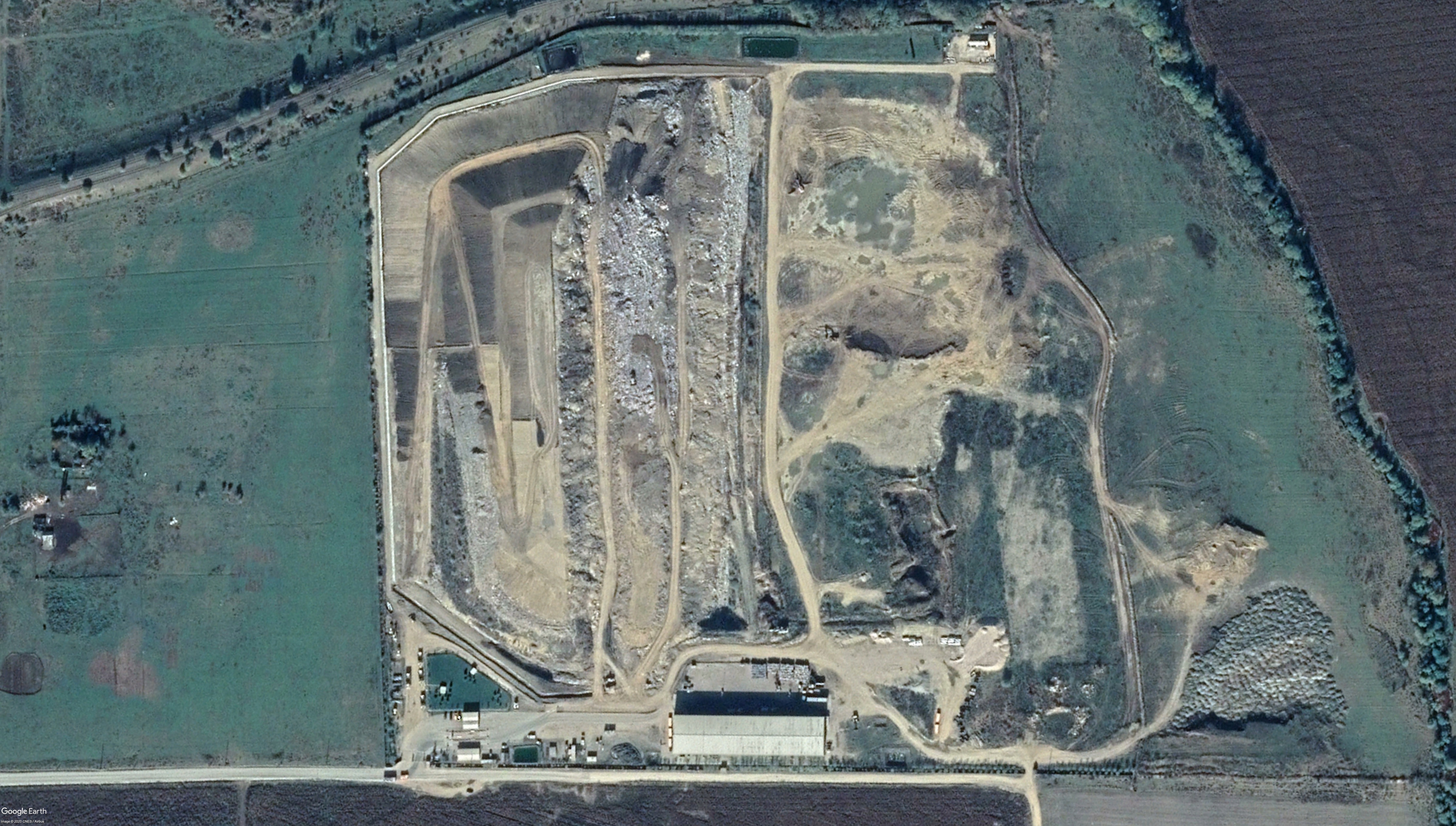
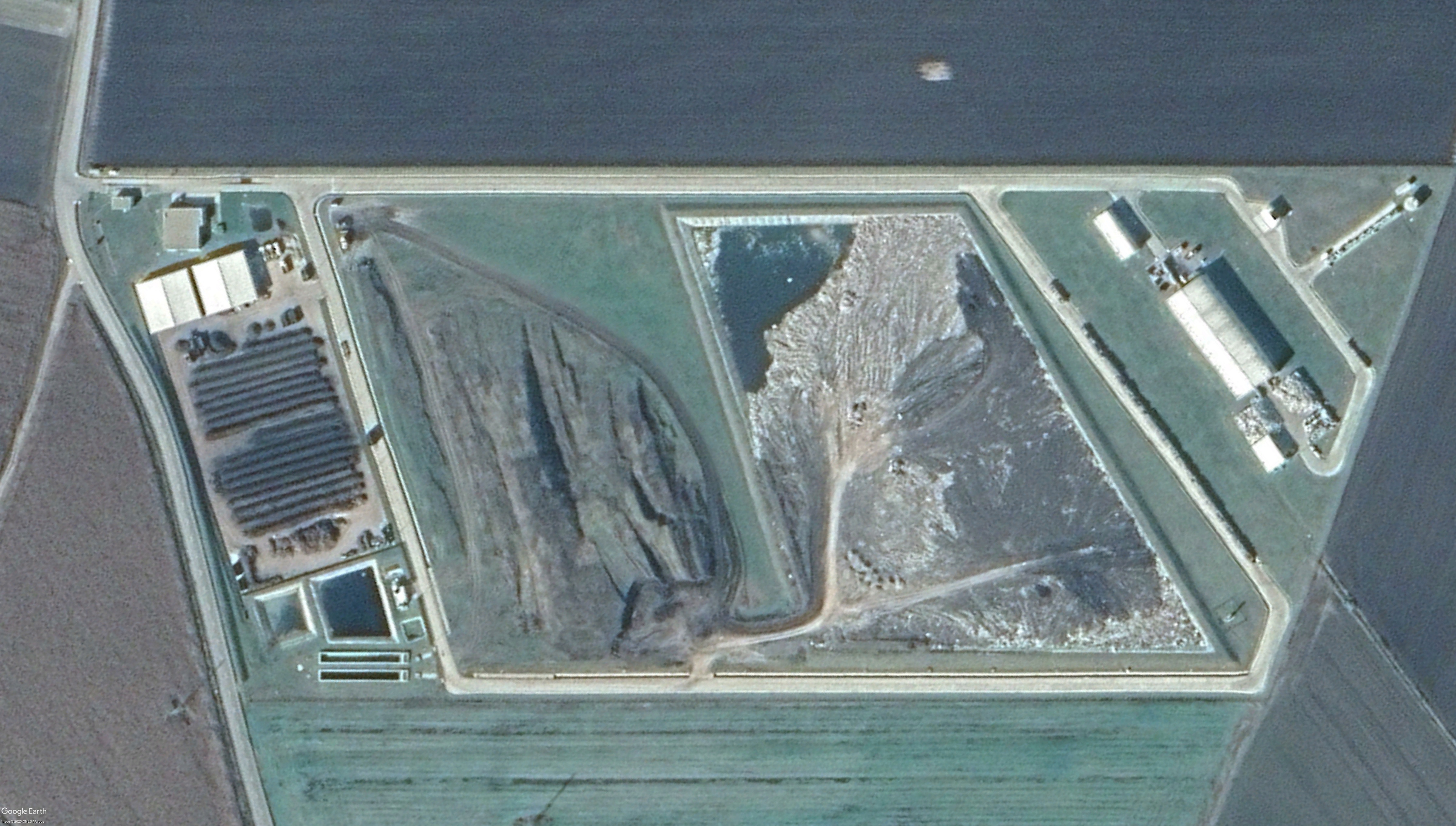
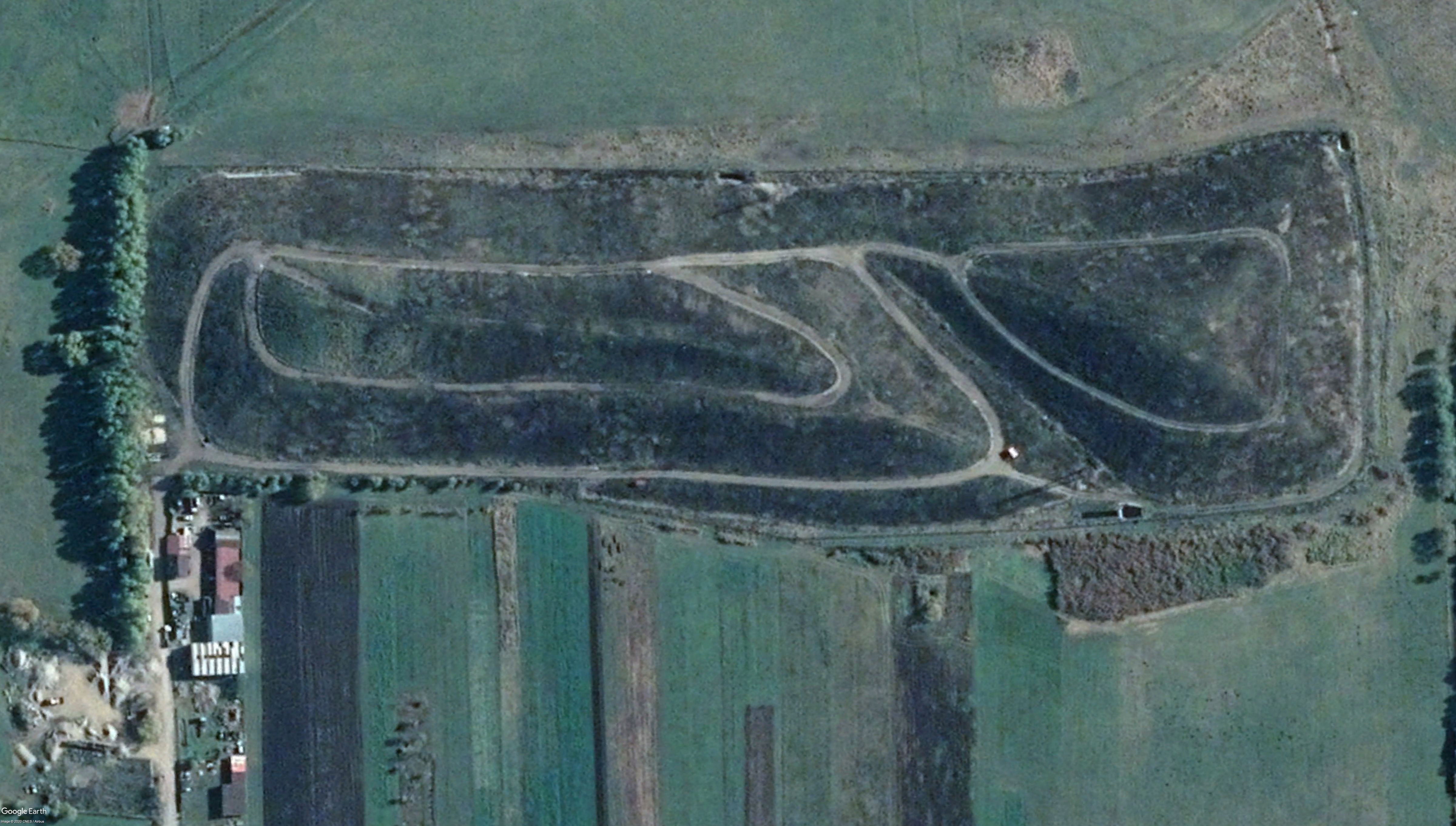
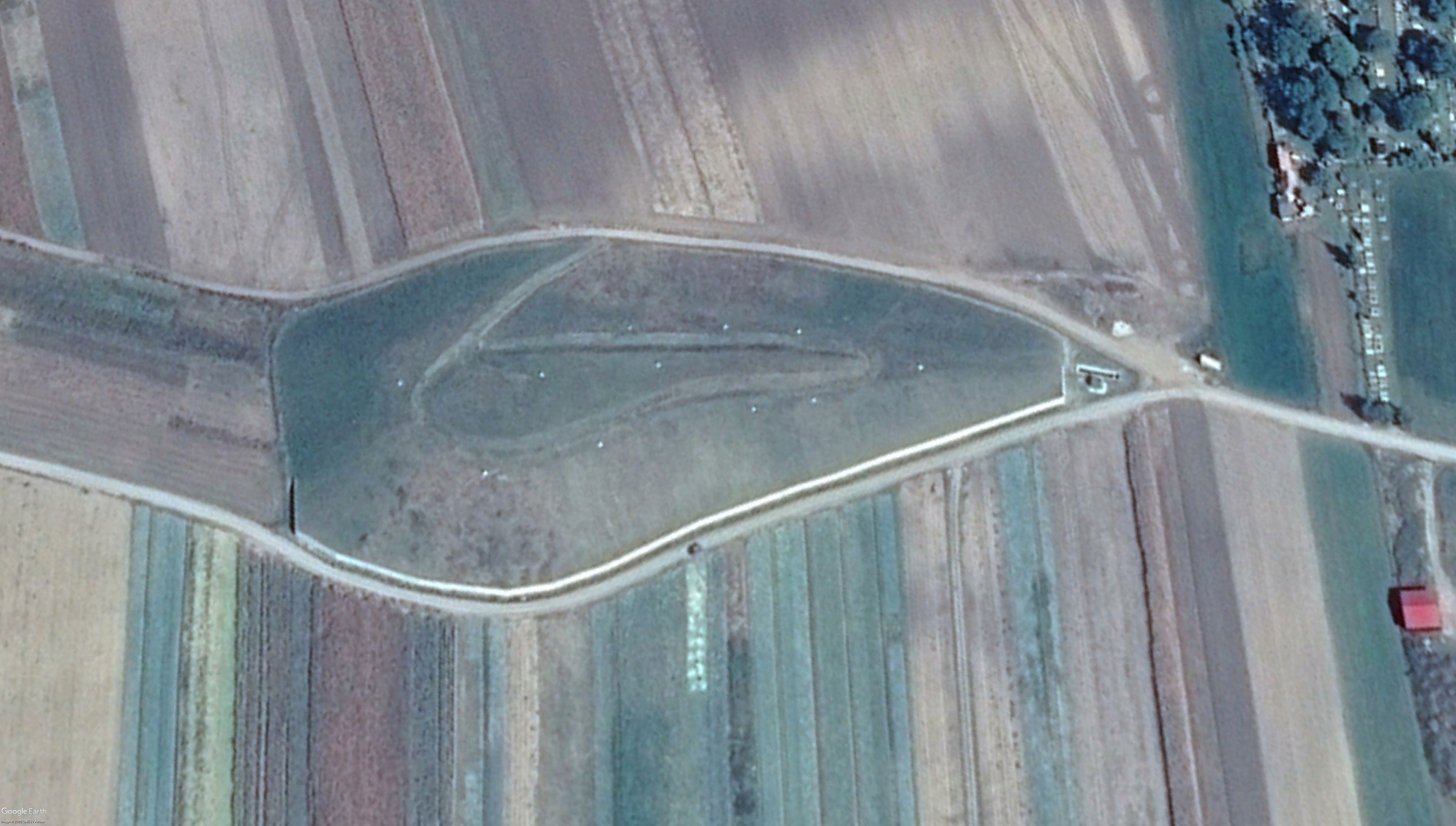
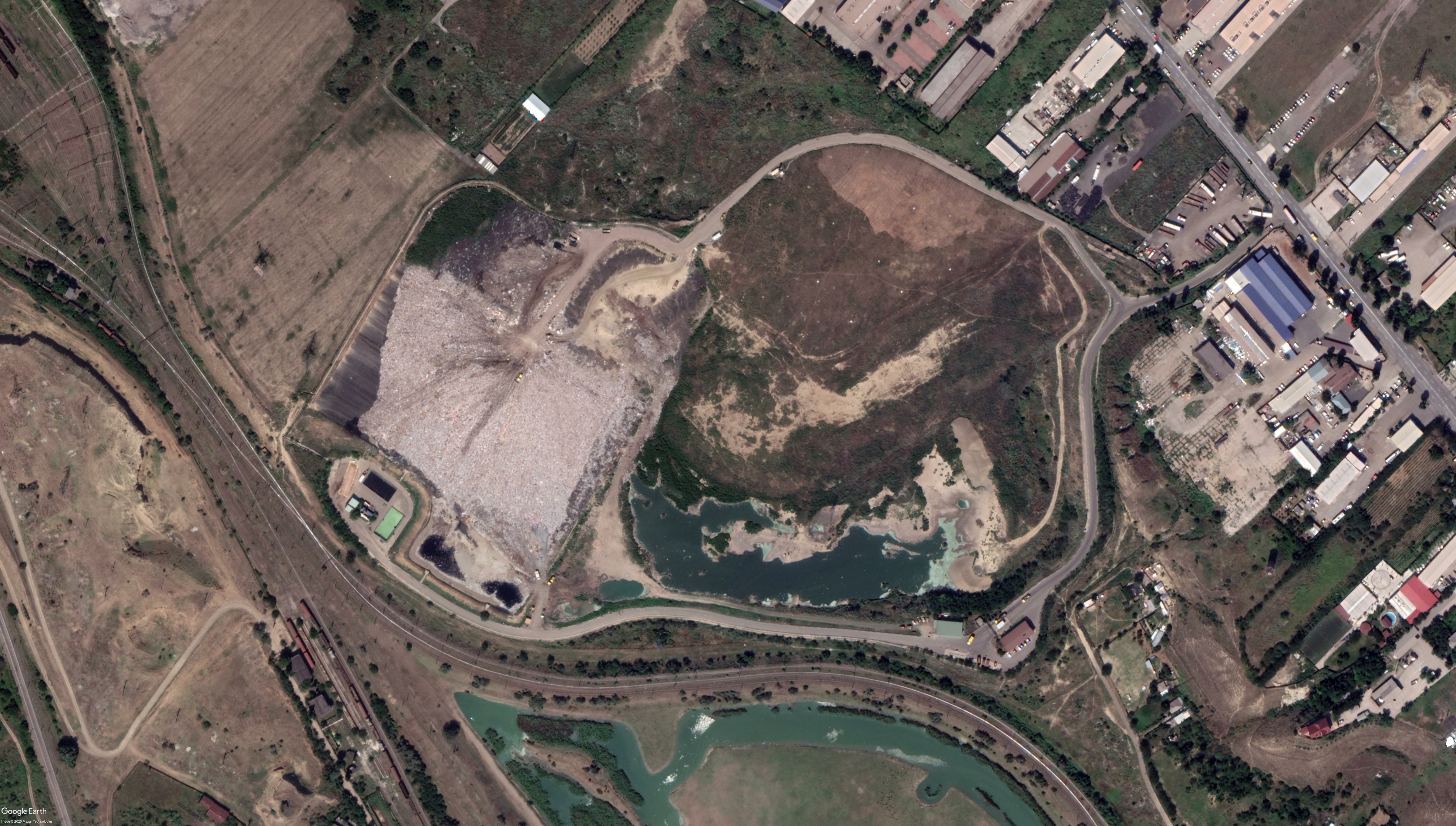

Satellite images of landfills visited in Romania
(source: google earth pro)
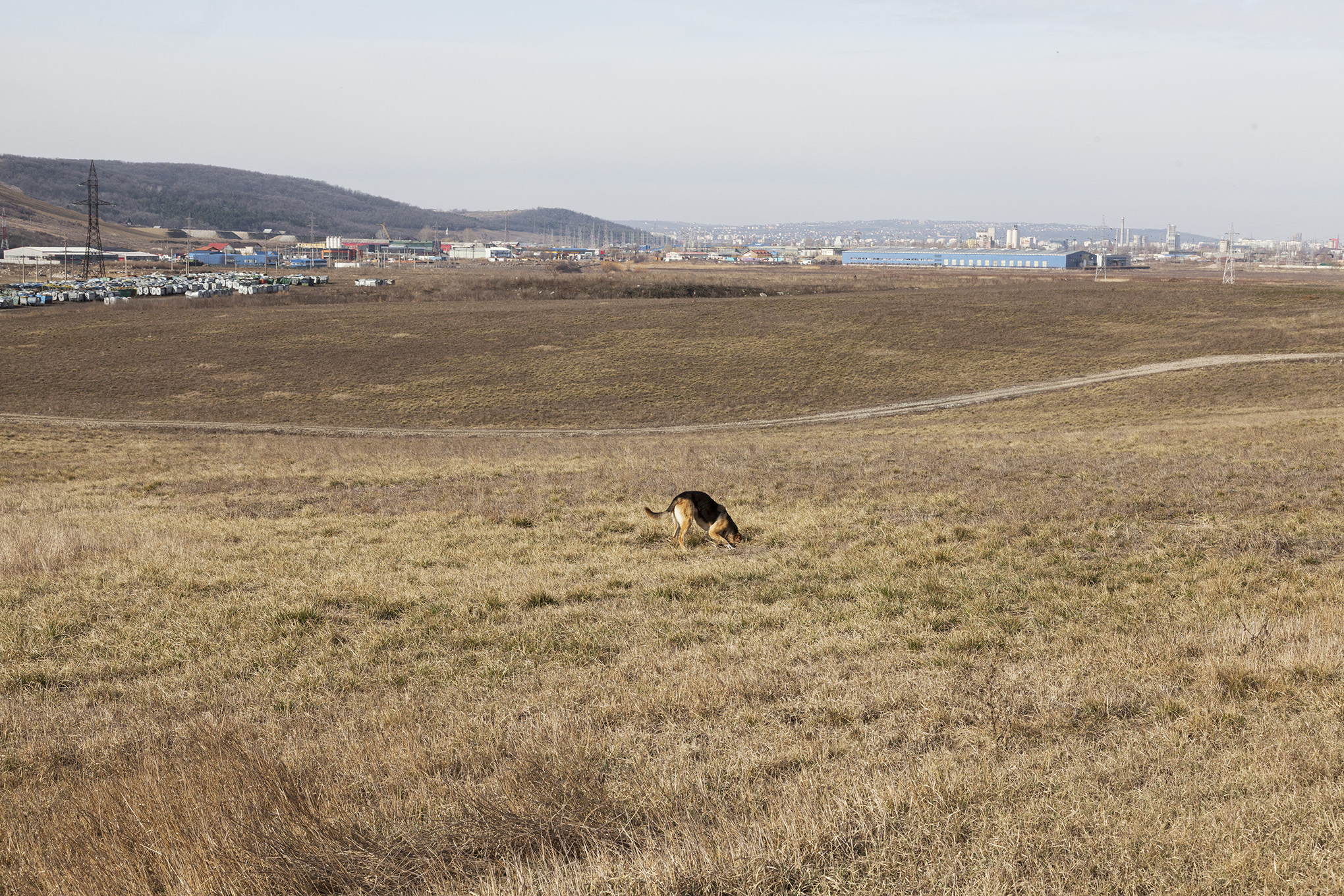
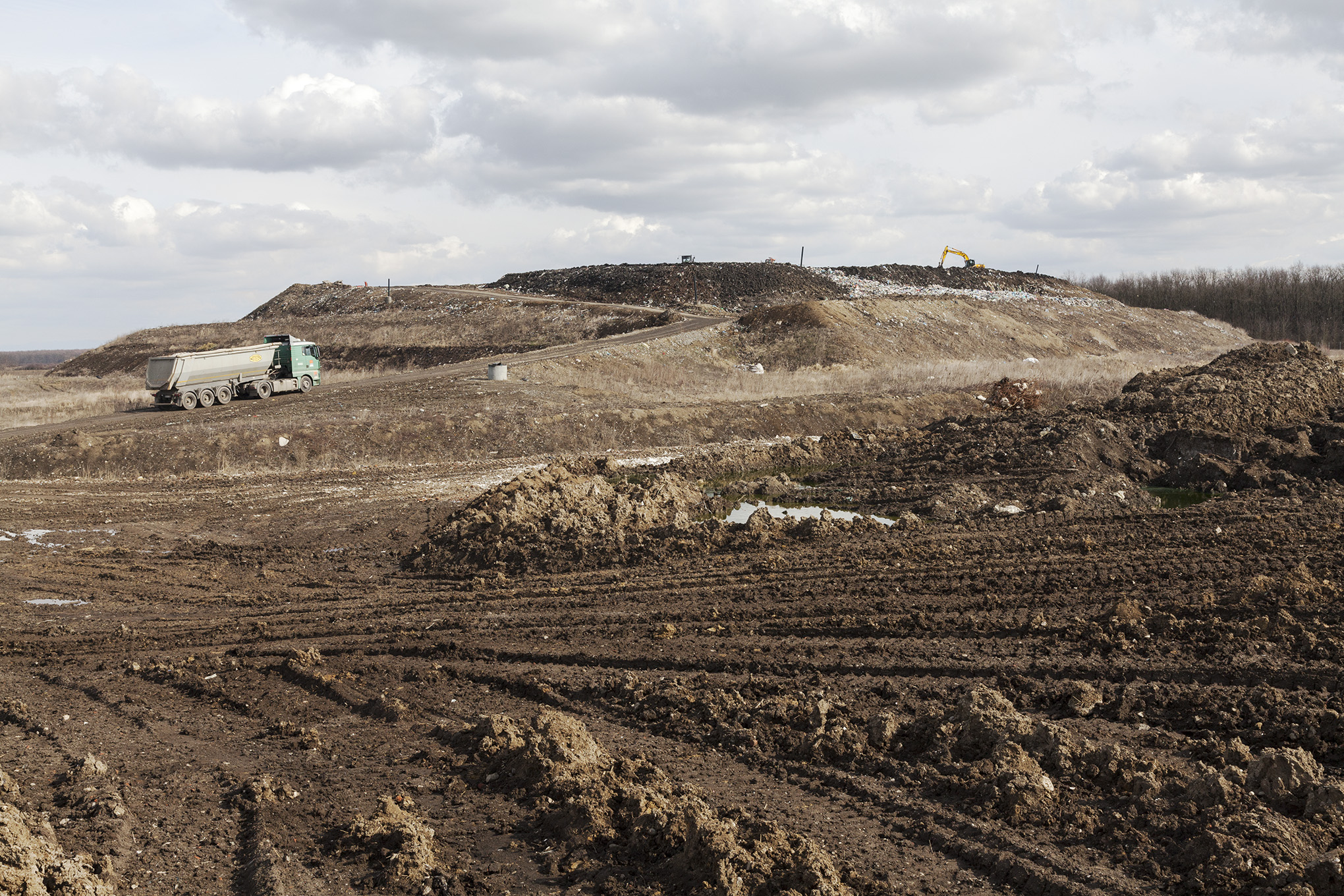

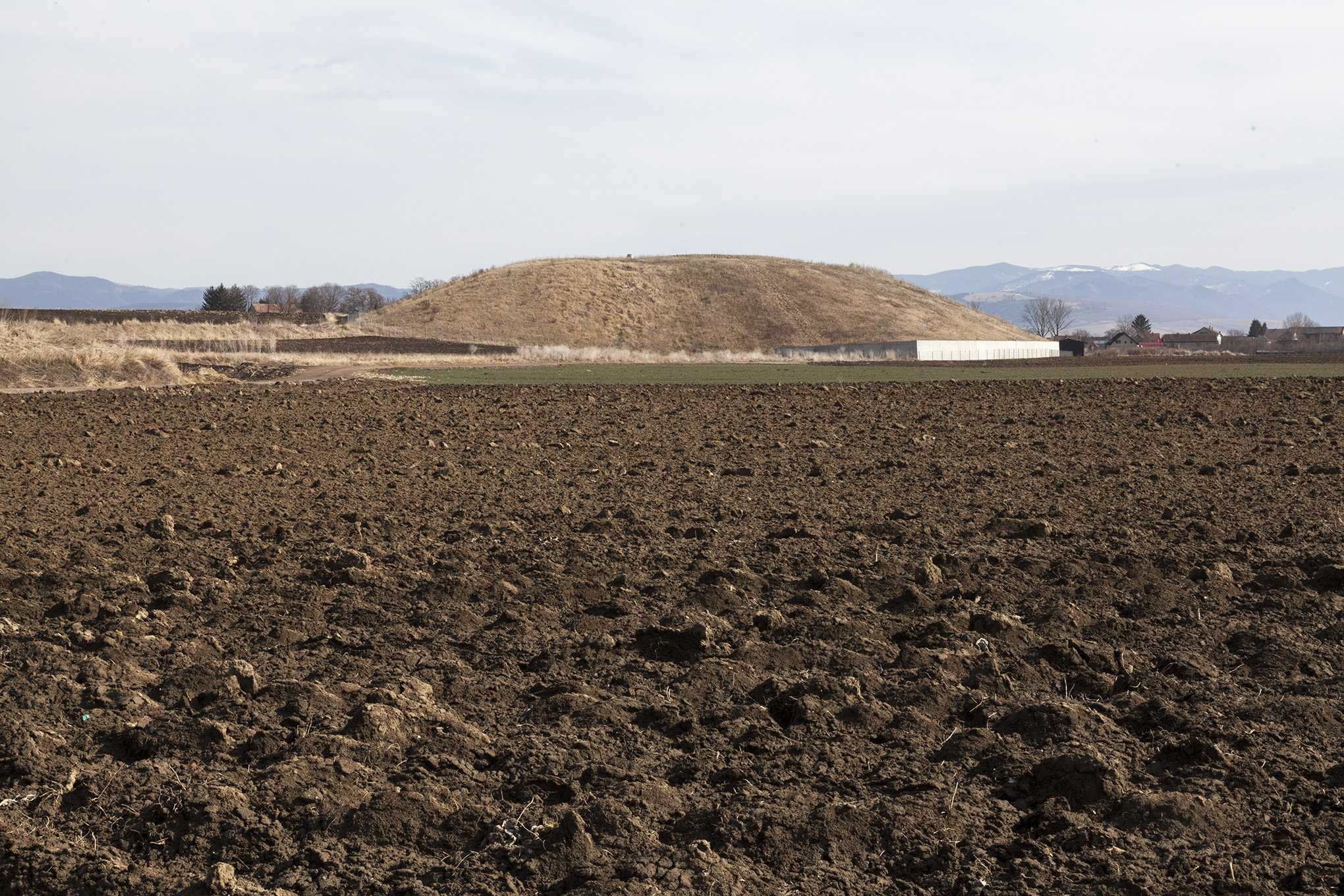
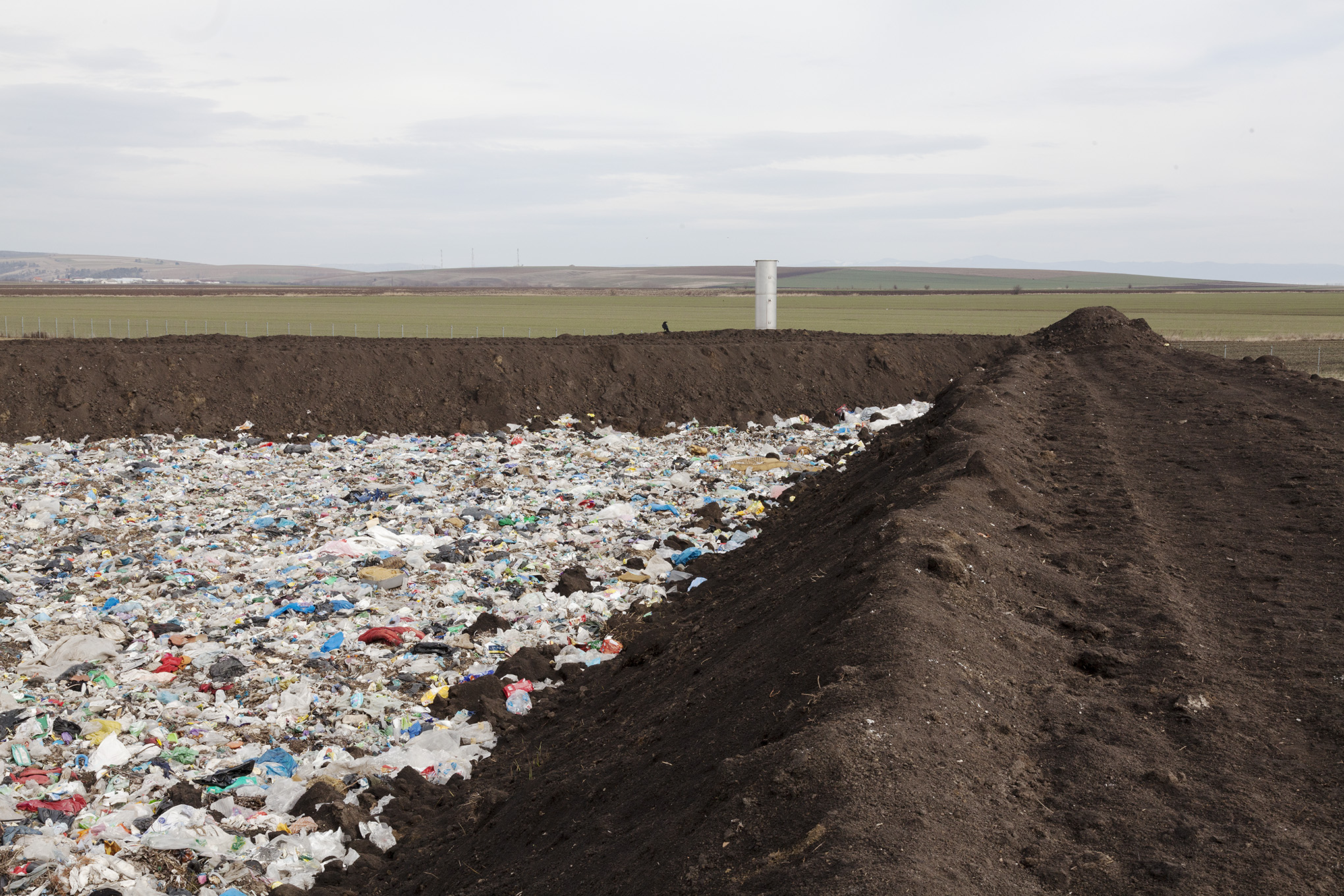
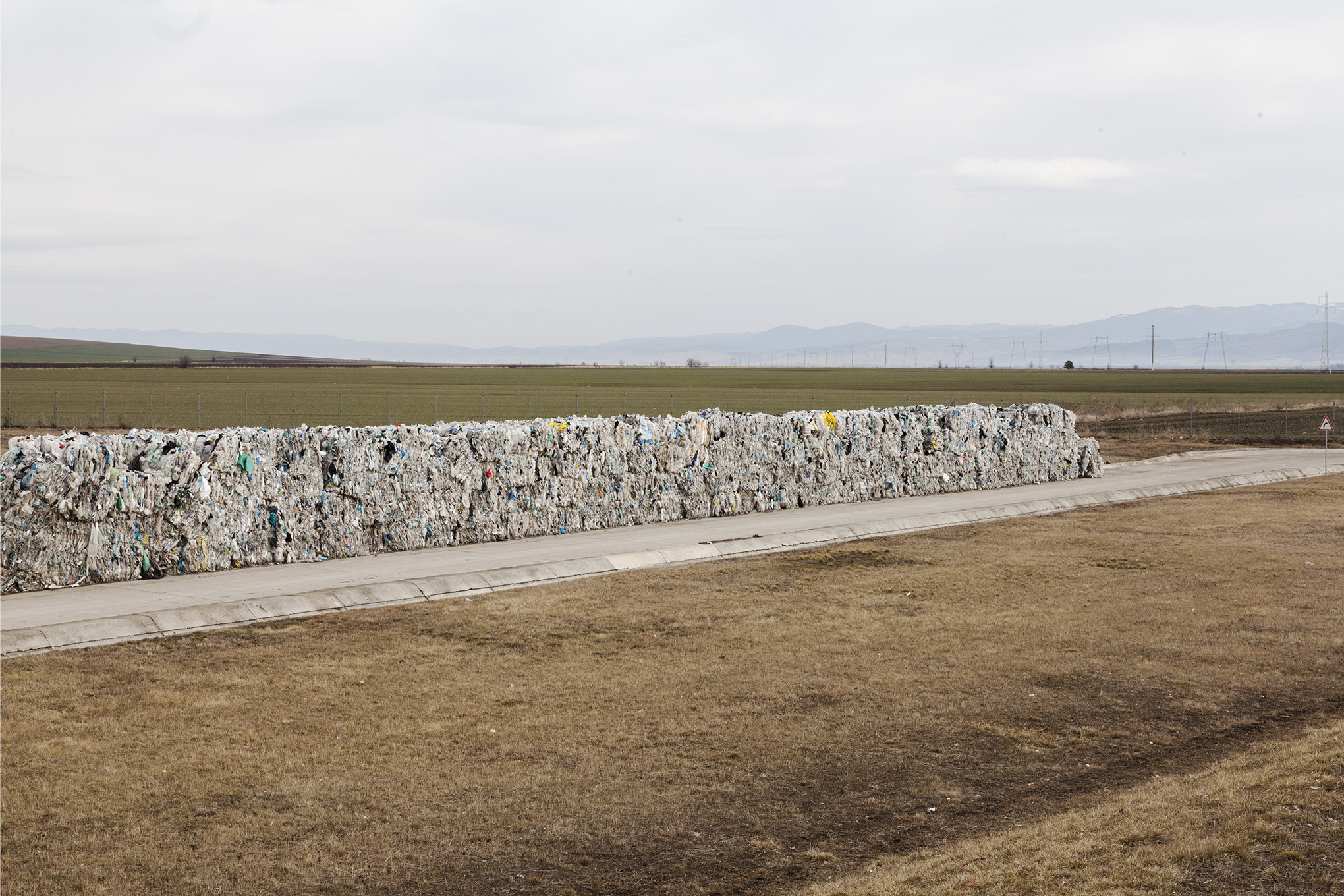
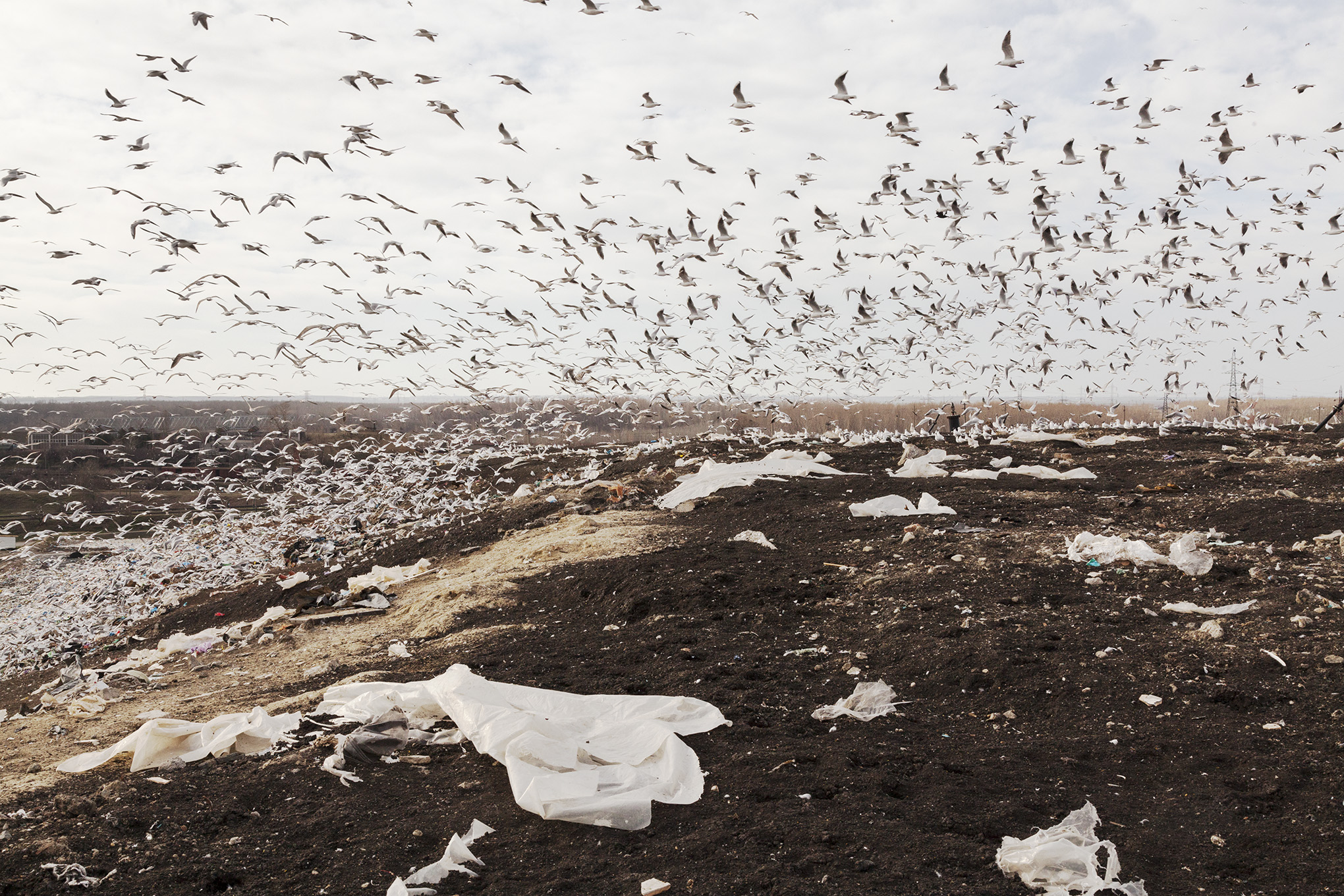
What is landfill to you?
“It is extremely complex. At a certain point in time, during the 80s, it was a slightly manageable solution –a necessary evil if you’d like– in lack of better solutions. Later it became an awful problem. The cancer of every community. Landfill puts pressure both on the local communities living around it as well as on the natural ecosystems. On the other hand it’s also a useful resource. We will end up mining those landfills. Sooner or later. Because we are exhausting natural resources. For raw materials we will have to look back at what we’ve already got. We will use them as a resource because we will have no other choice.”
Oriana Irimia, environmental consultant (Romania)
“It is extremely complex. At a certain point in time, during the 80s, it was a slightly manageable solution –a necessary evil if you’d like– in lack of better solutions. Later it became an awful problem. The cancer of every community. Landfill puts pressure both on the local communities living around it as well as on the natural ecosystems. On the other hand it’s also a useful resource. We will end up mining those landfills. Sooner or later. Because we are exhausting natural resources. For raw materials we will have to look back at what we’ve already got. We will use them as a resource because we will have no other choice.”
Oriana Irimia, environmental consultant (Romania)
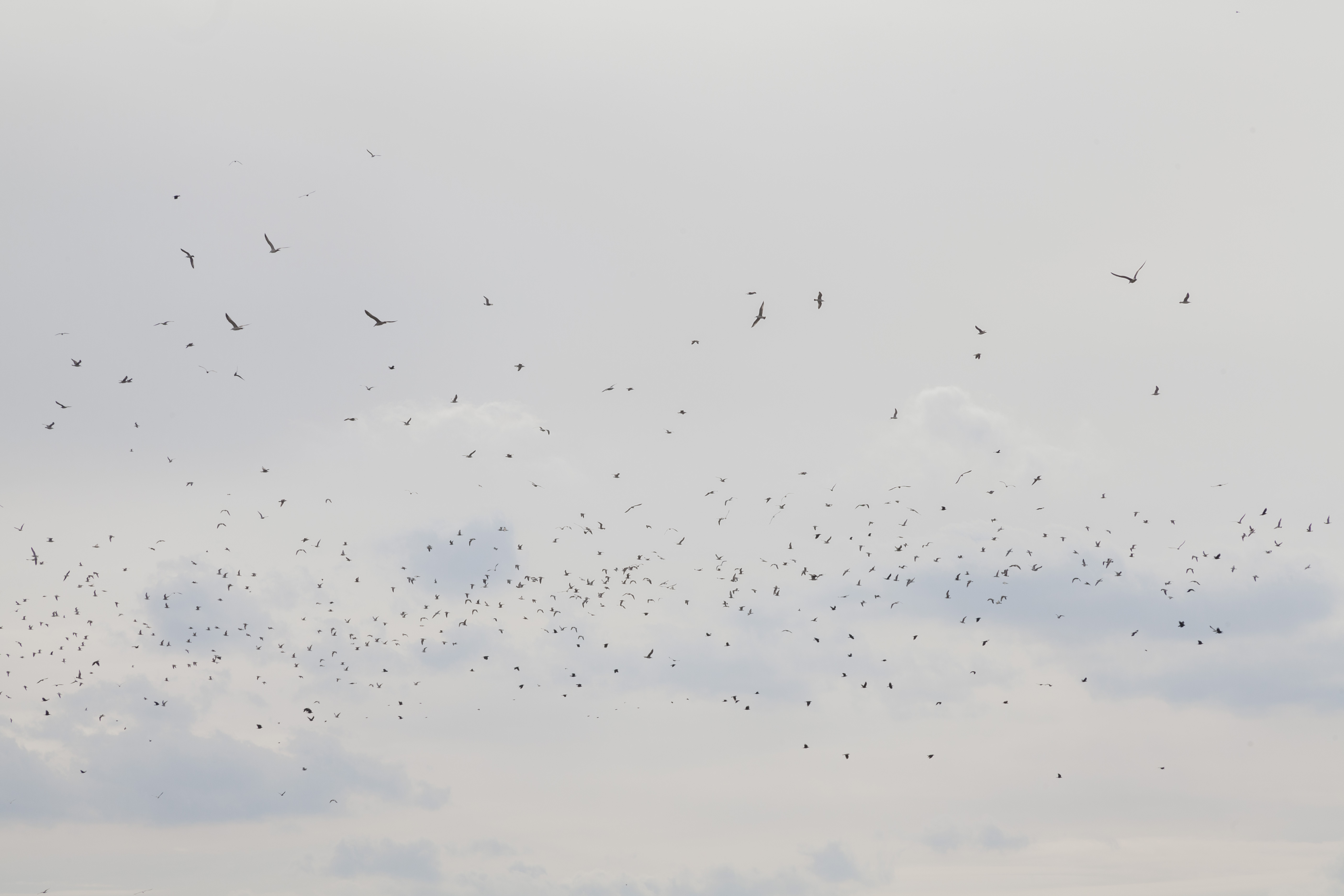


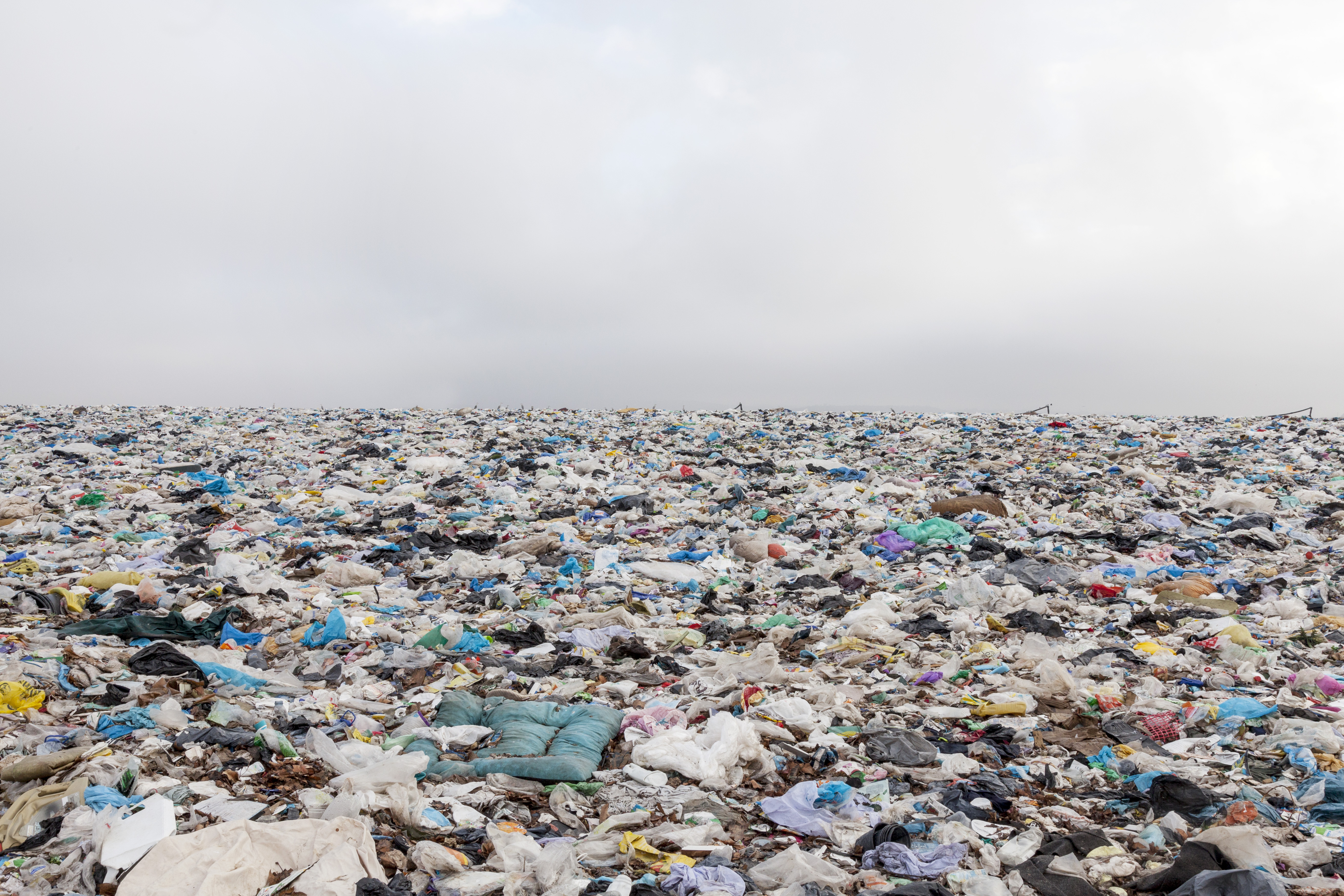
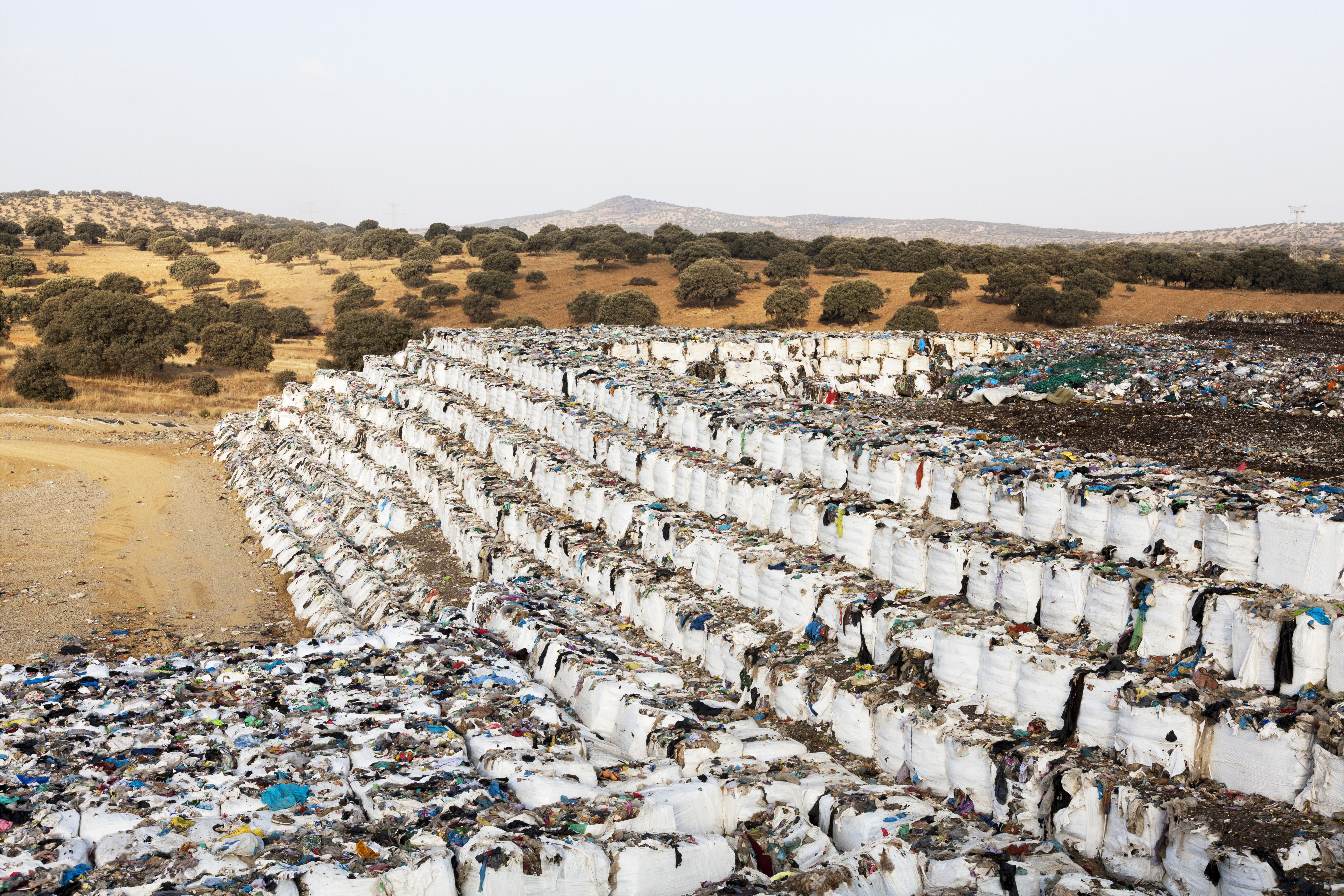
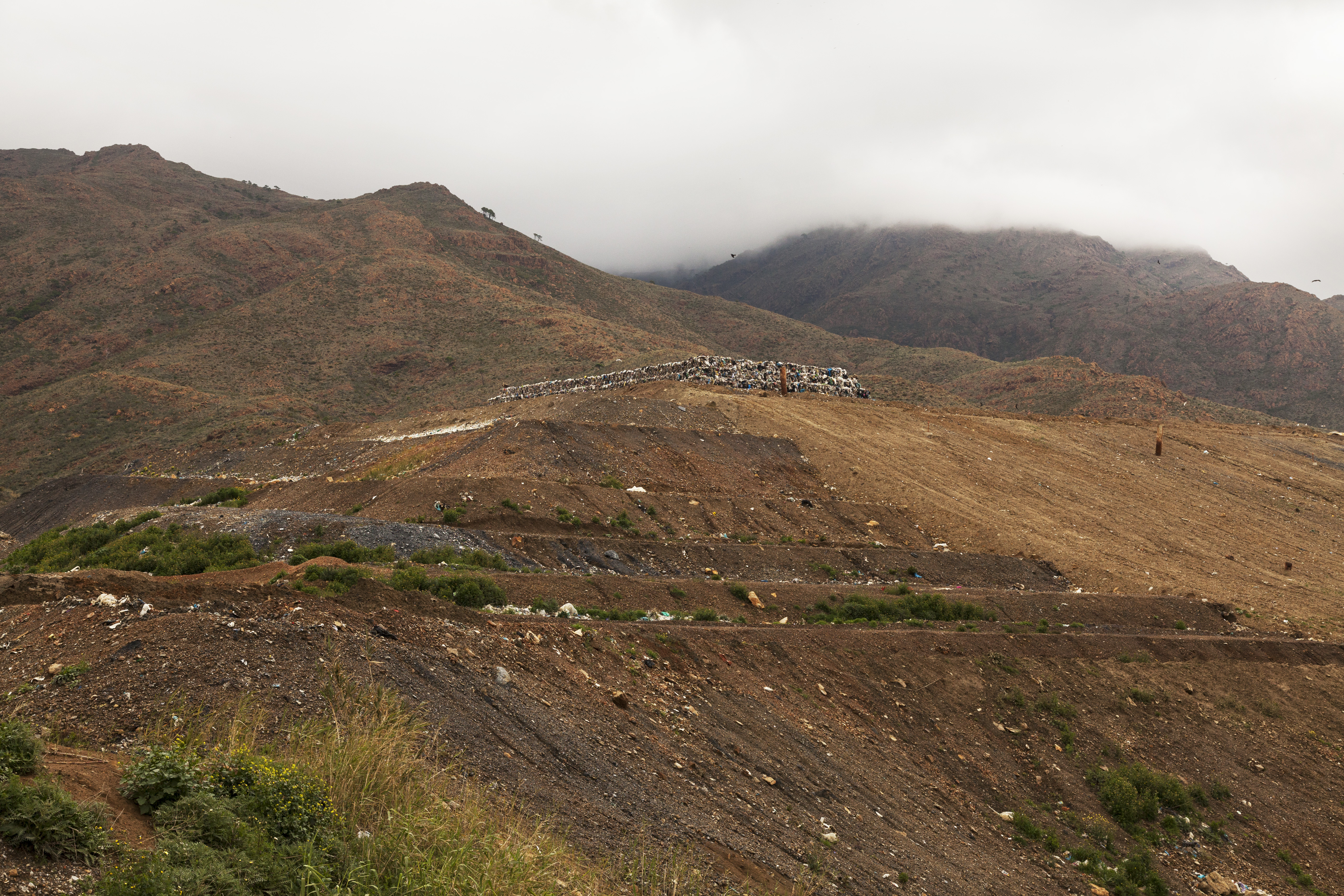
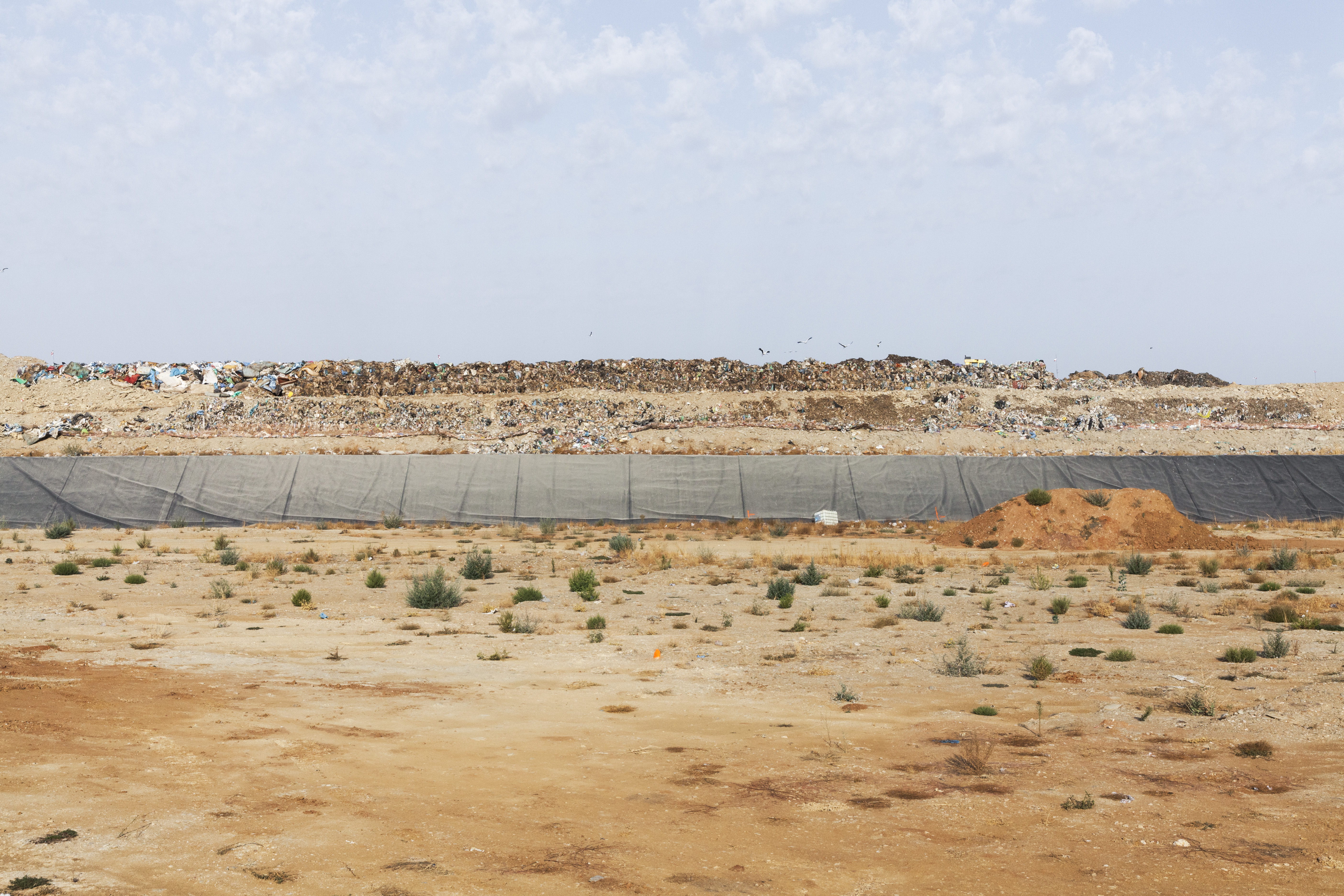
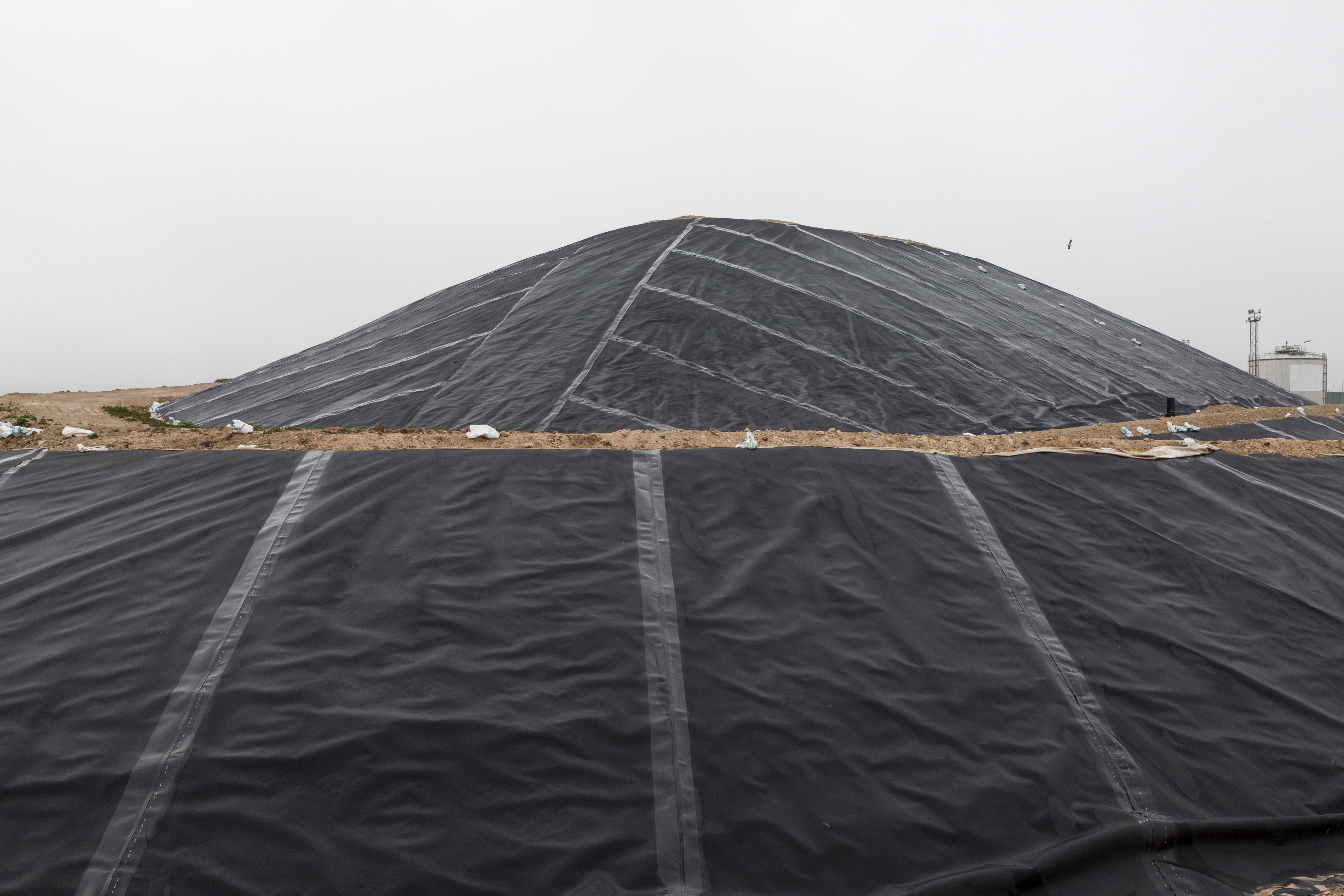
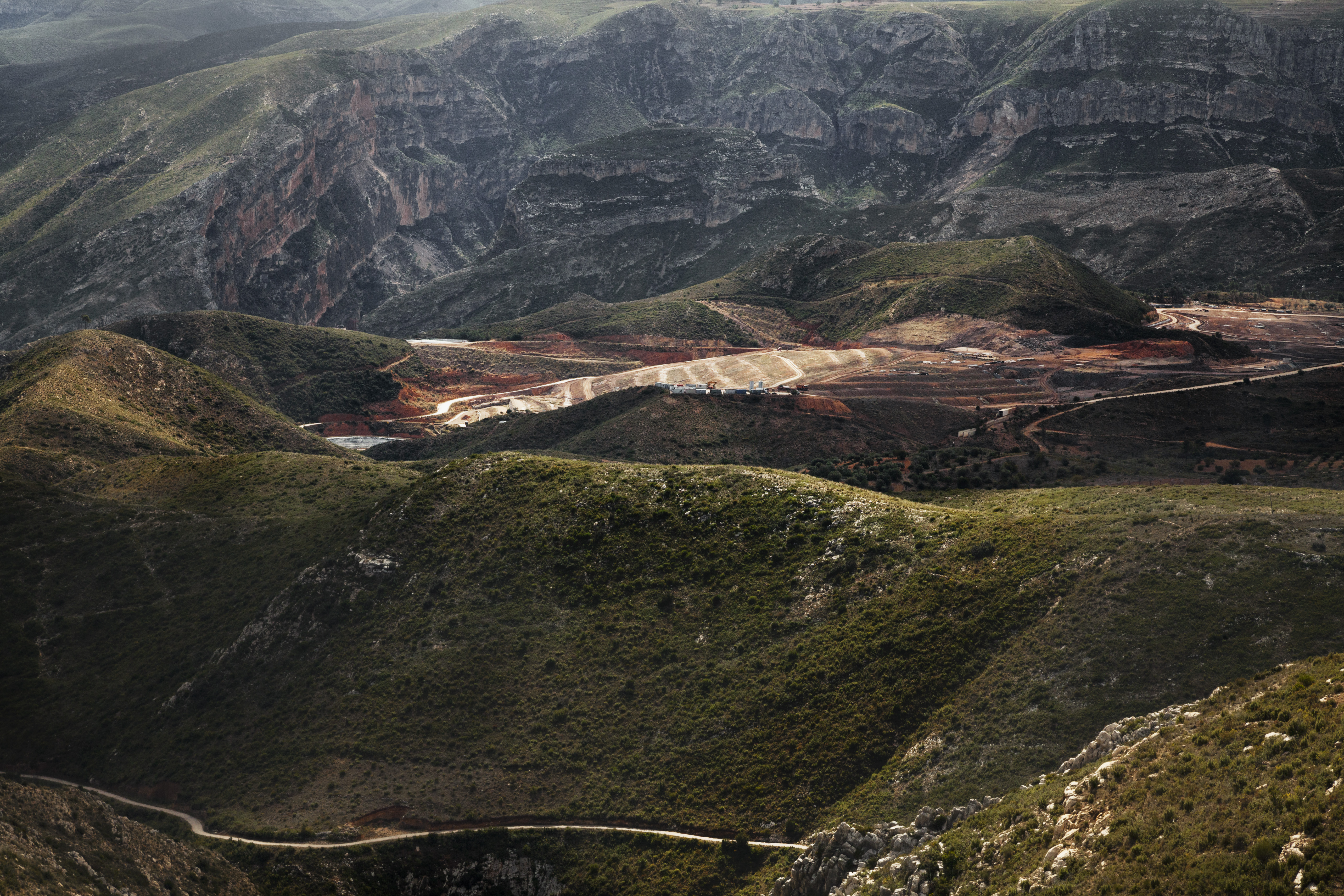
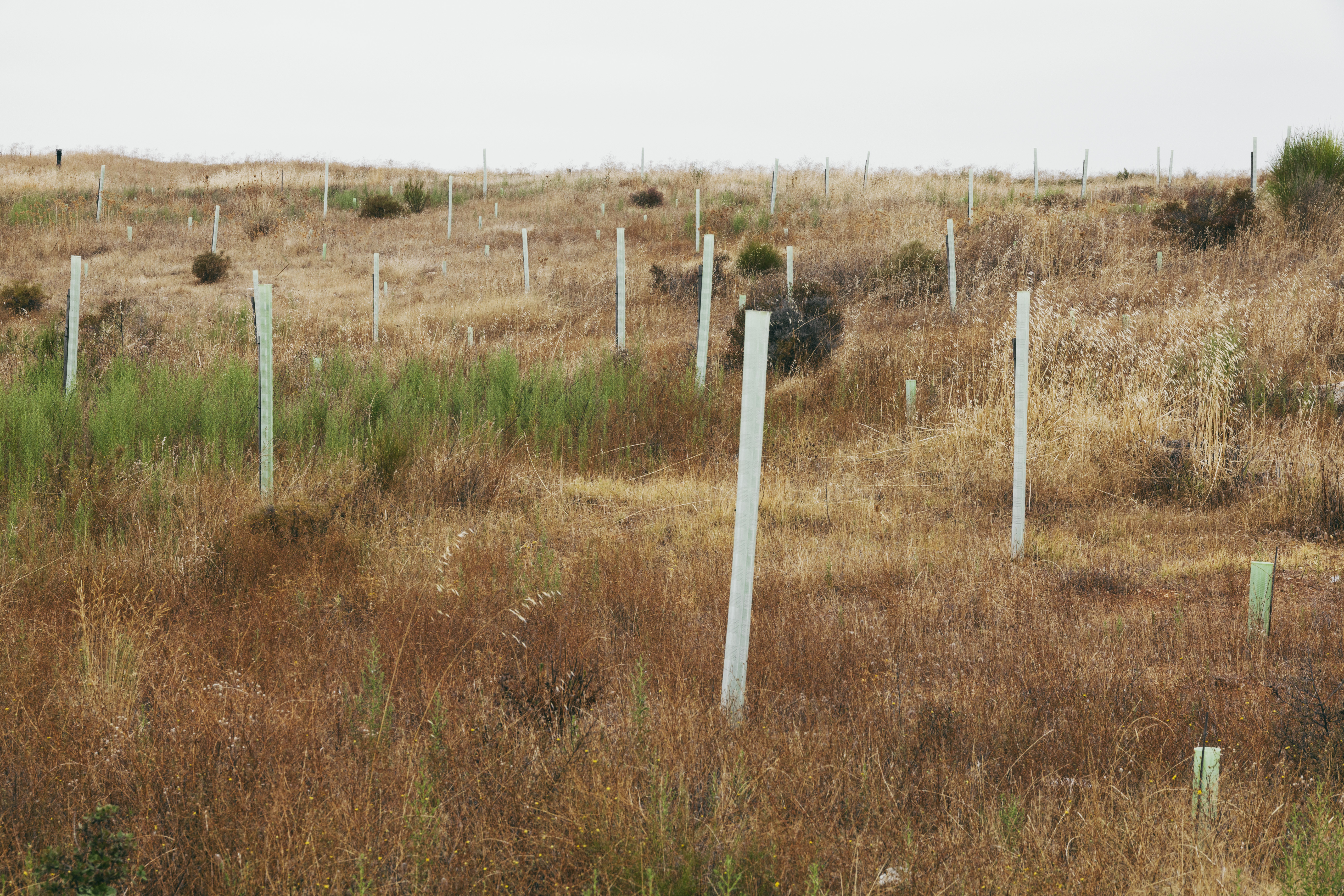
“There are many different ways of disposing of waste. Burying it in the ground, known as landfilling, is the least environmentally sustainable option and should be kept to the absolute minimum”

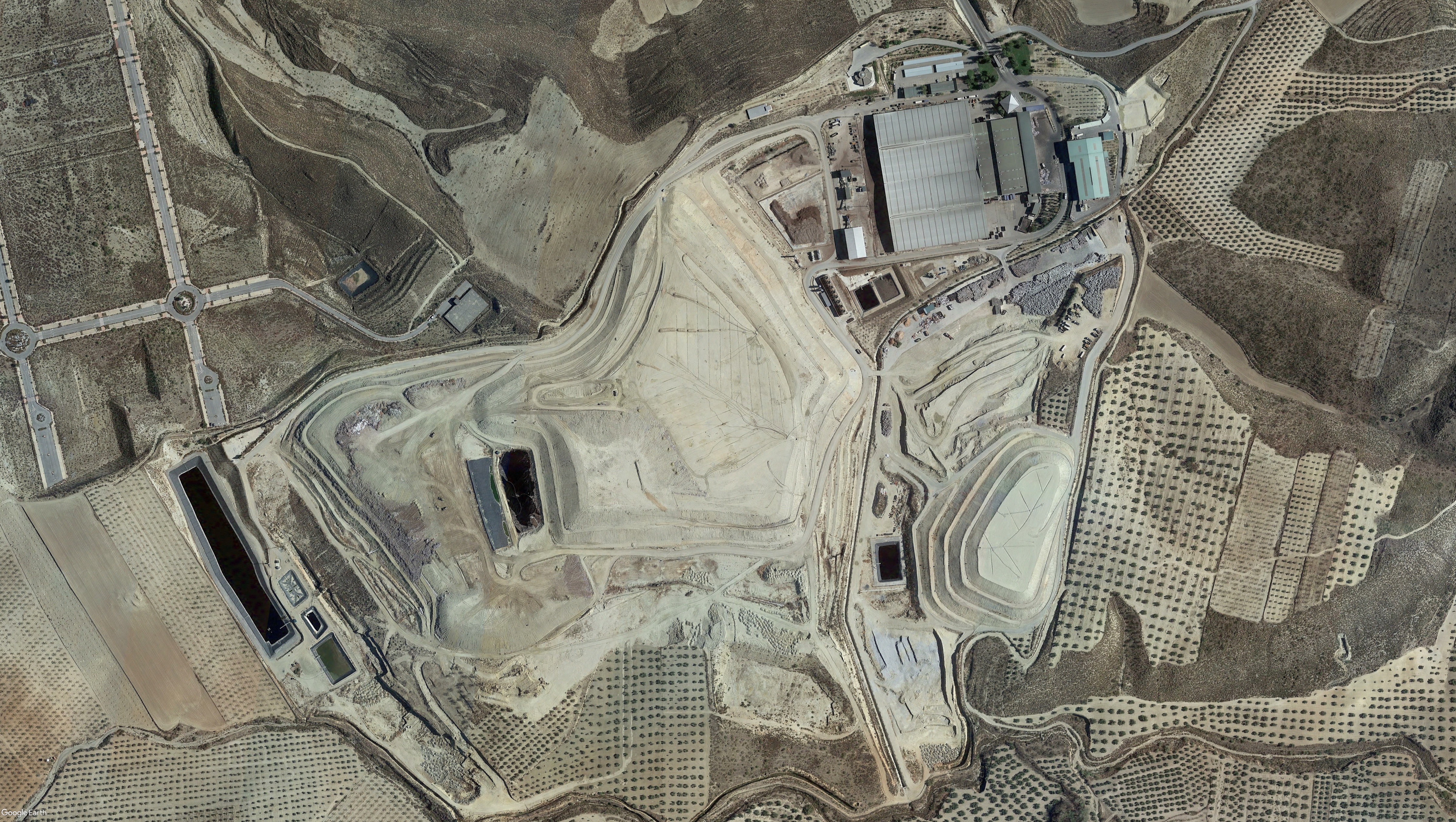
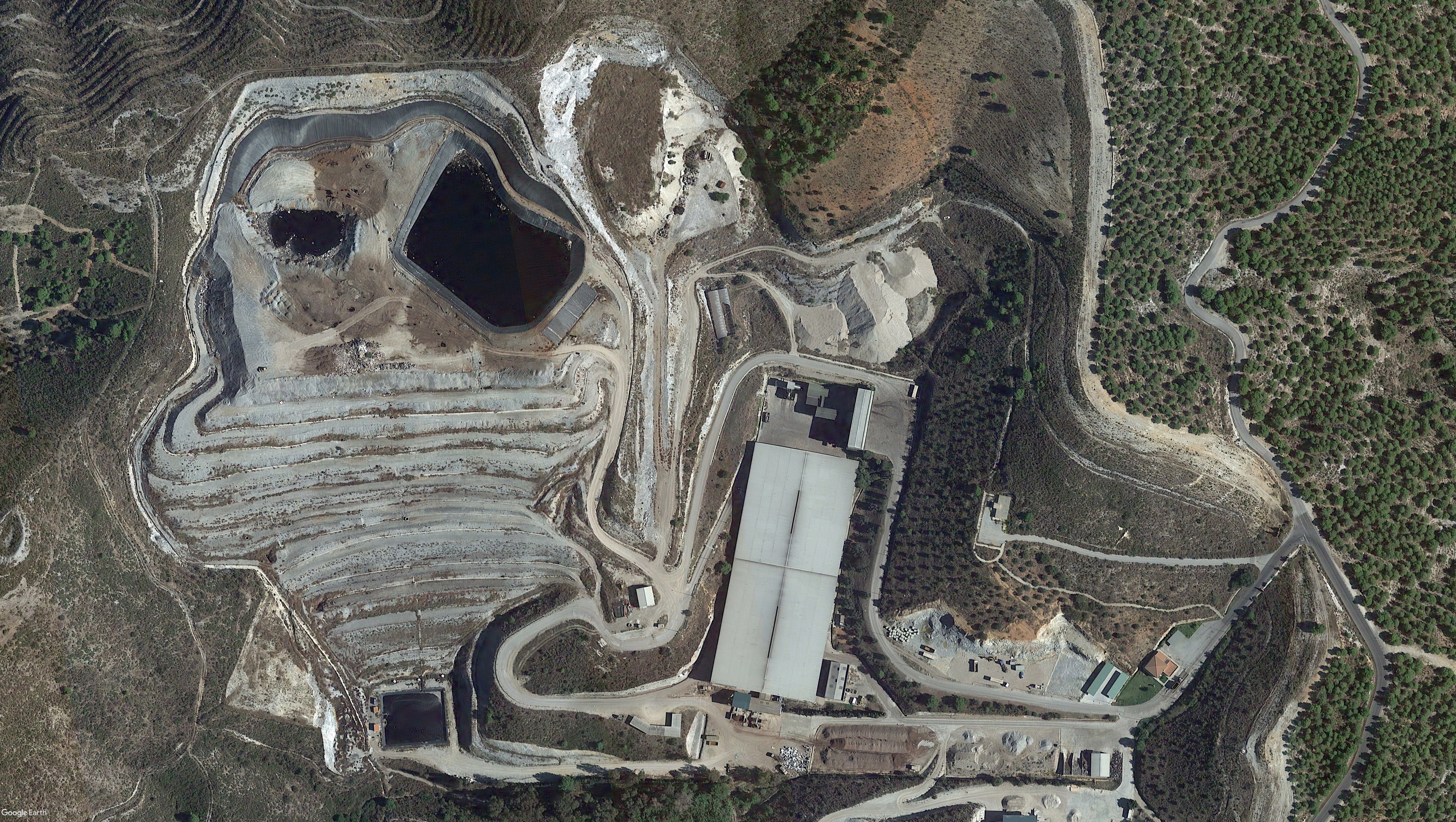
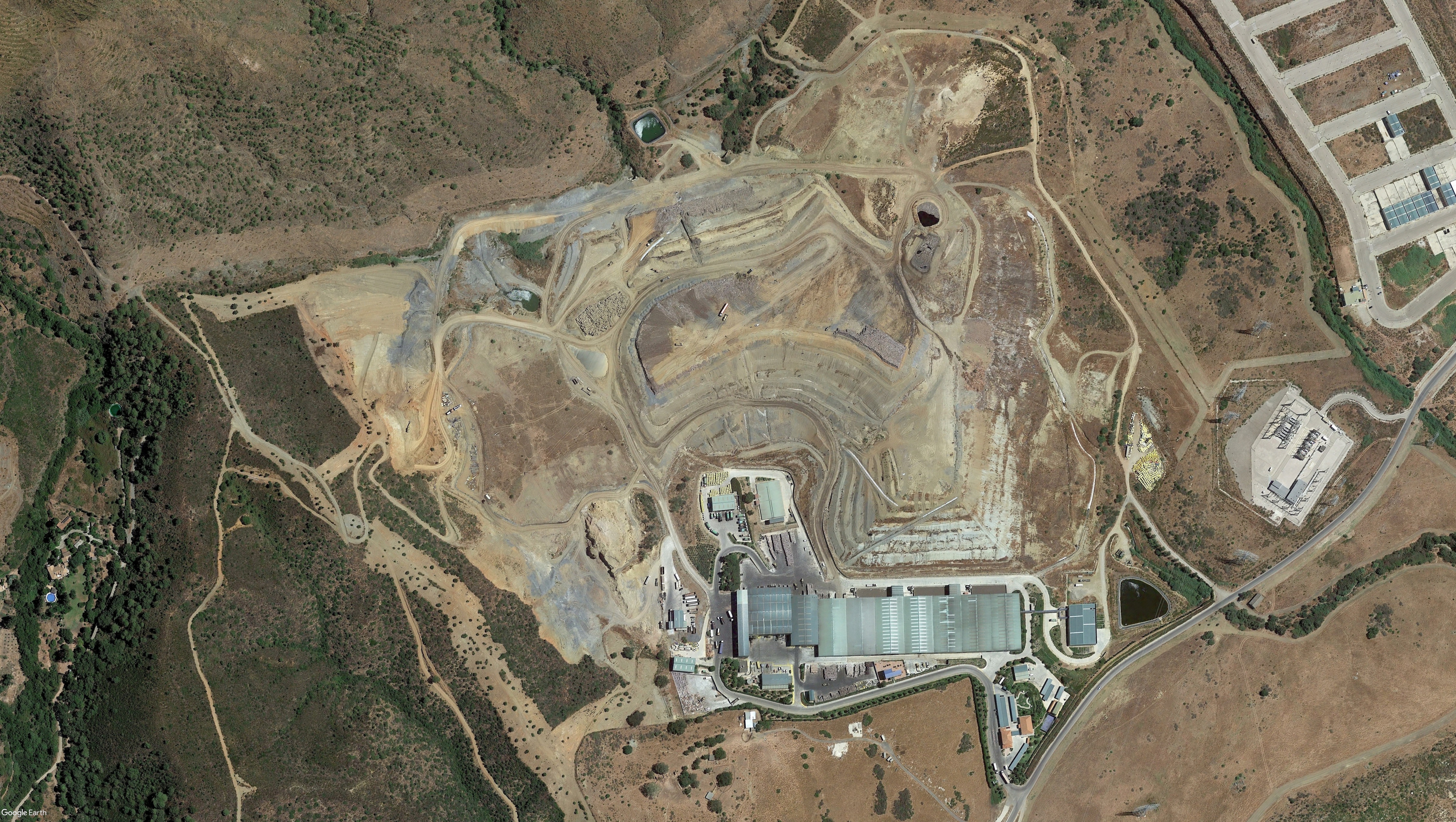
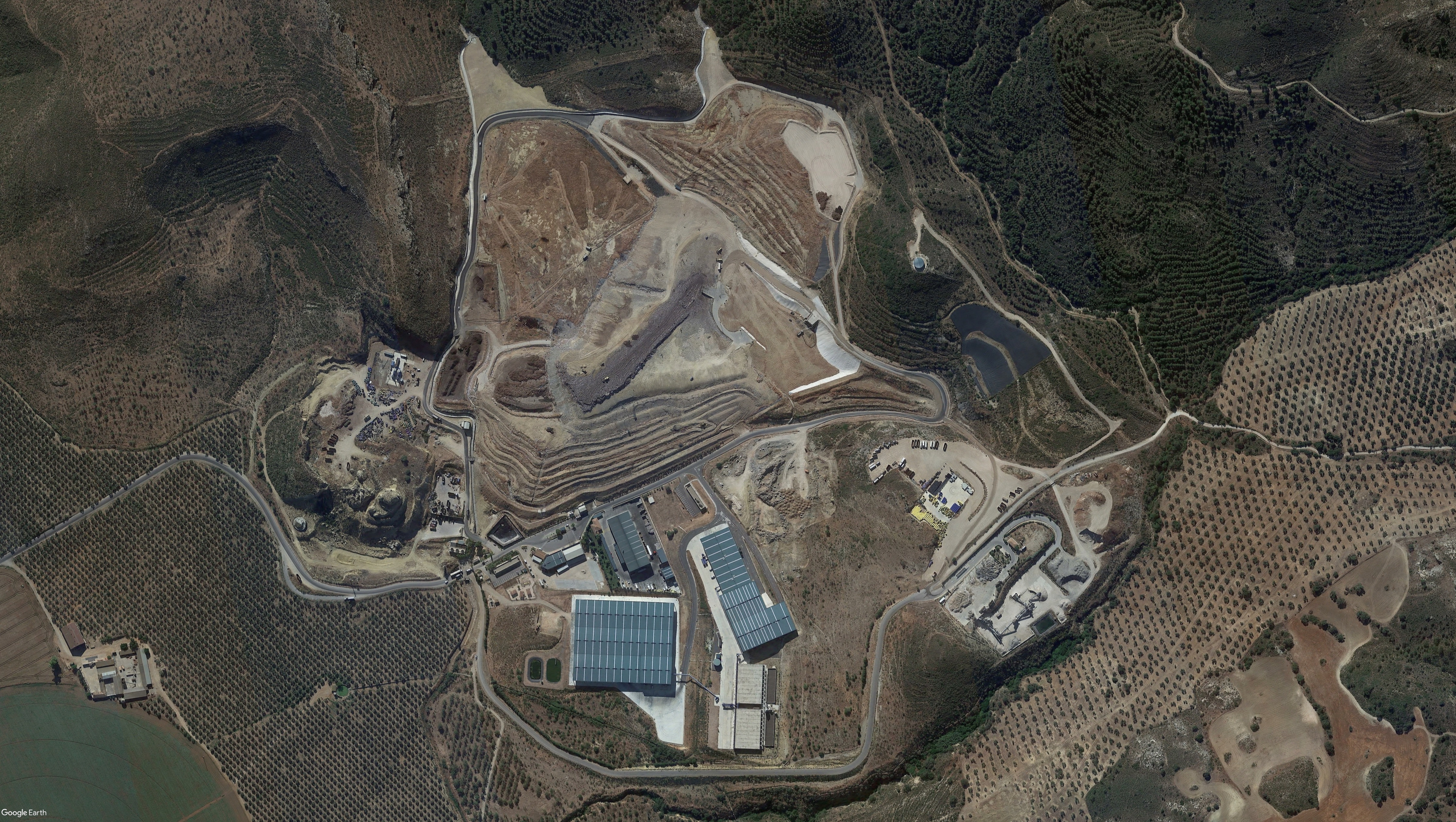
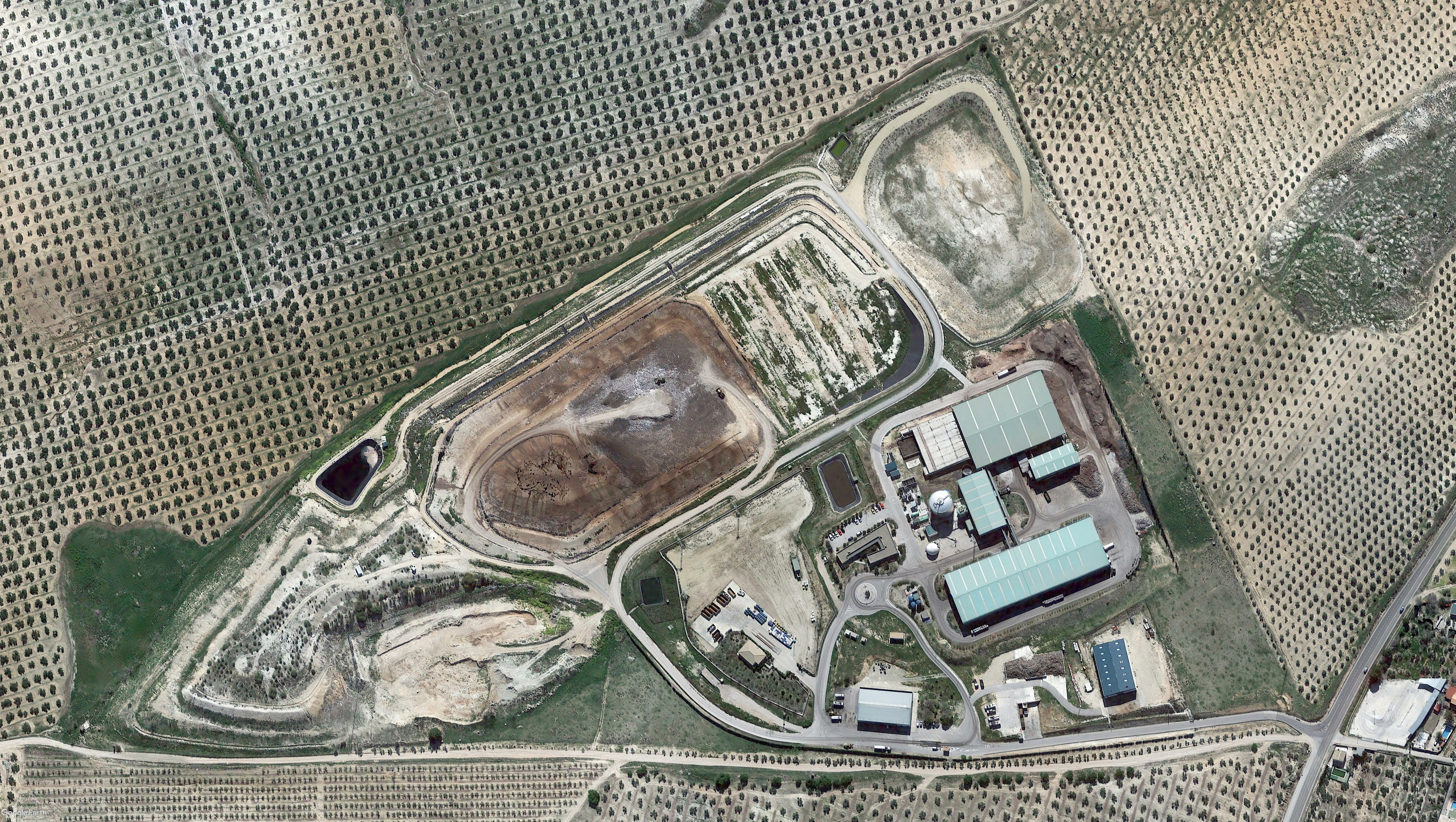
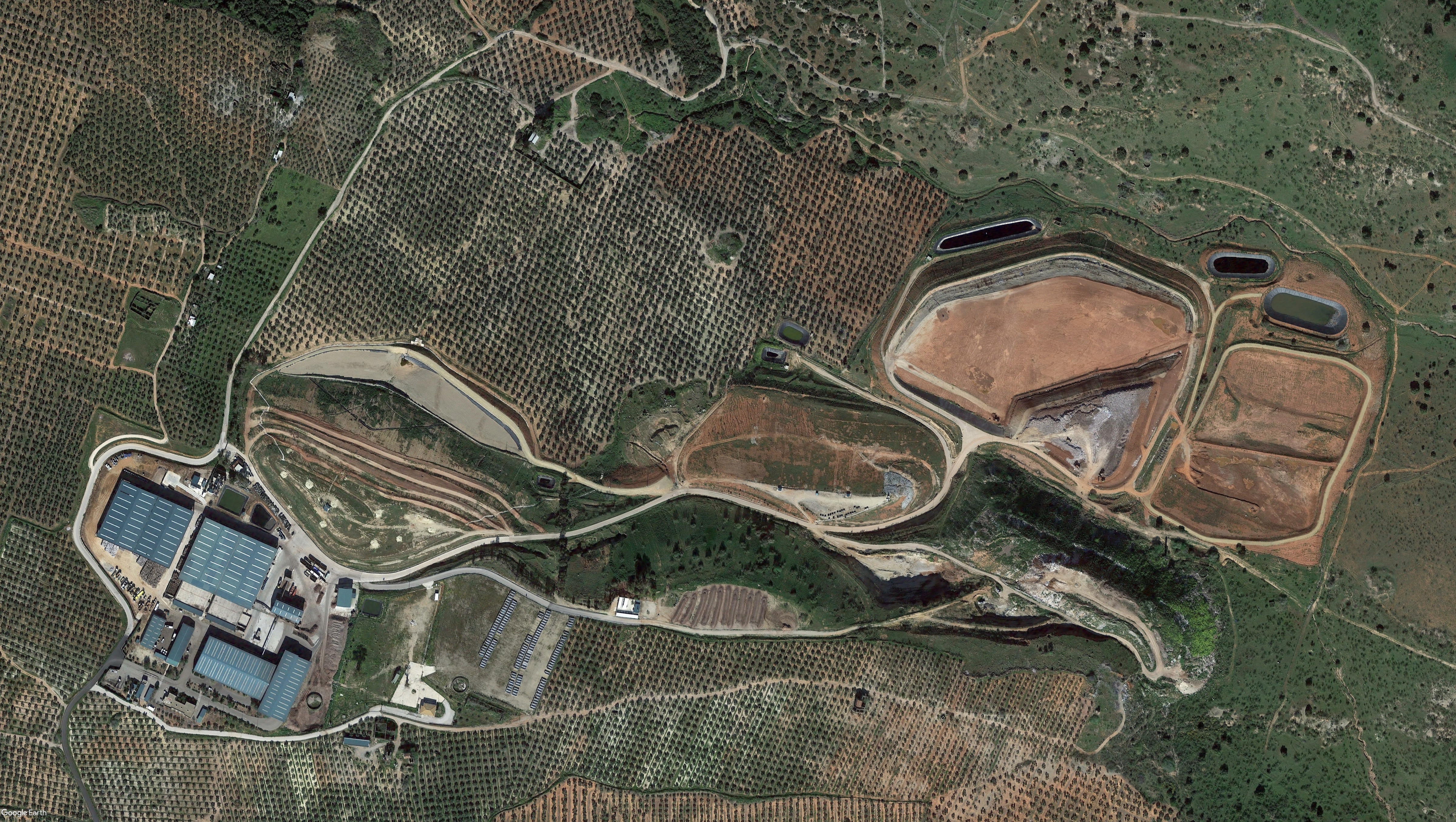
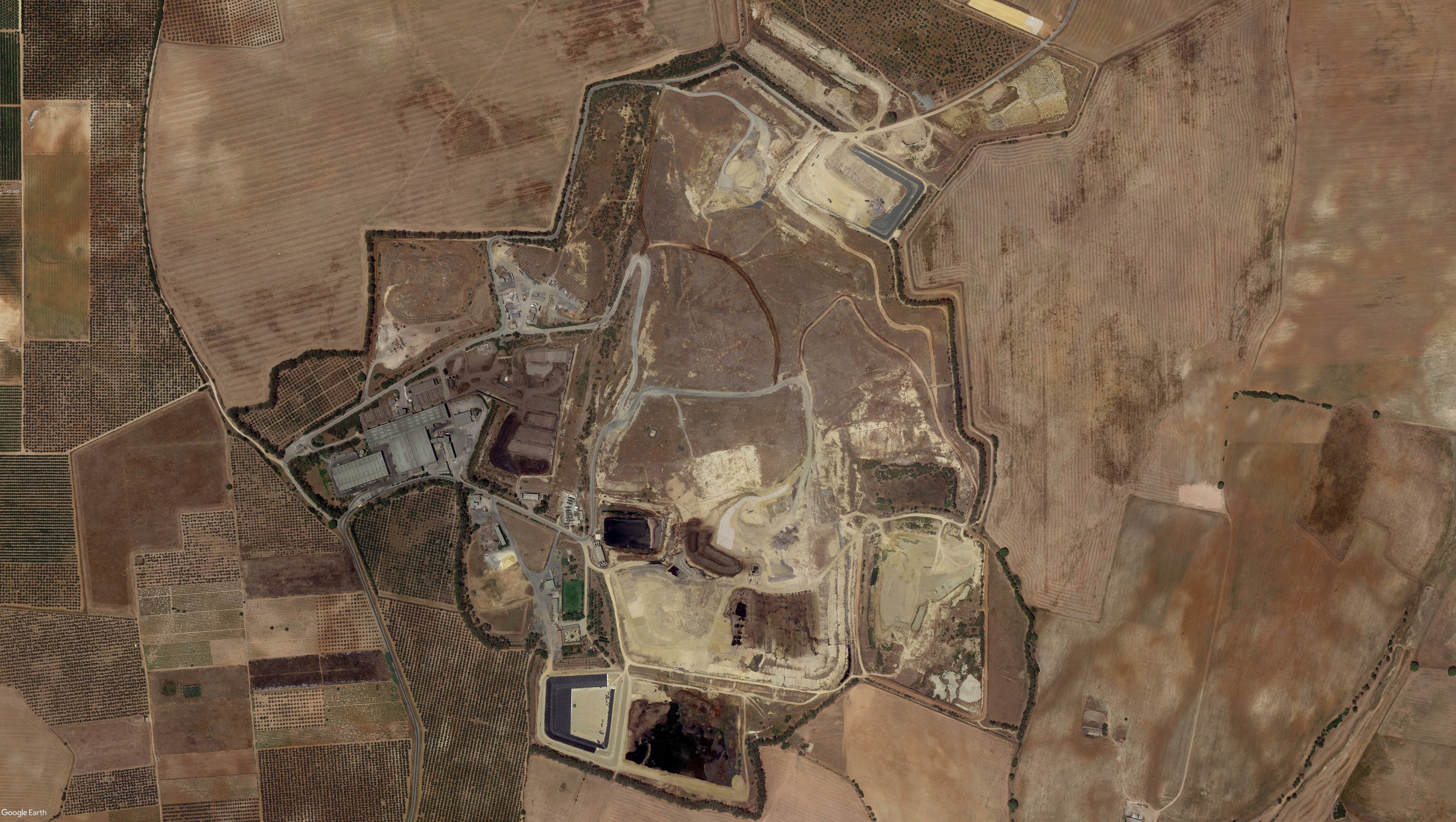
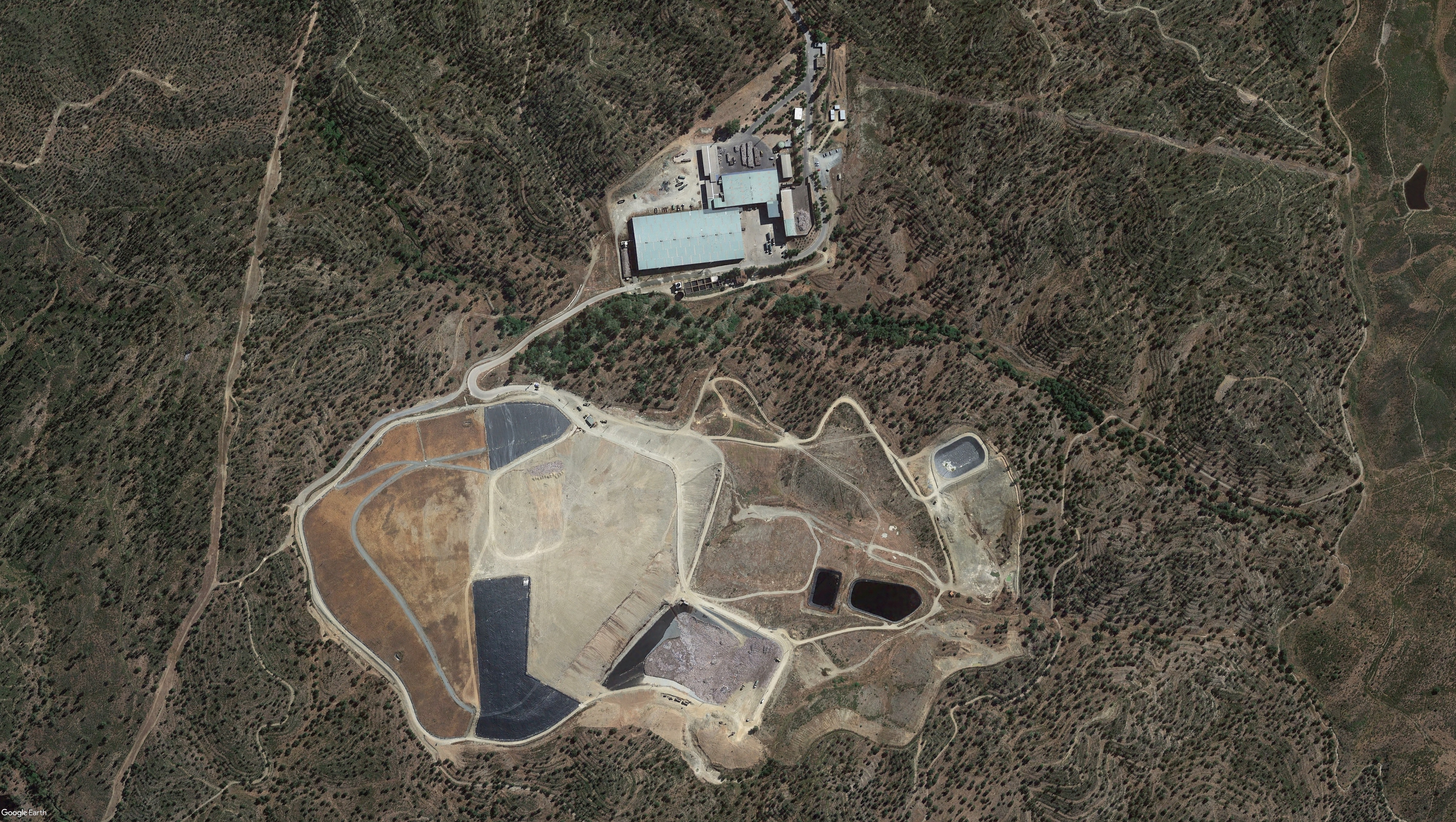
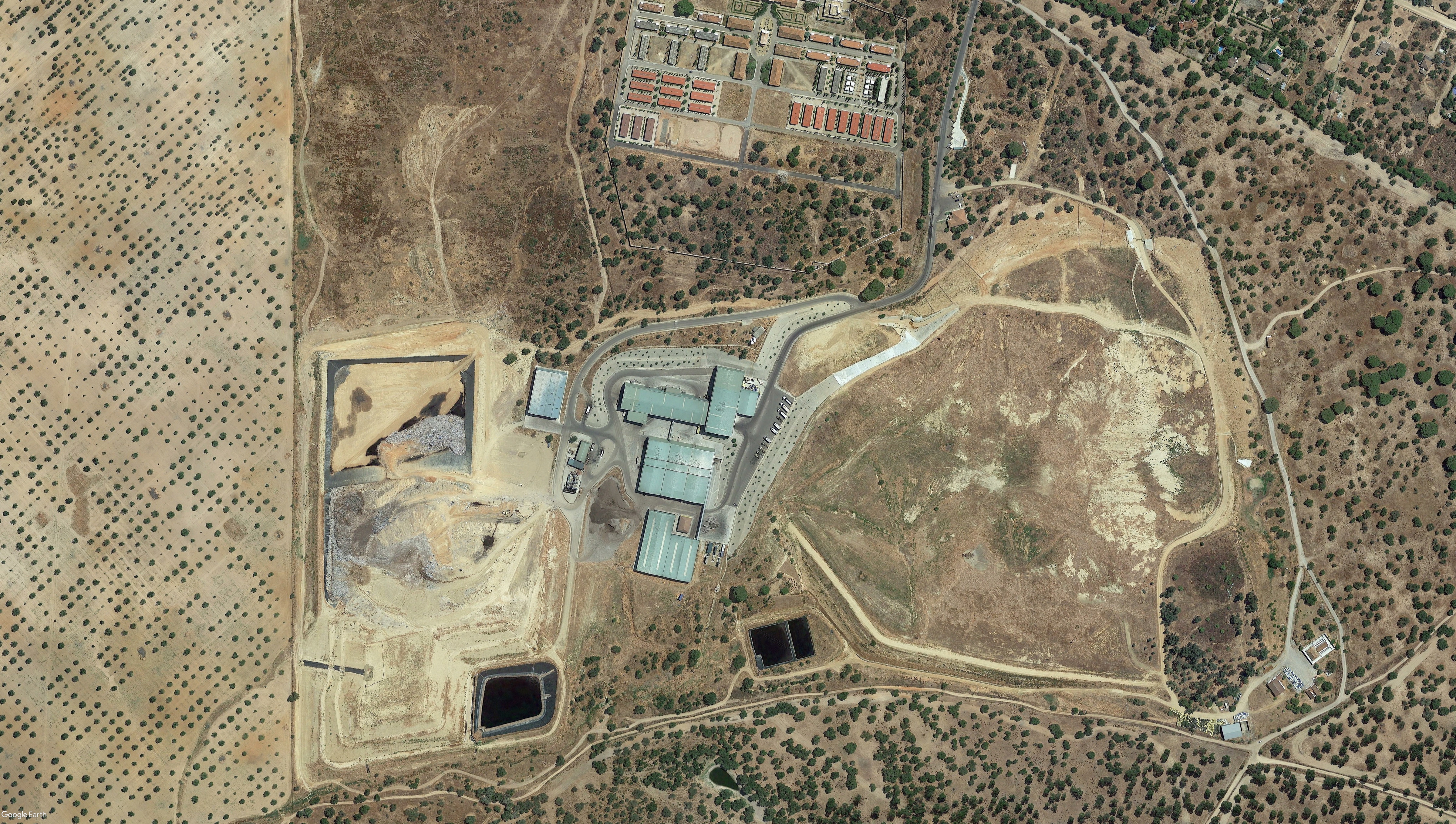
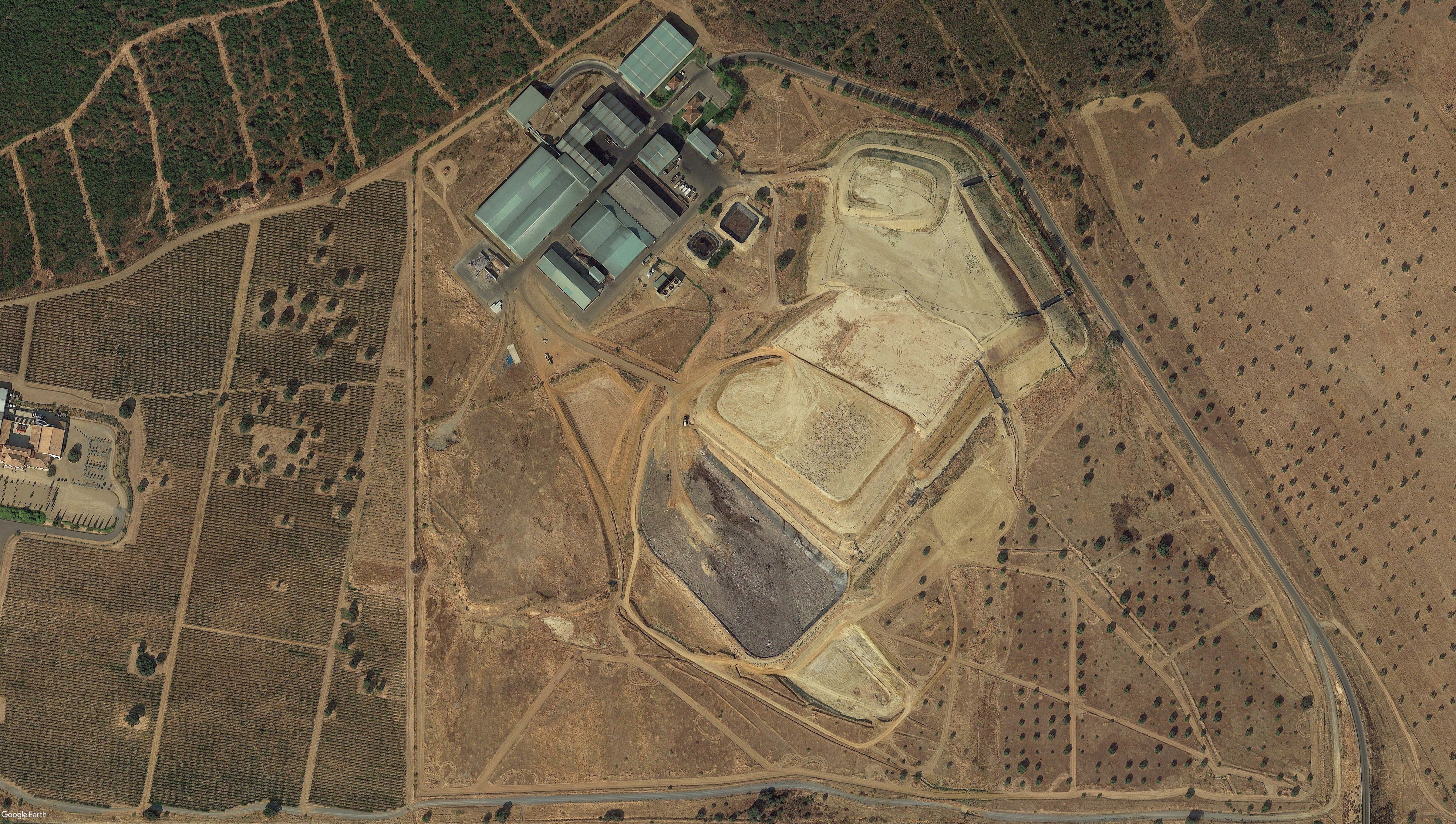
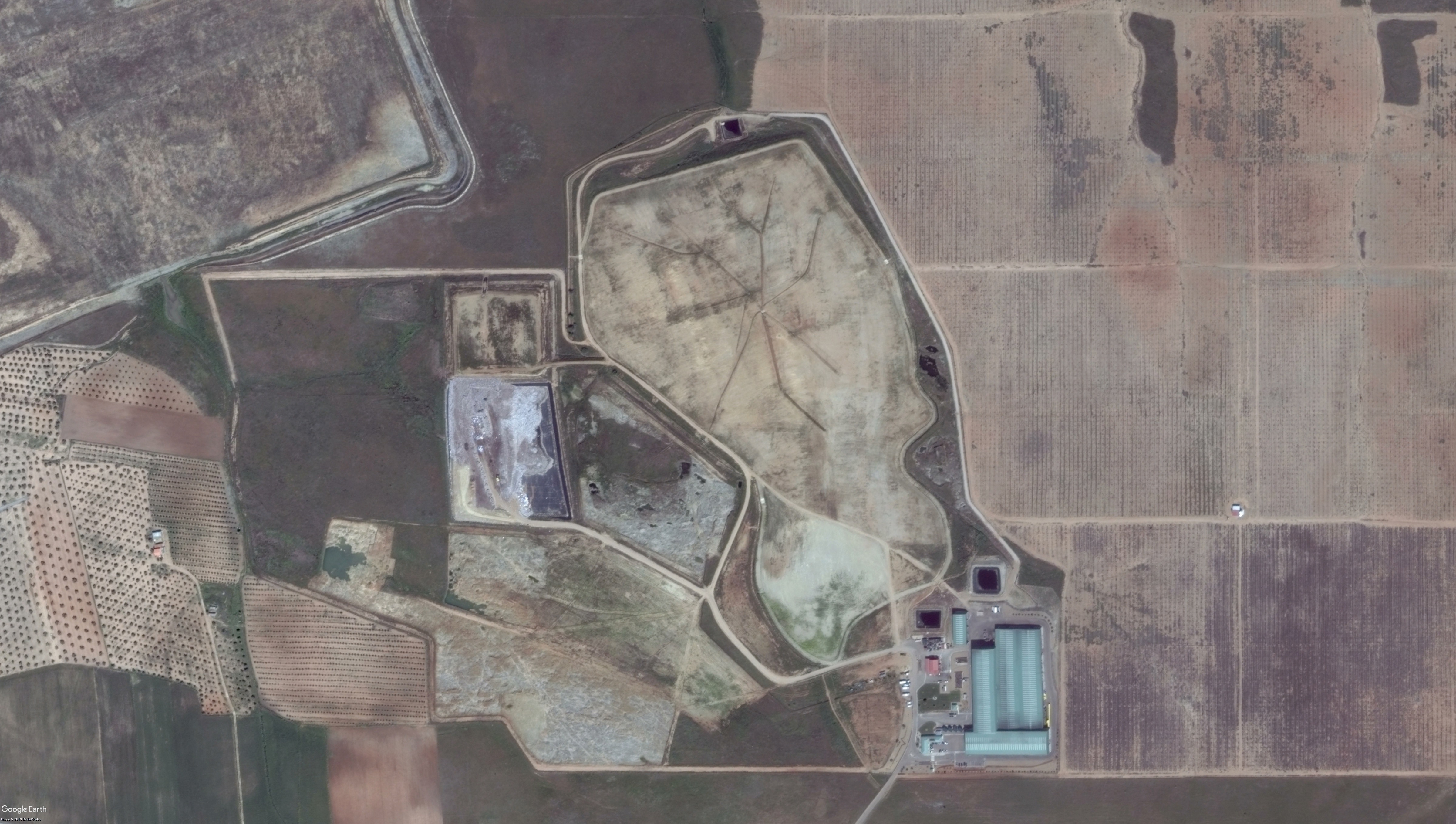

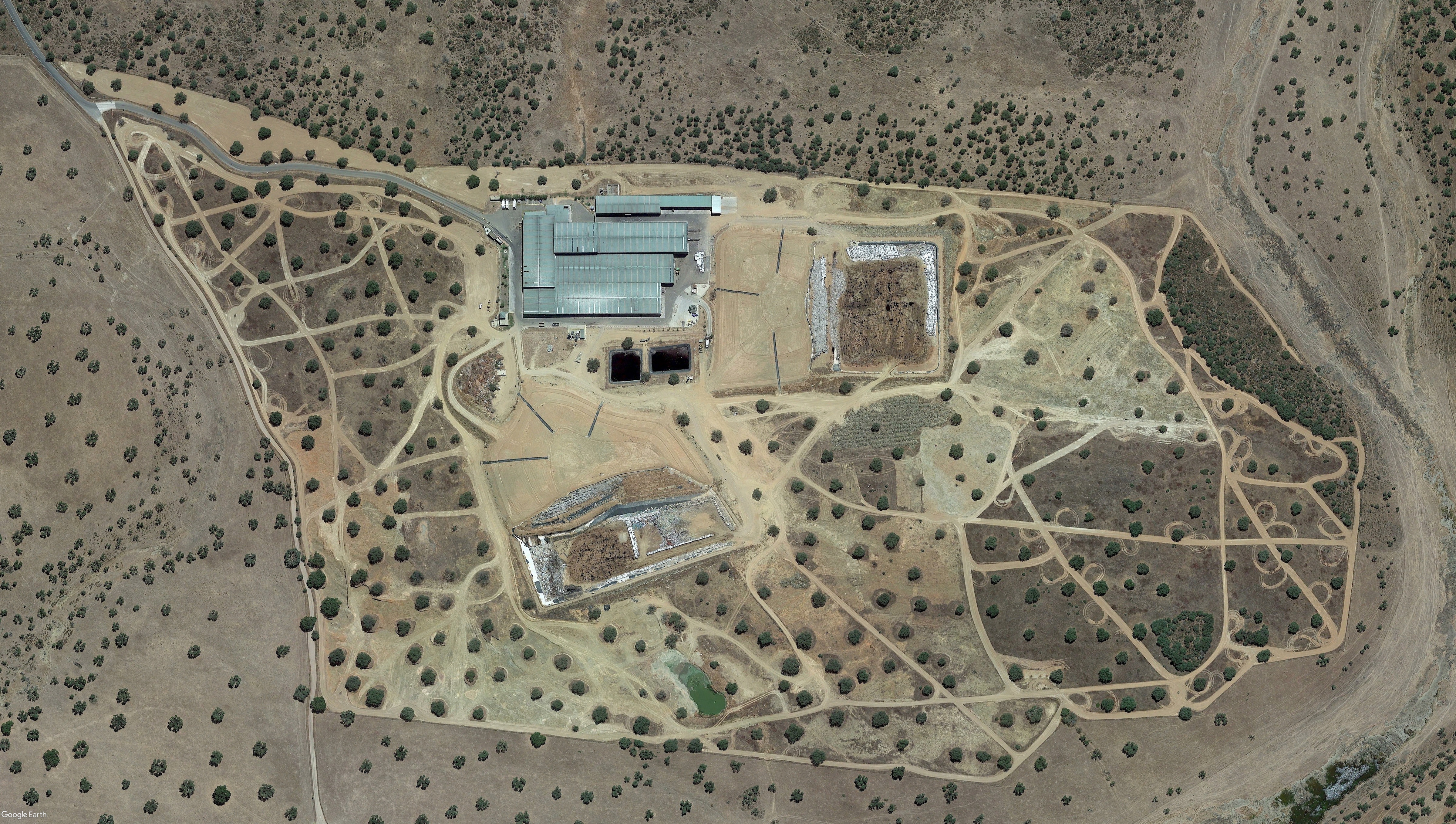
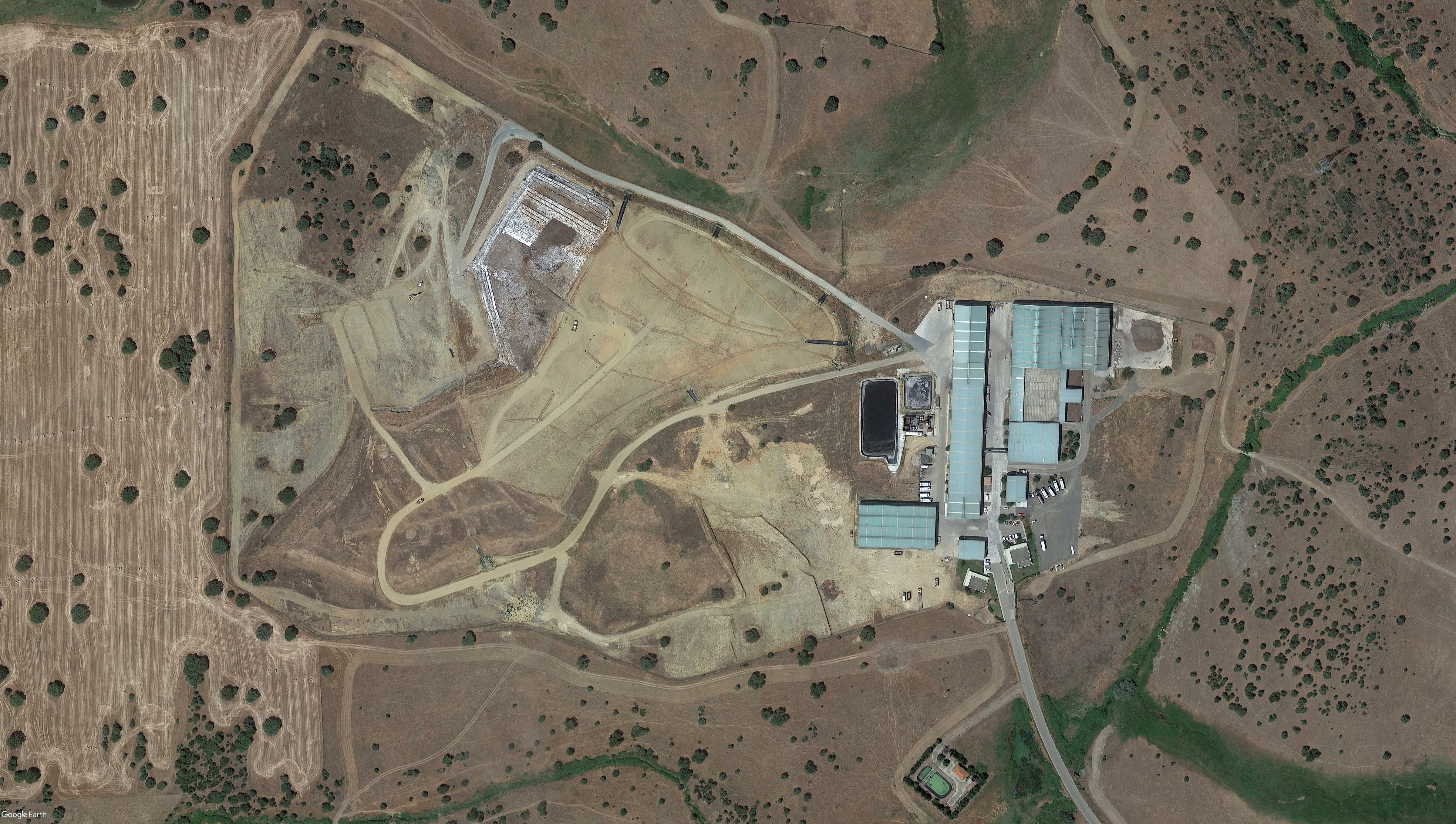
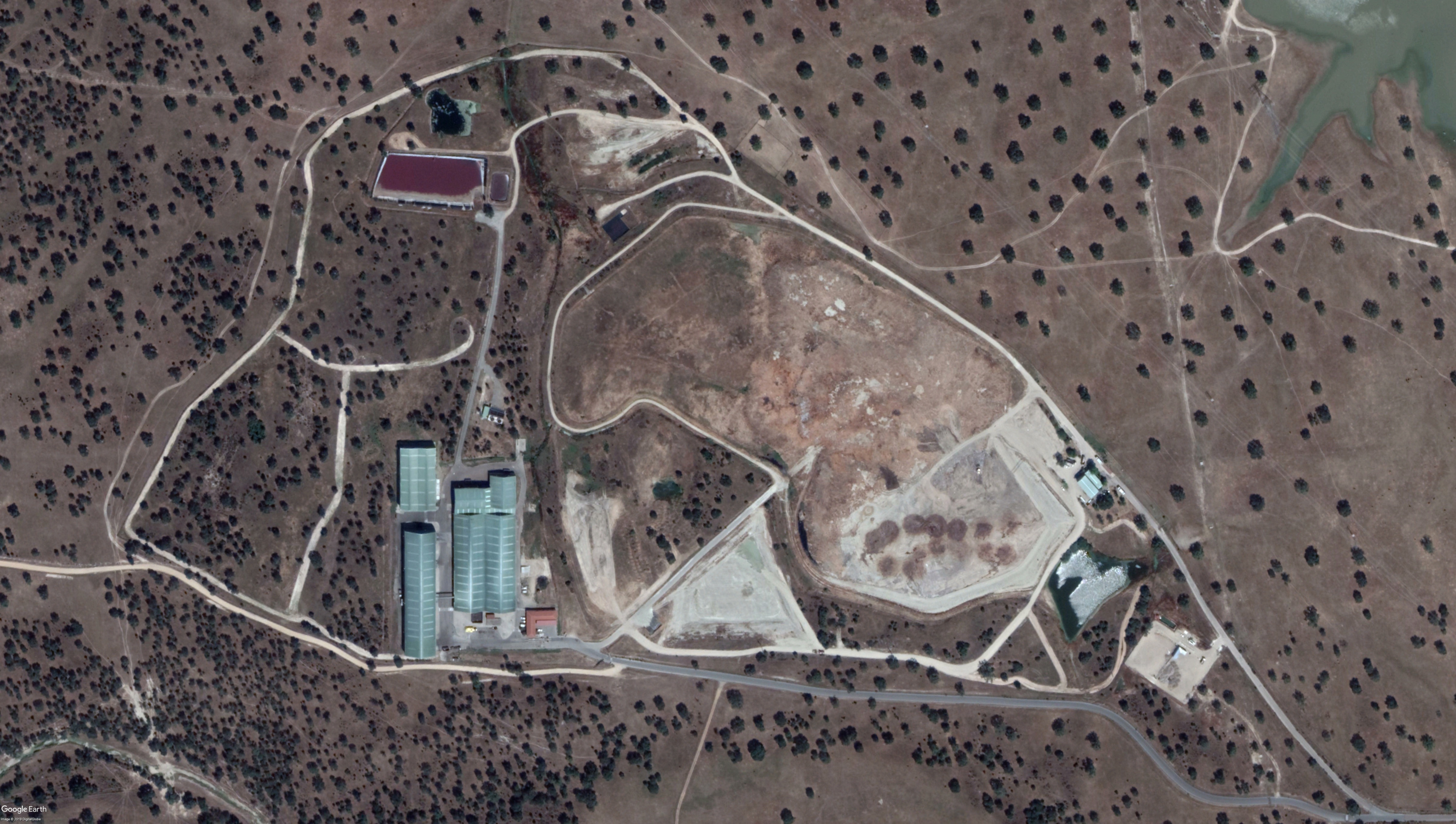
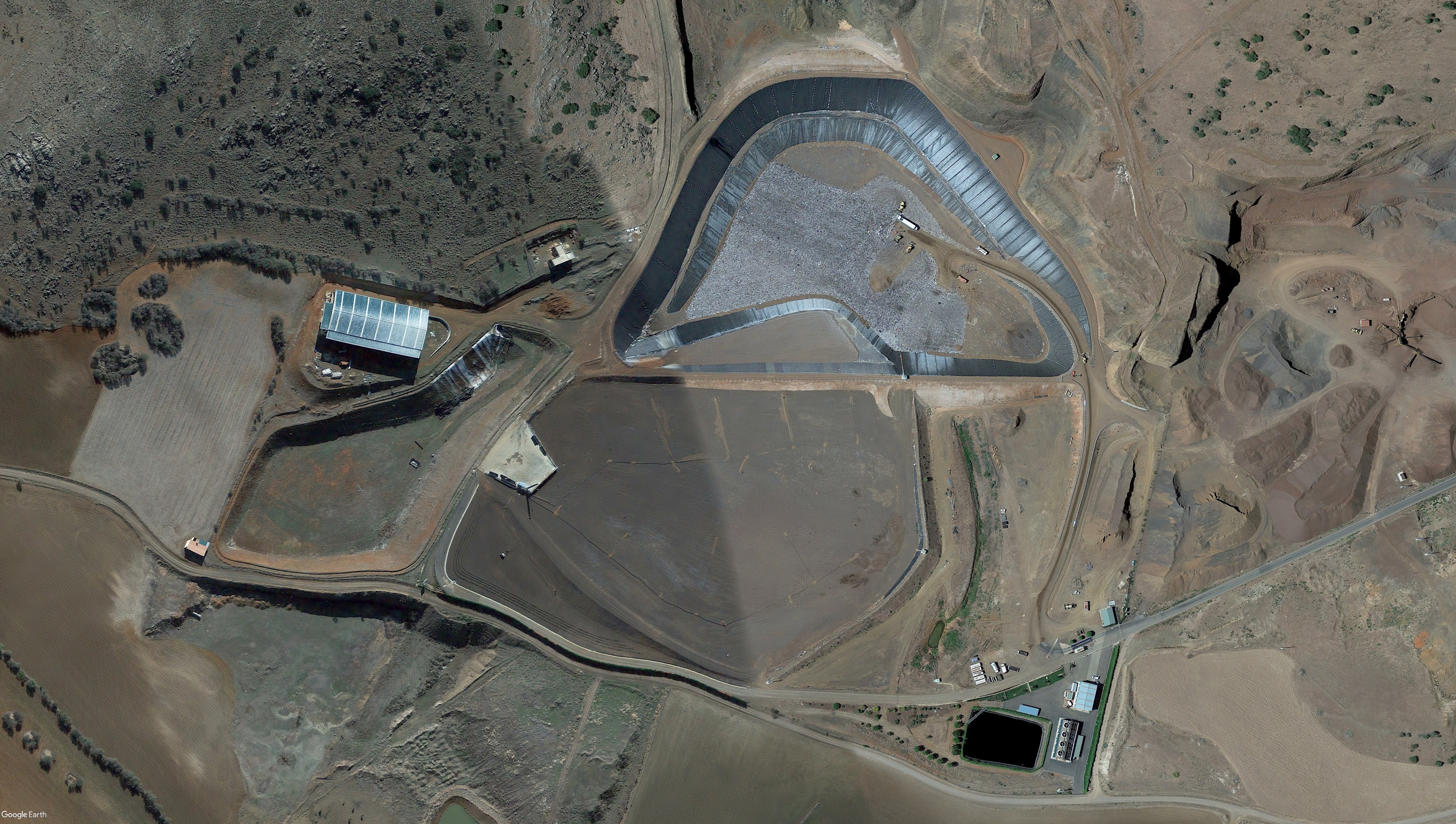
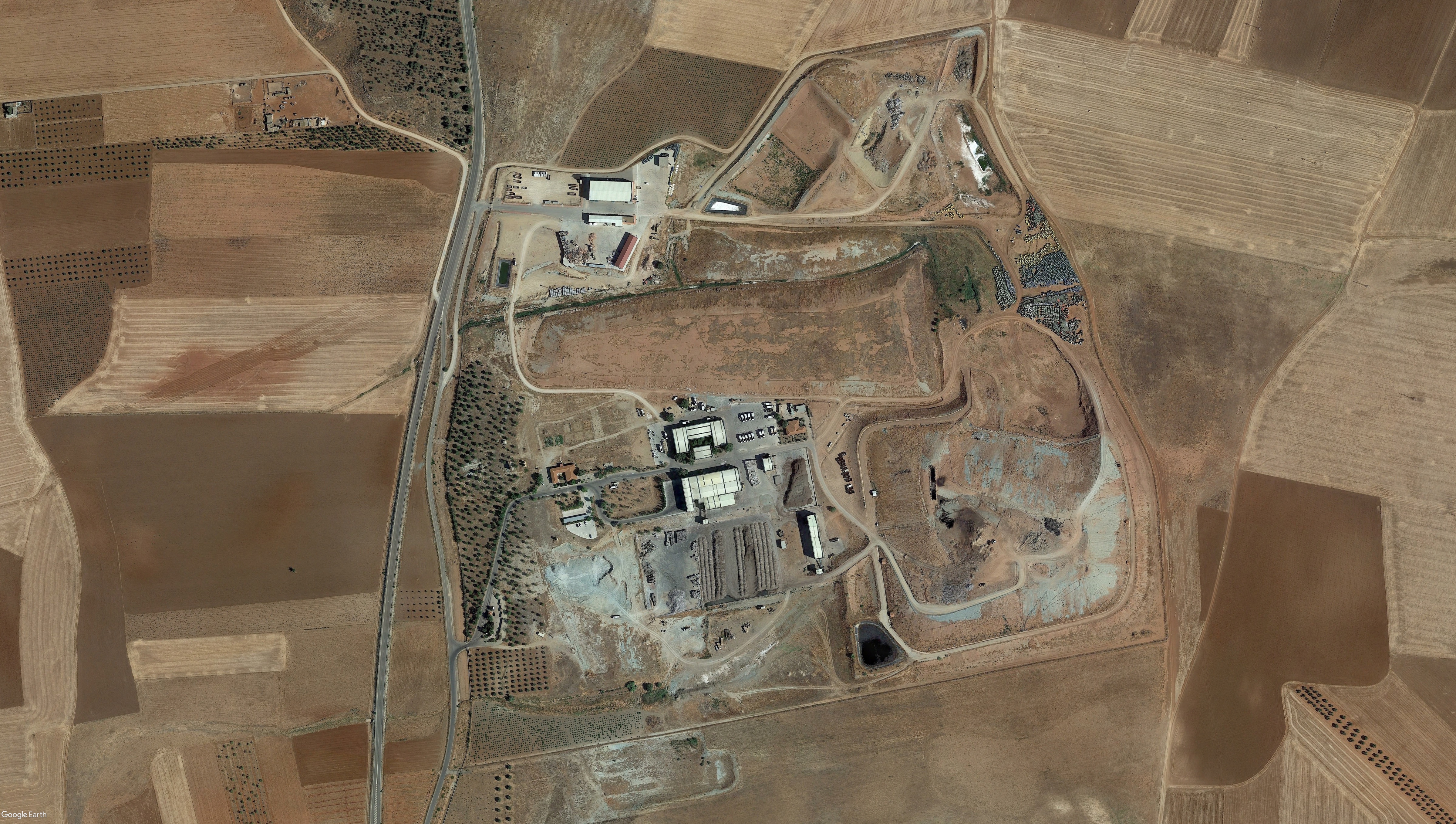
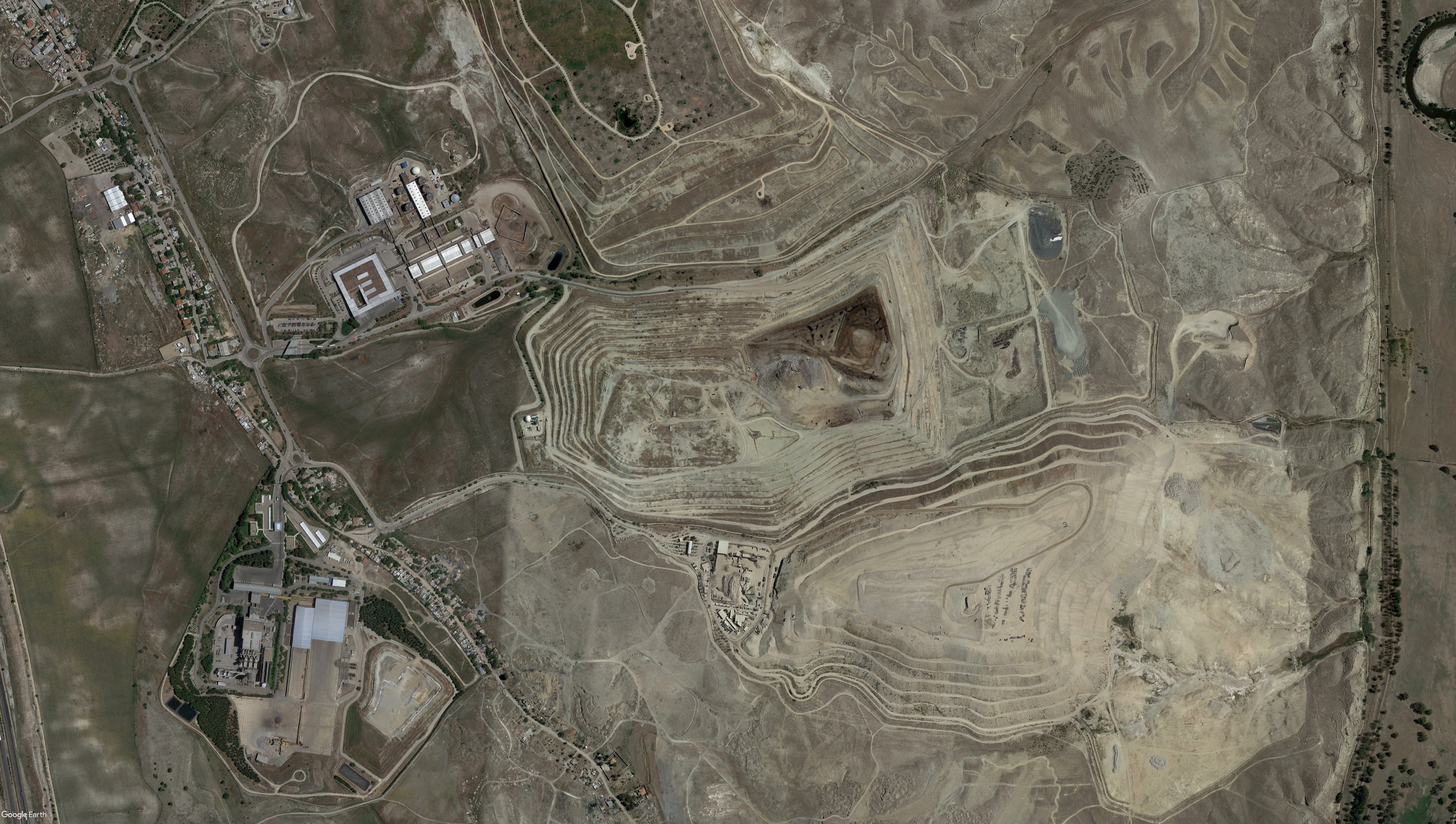
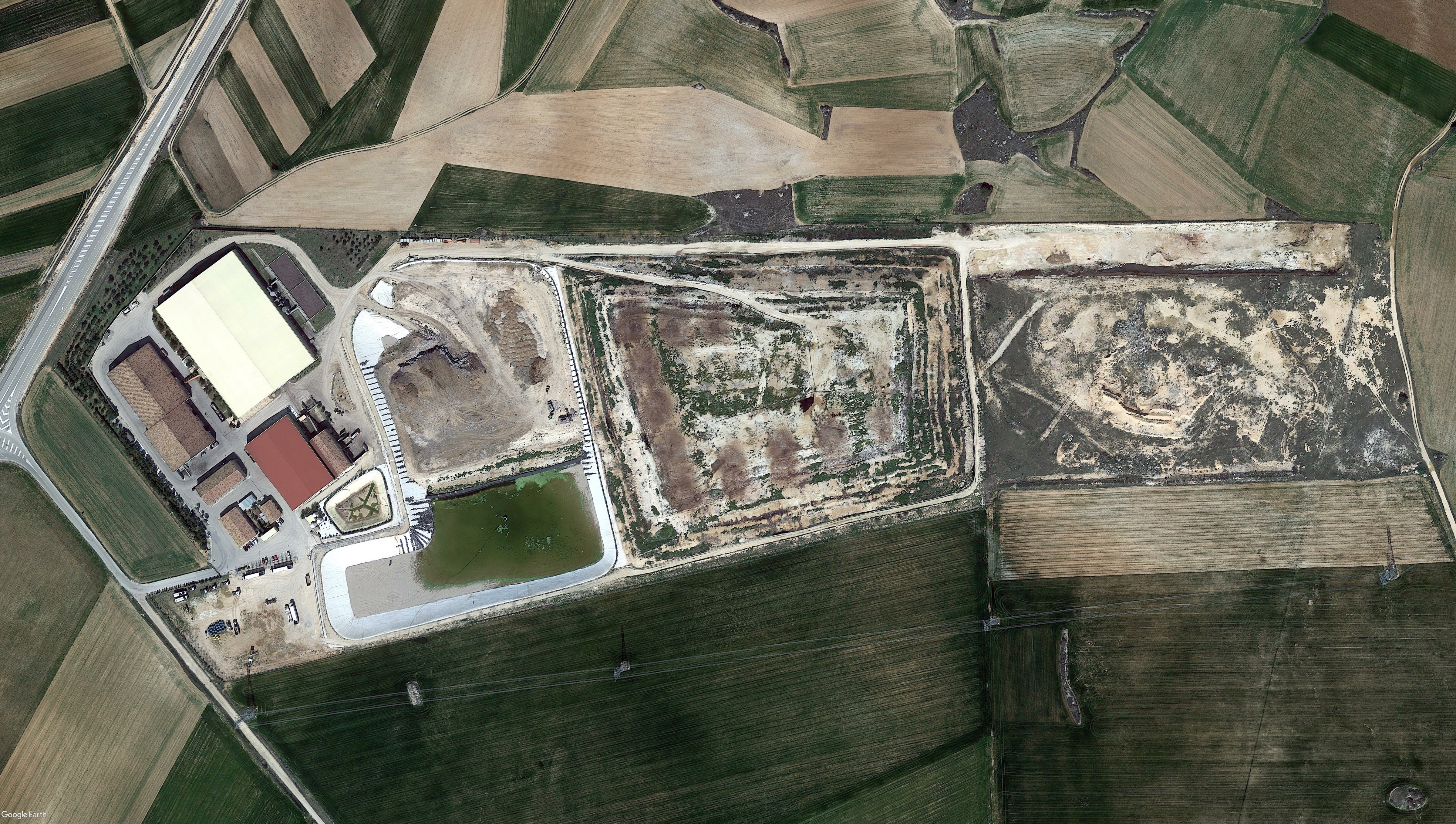
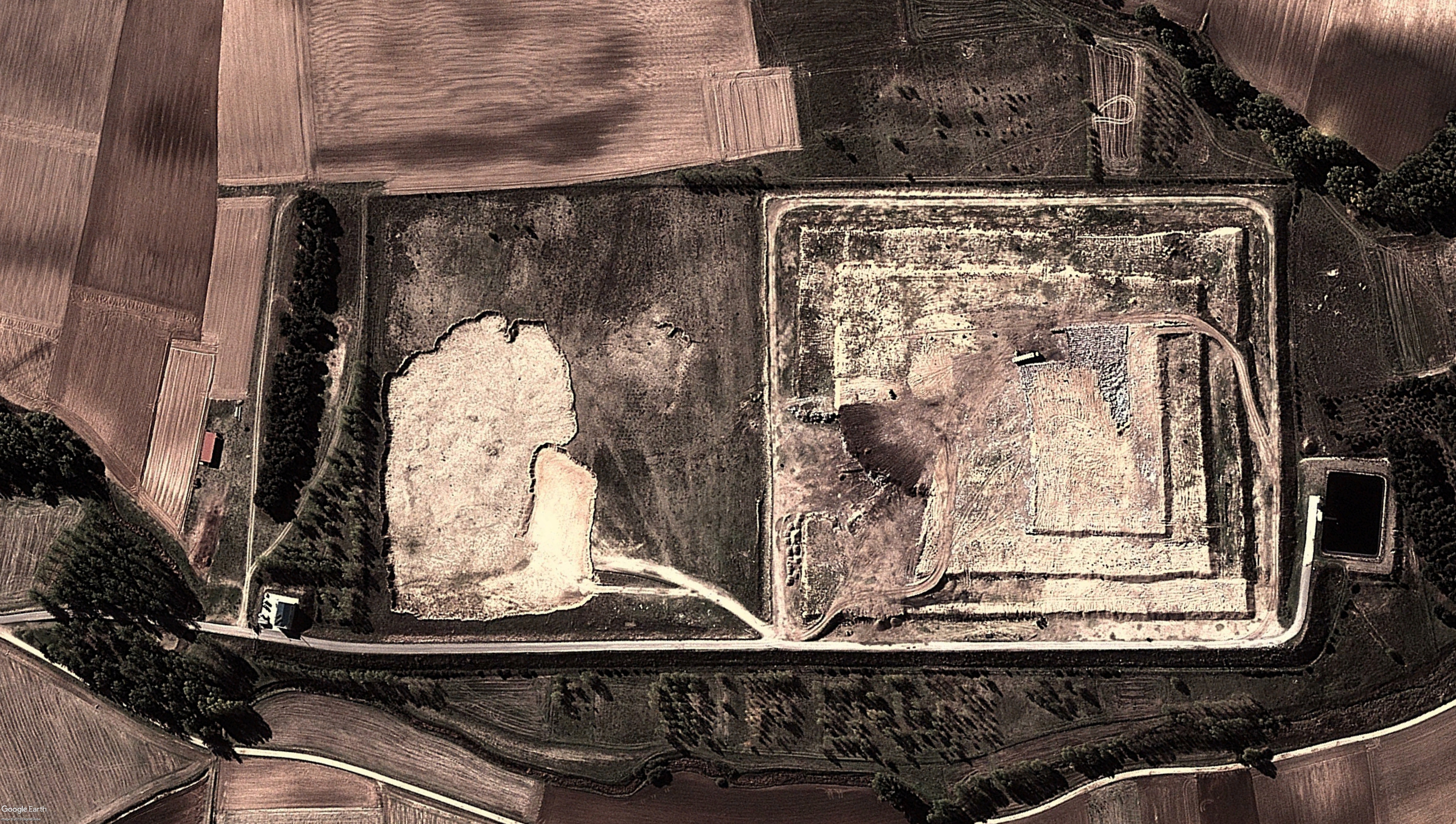
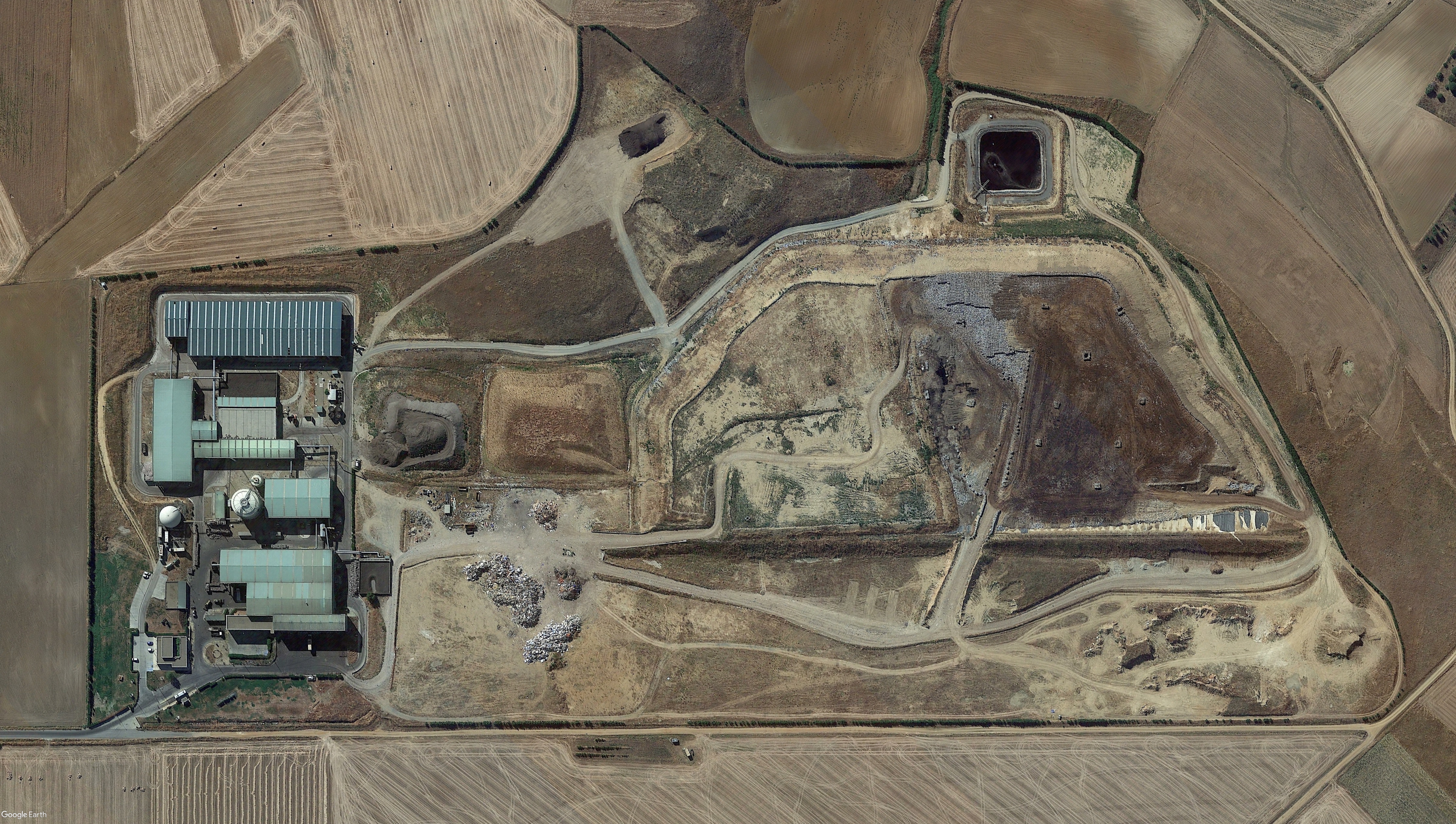
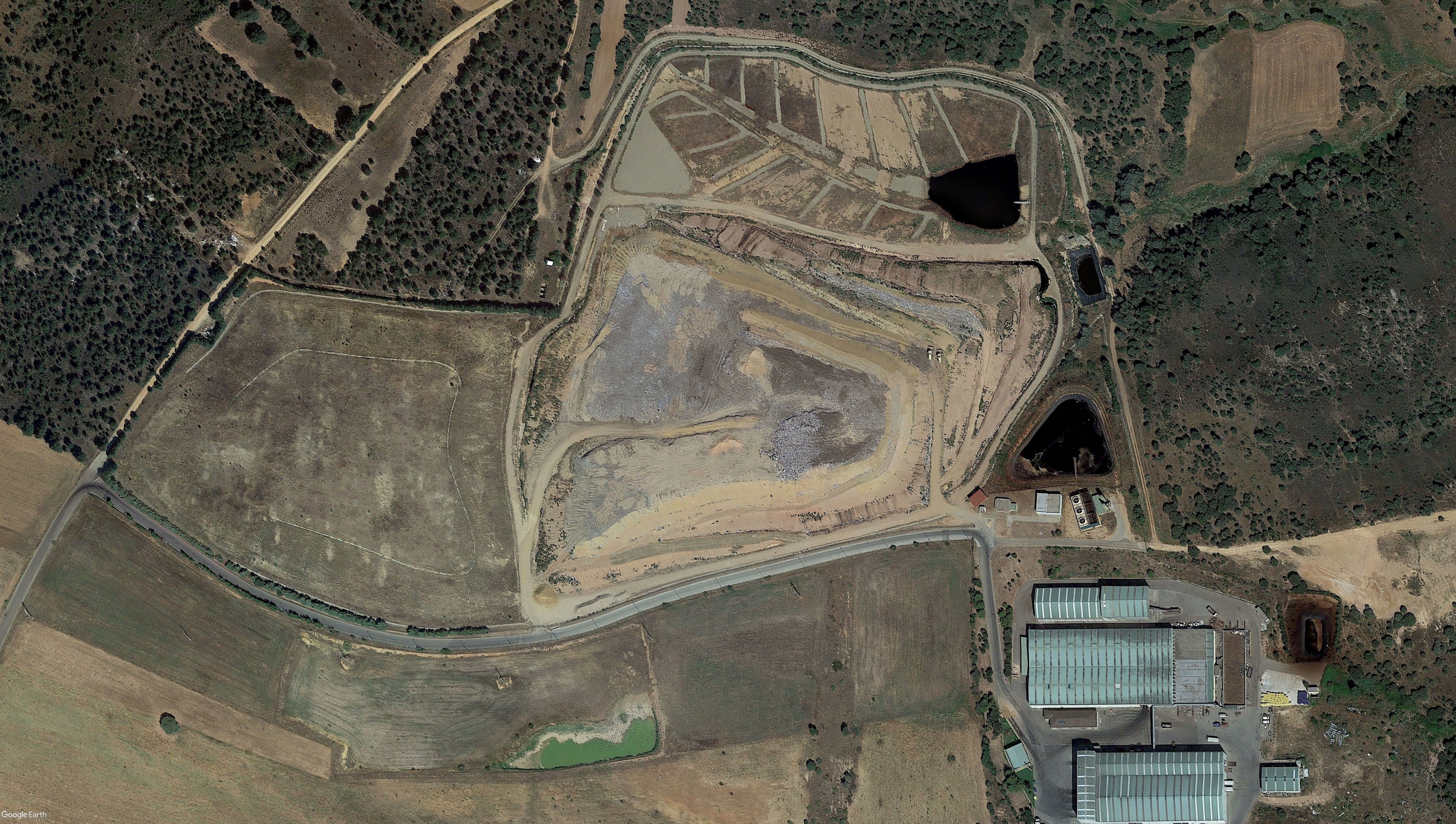
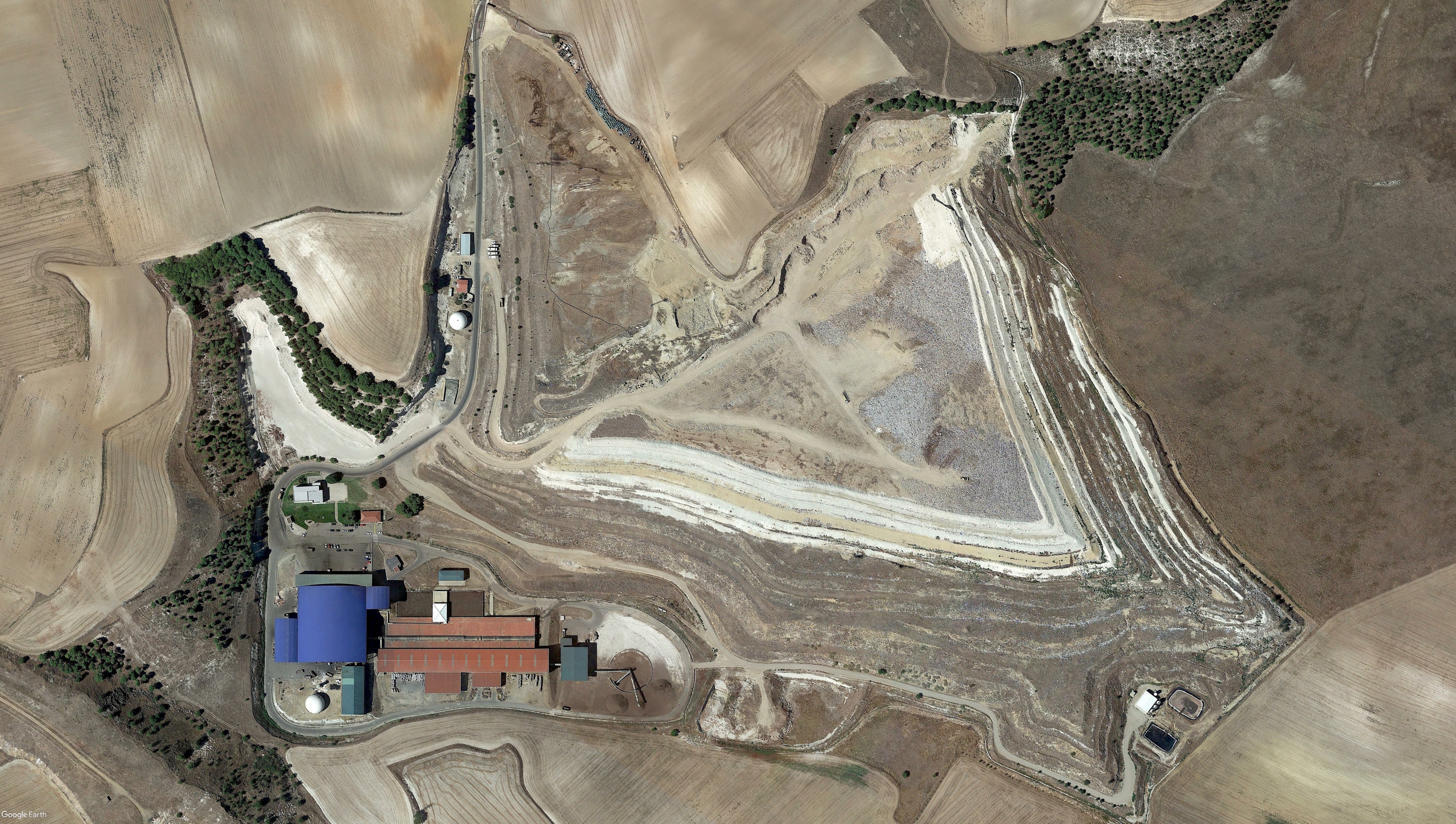
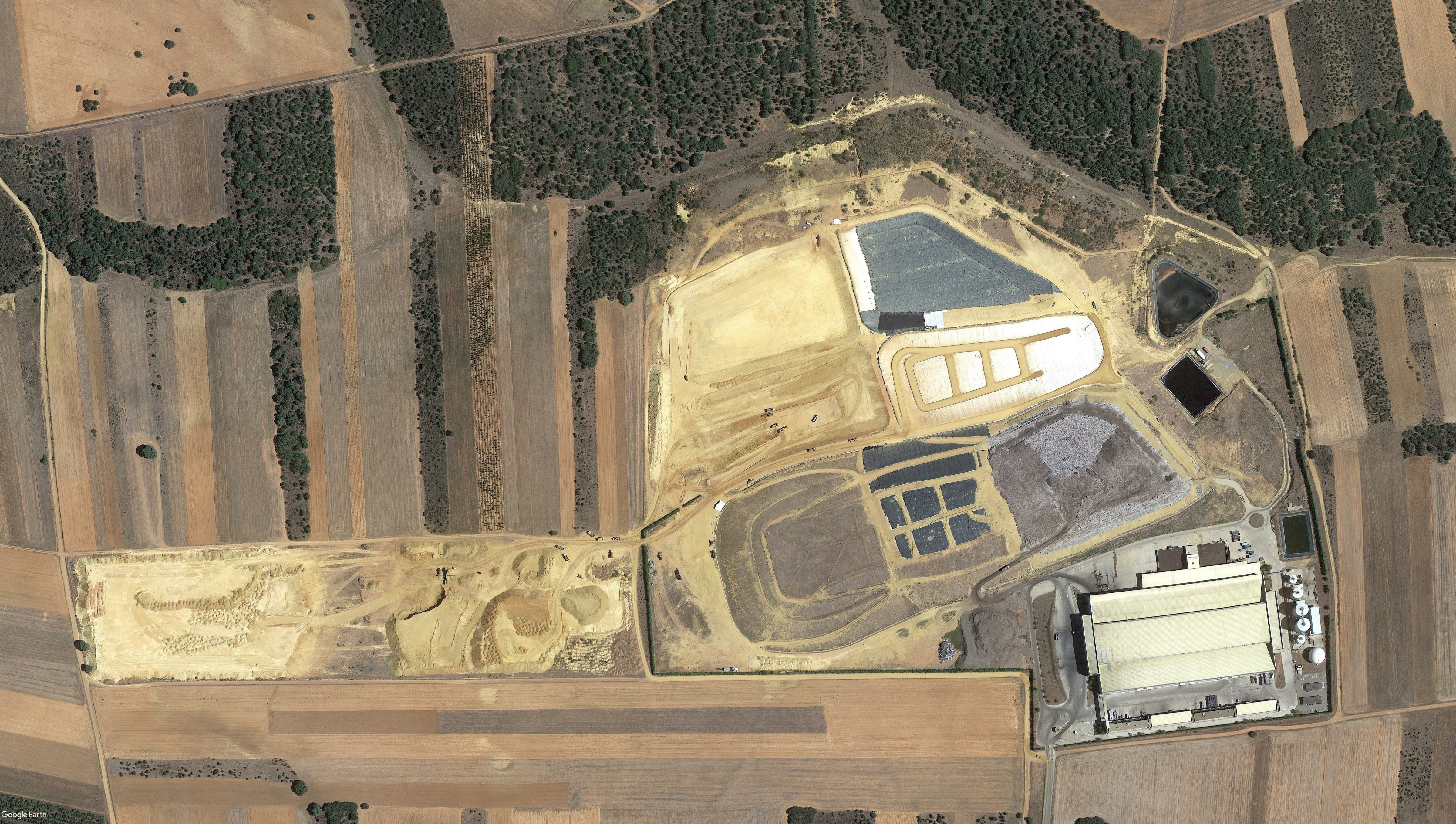
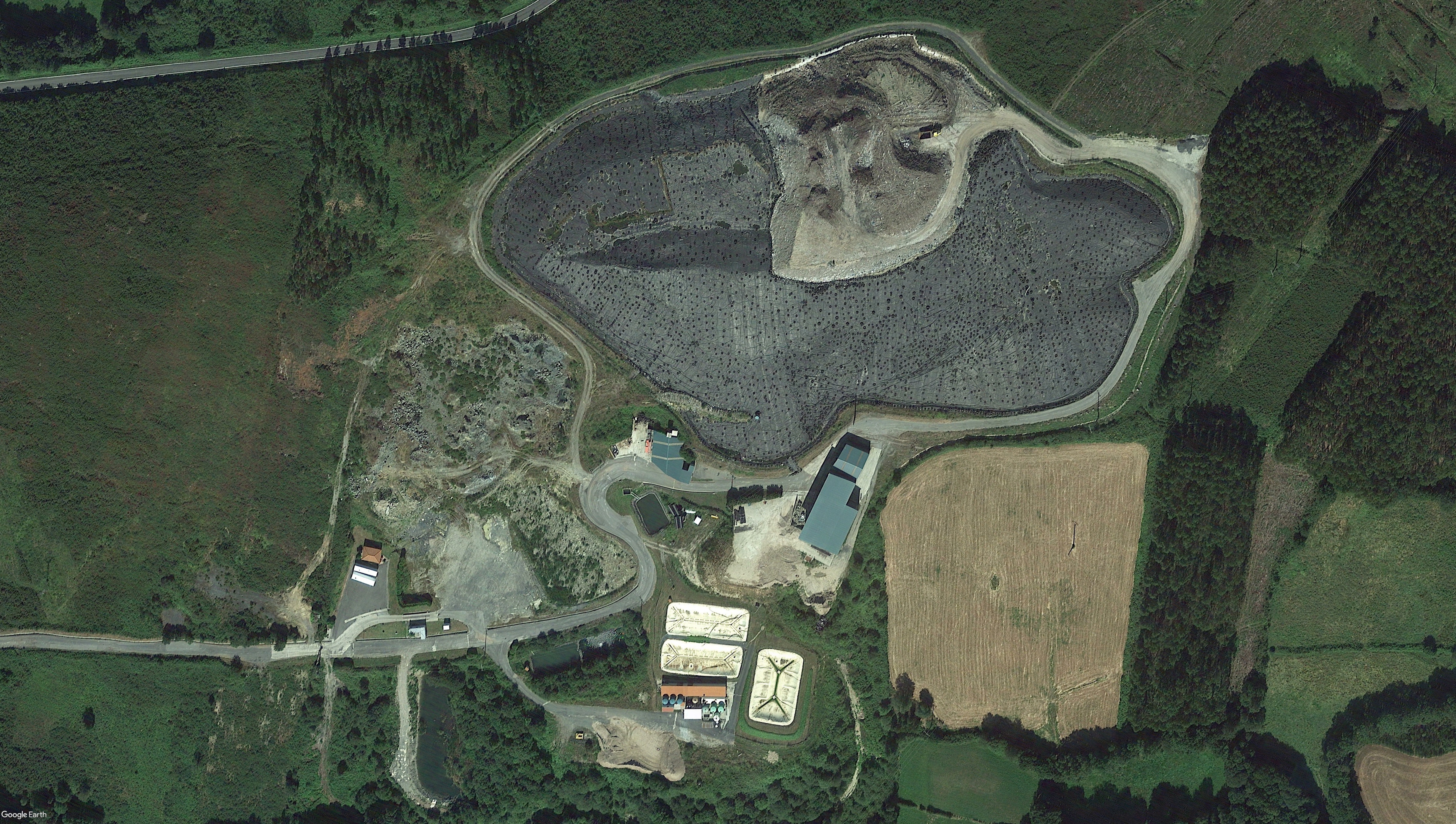
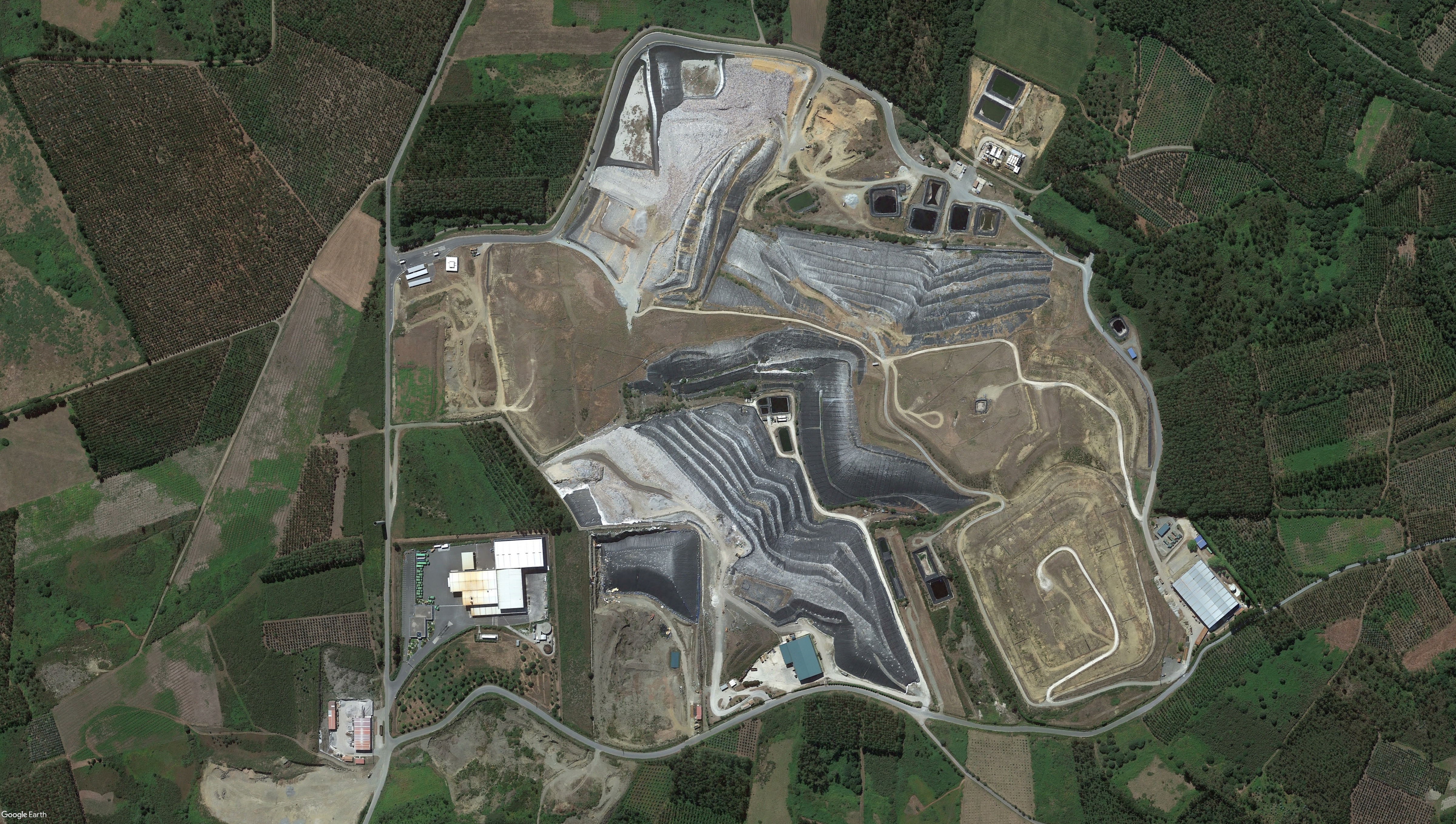
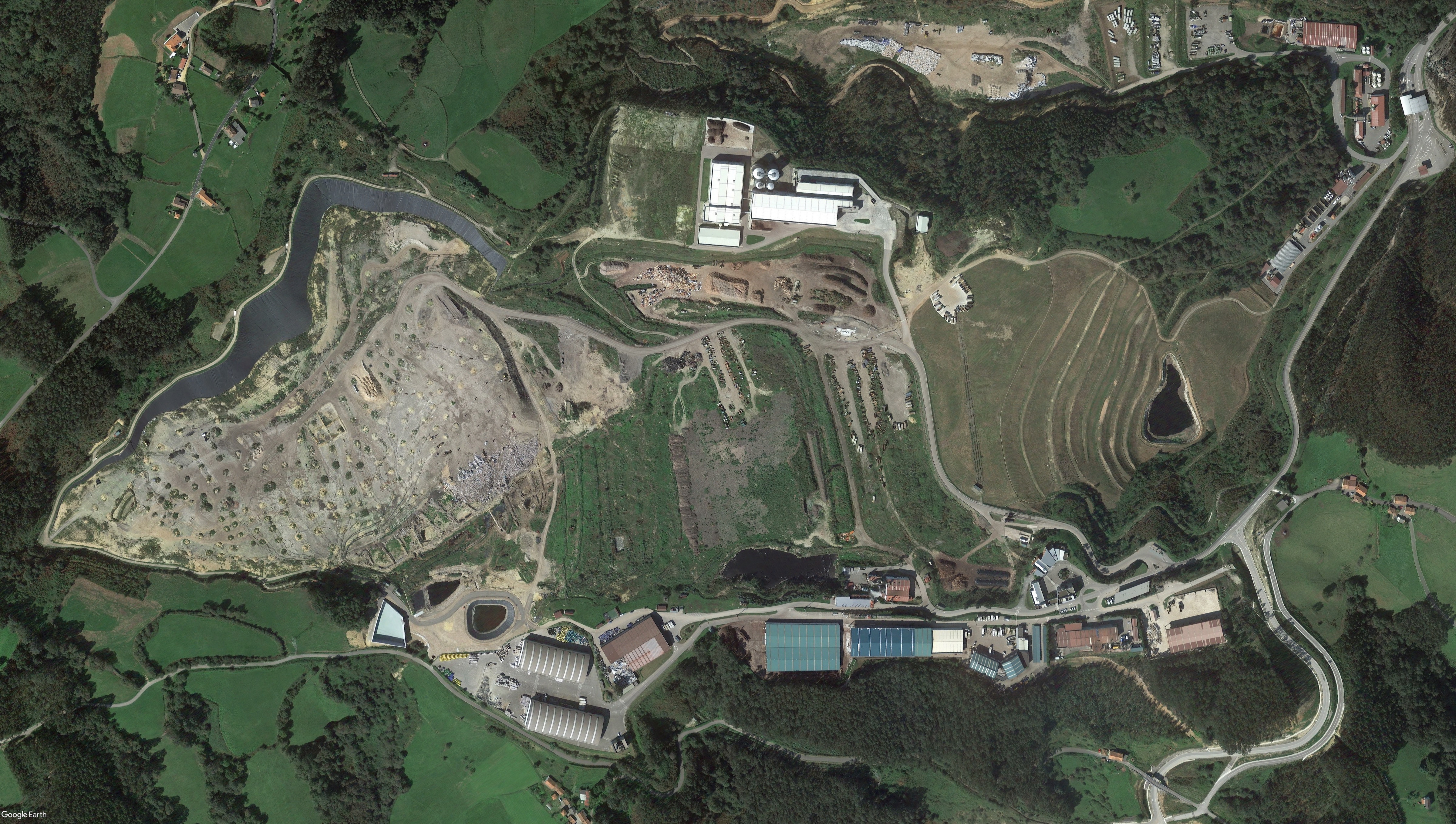
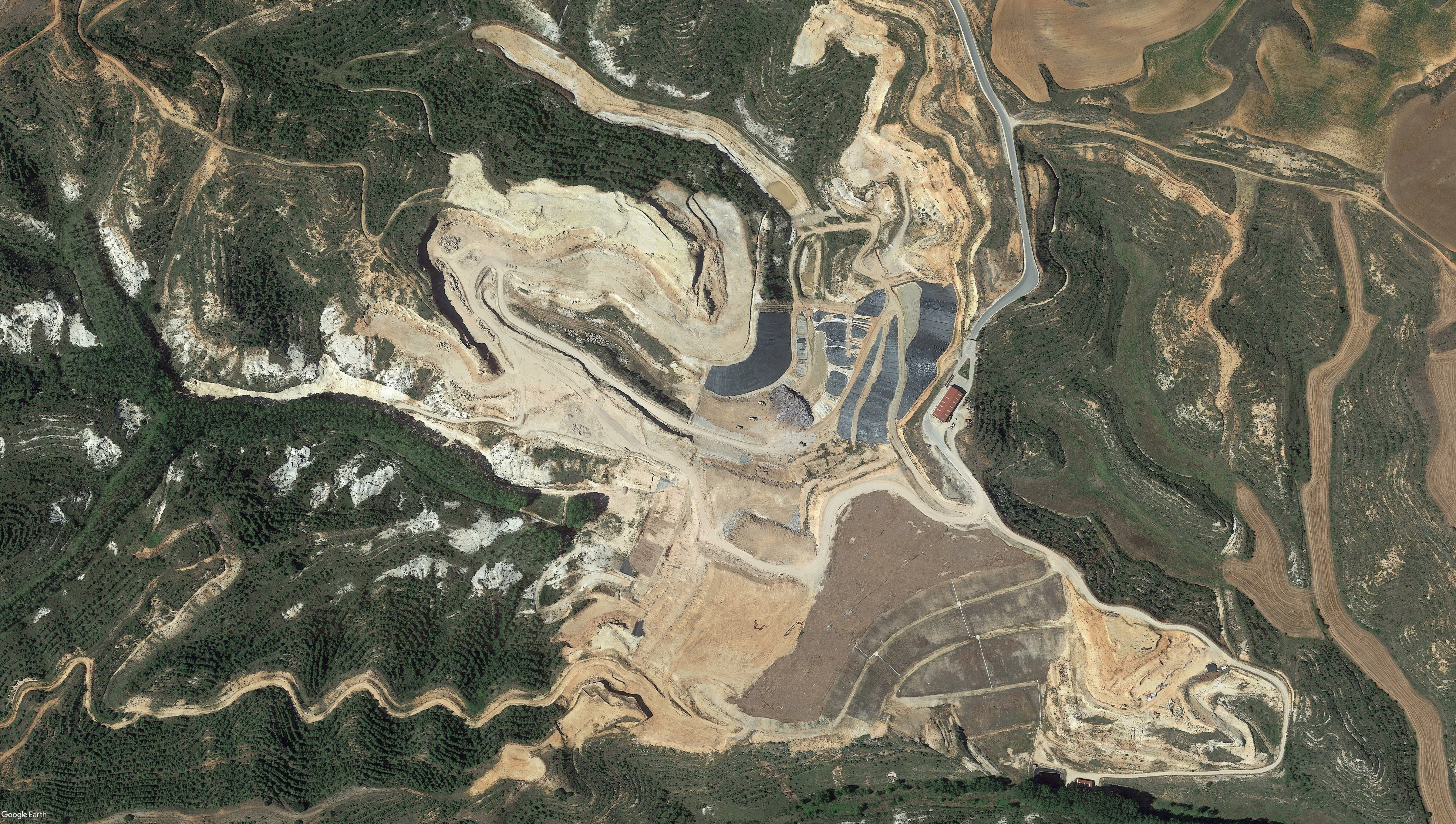
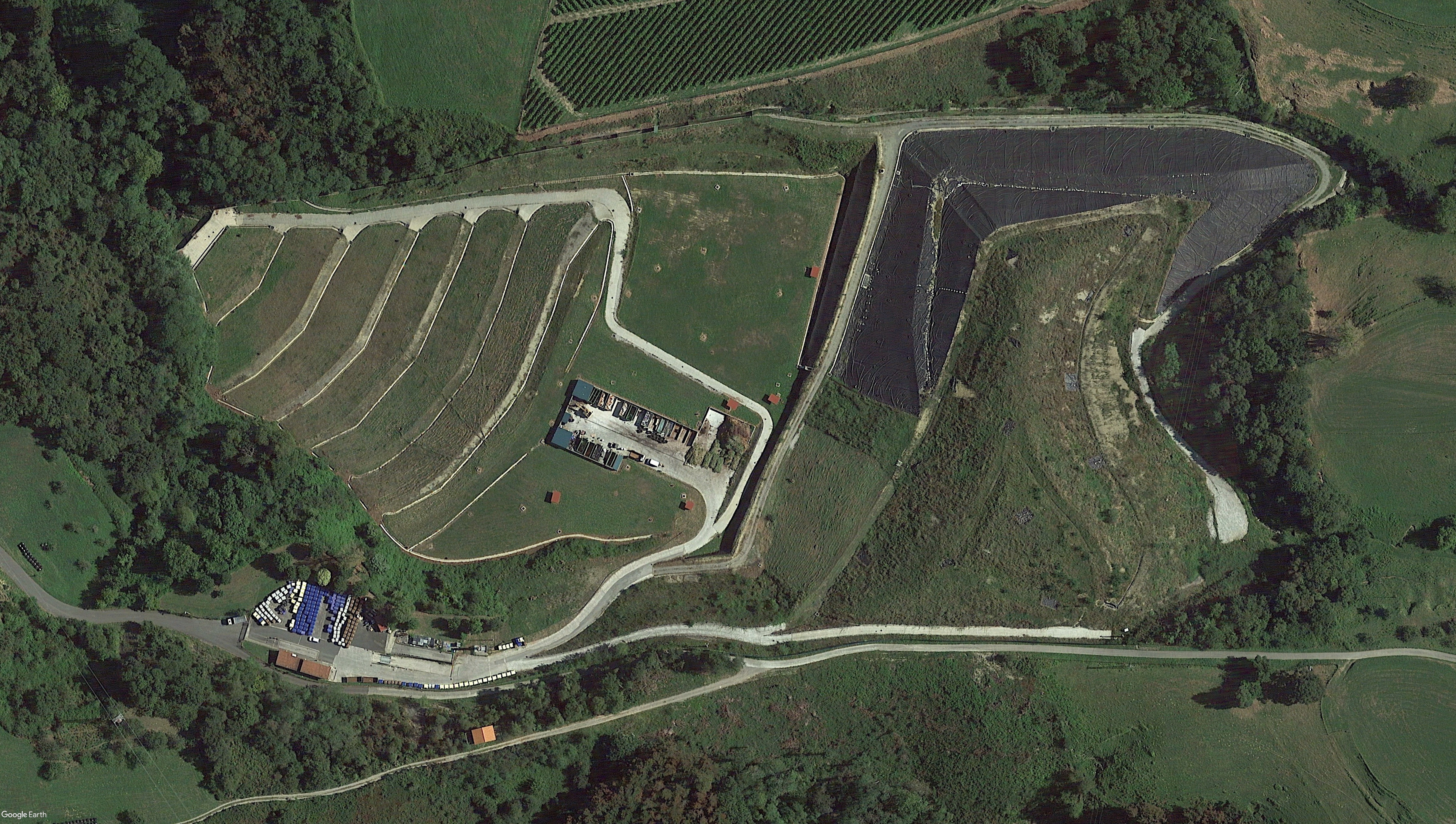
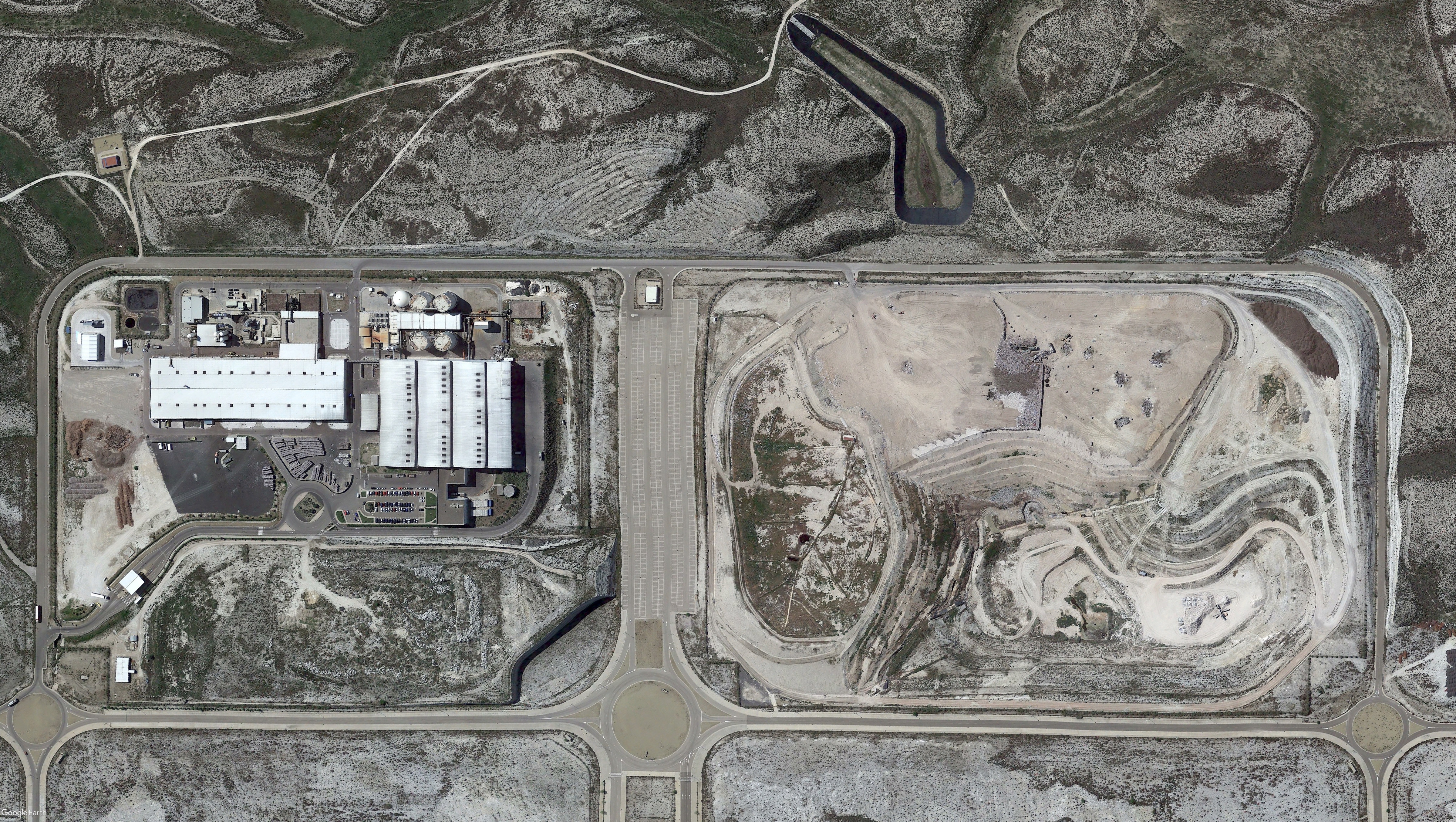
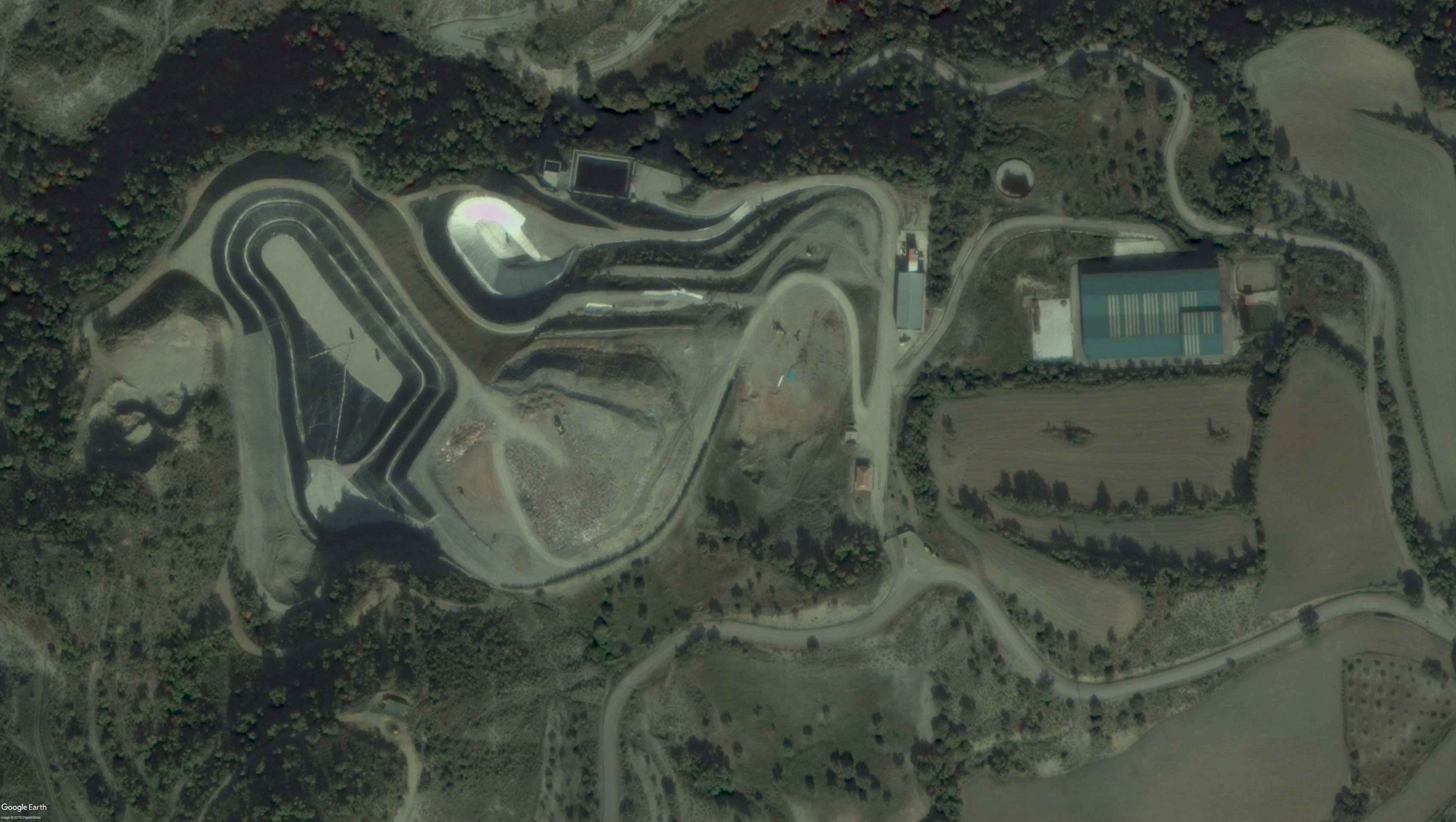
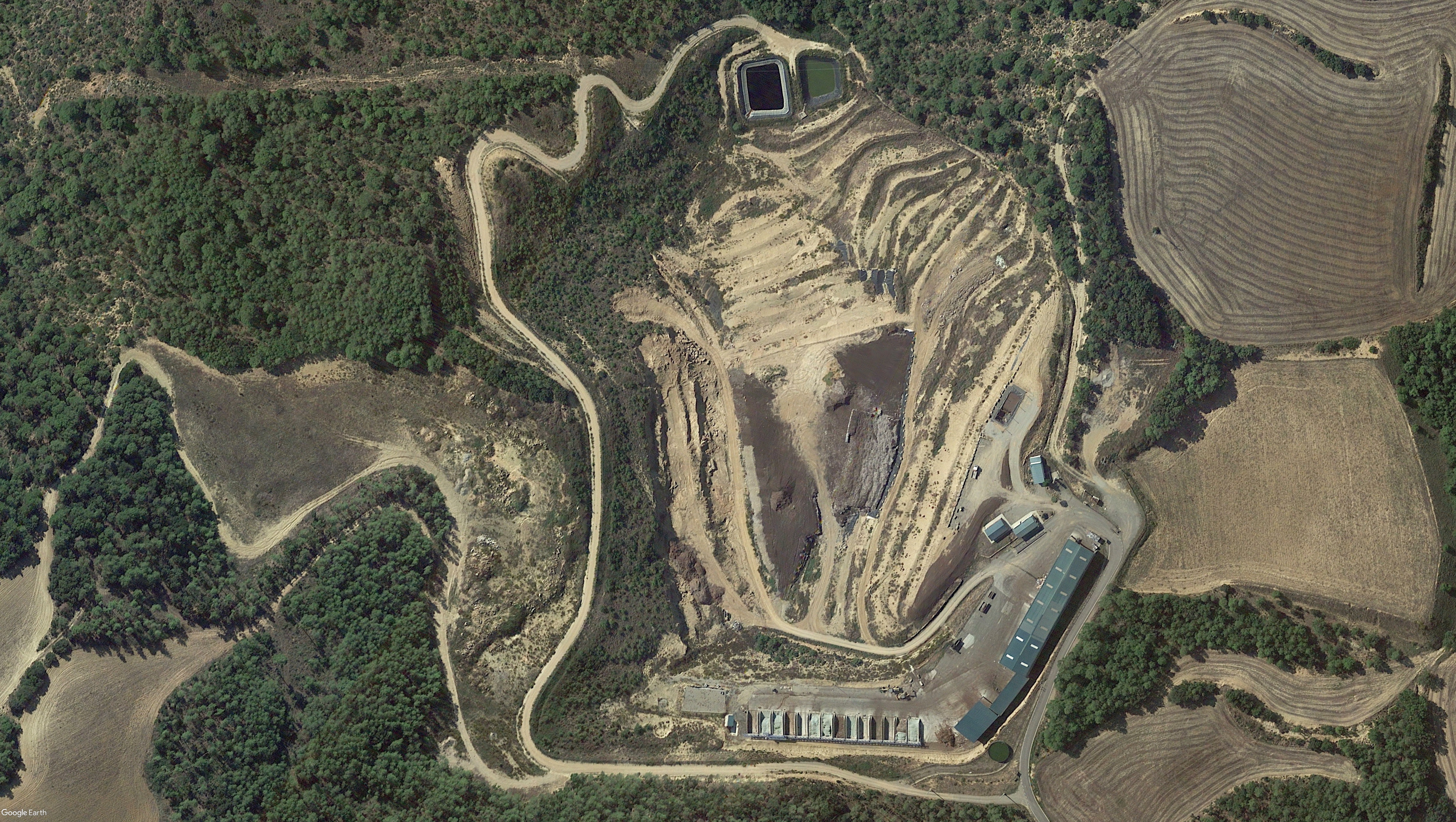
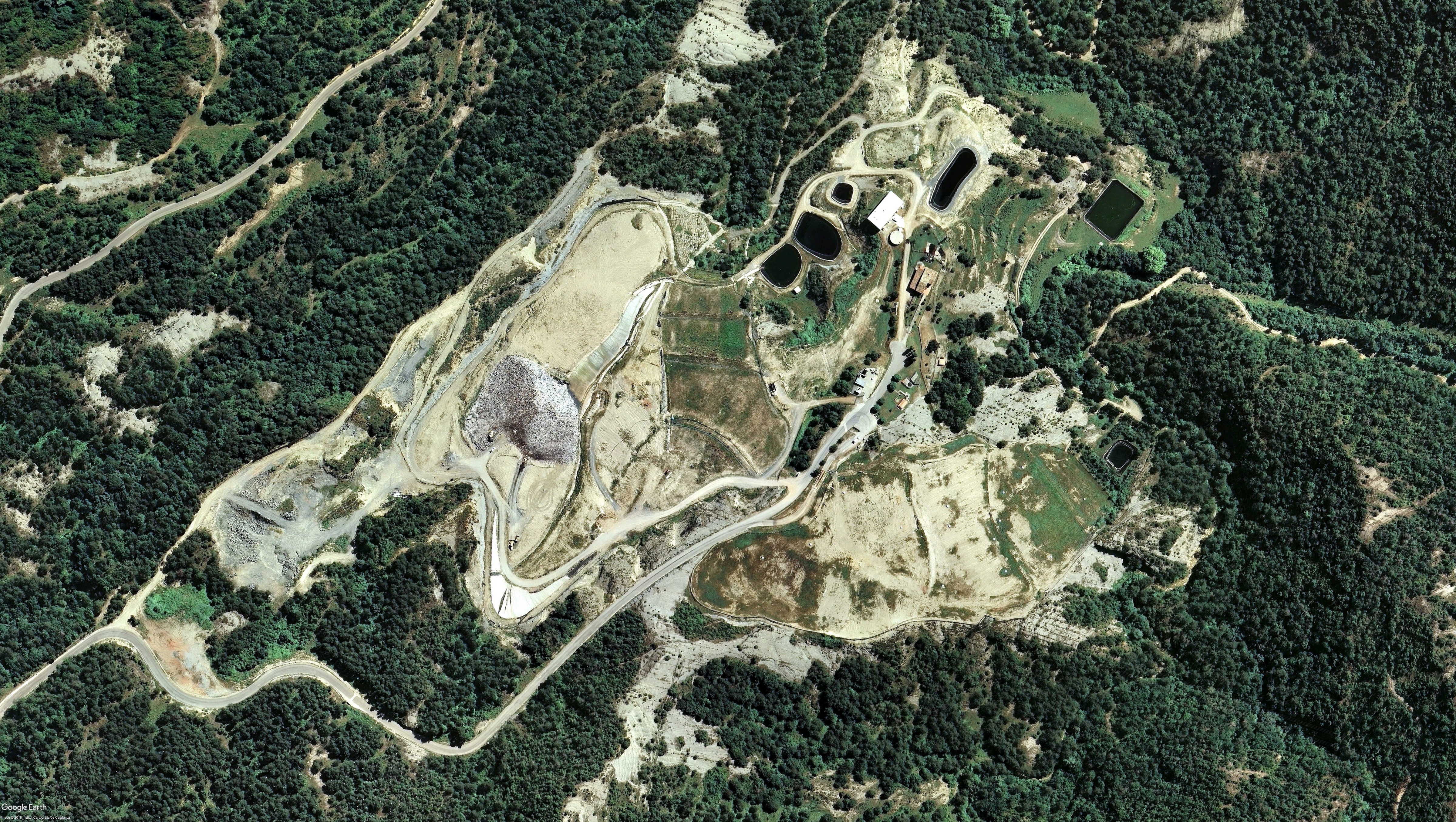
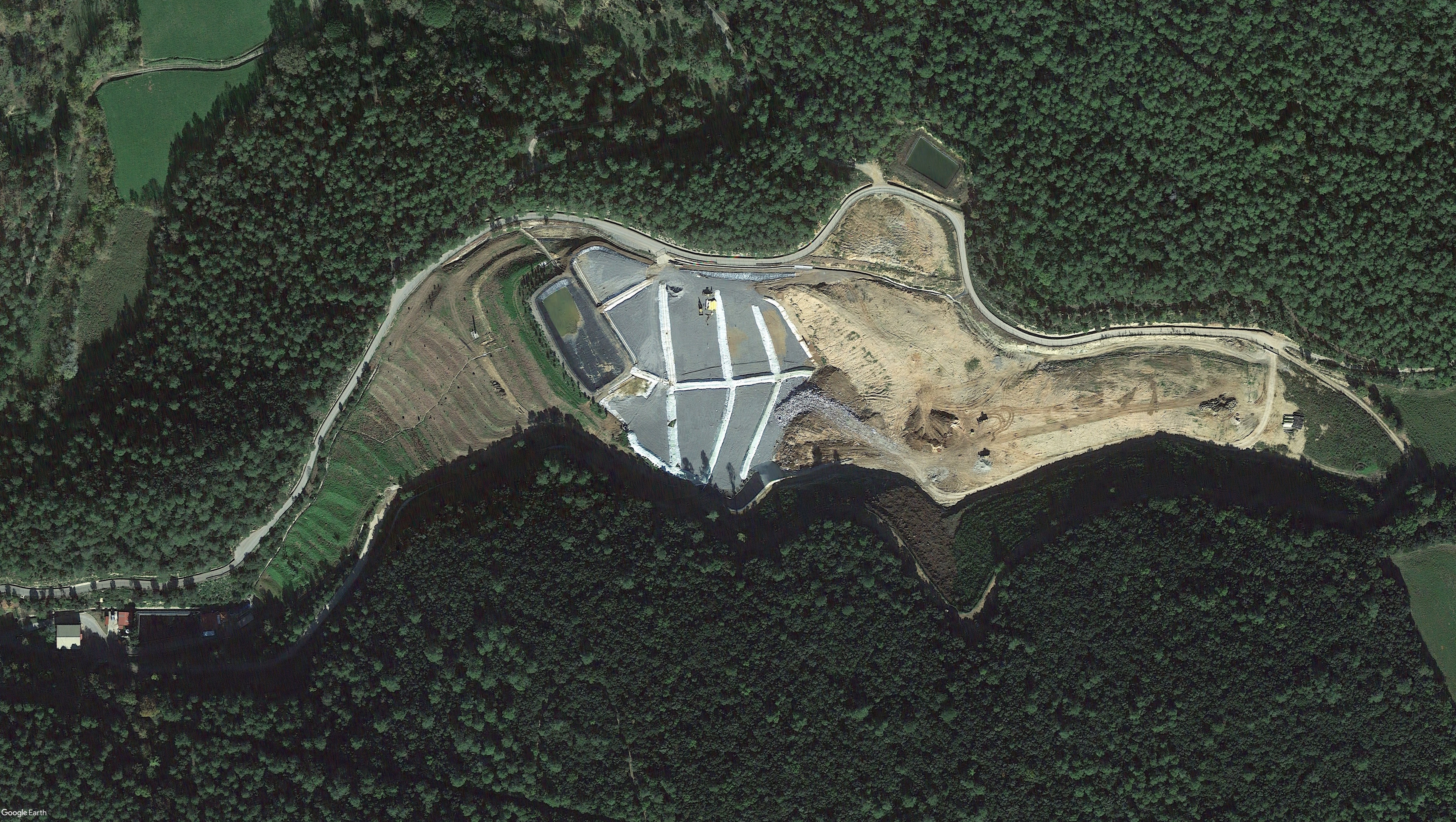
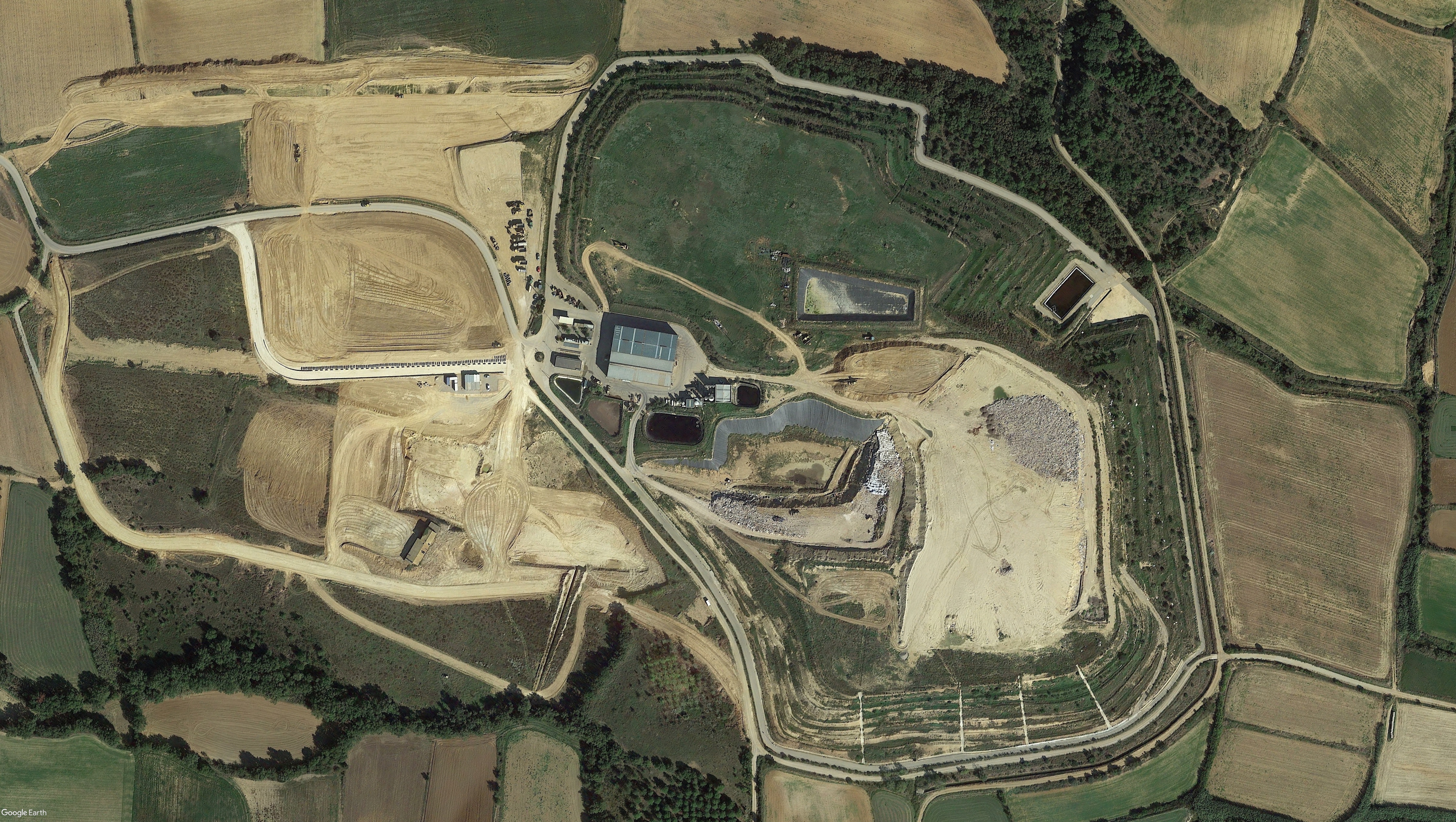


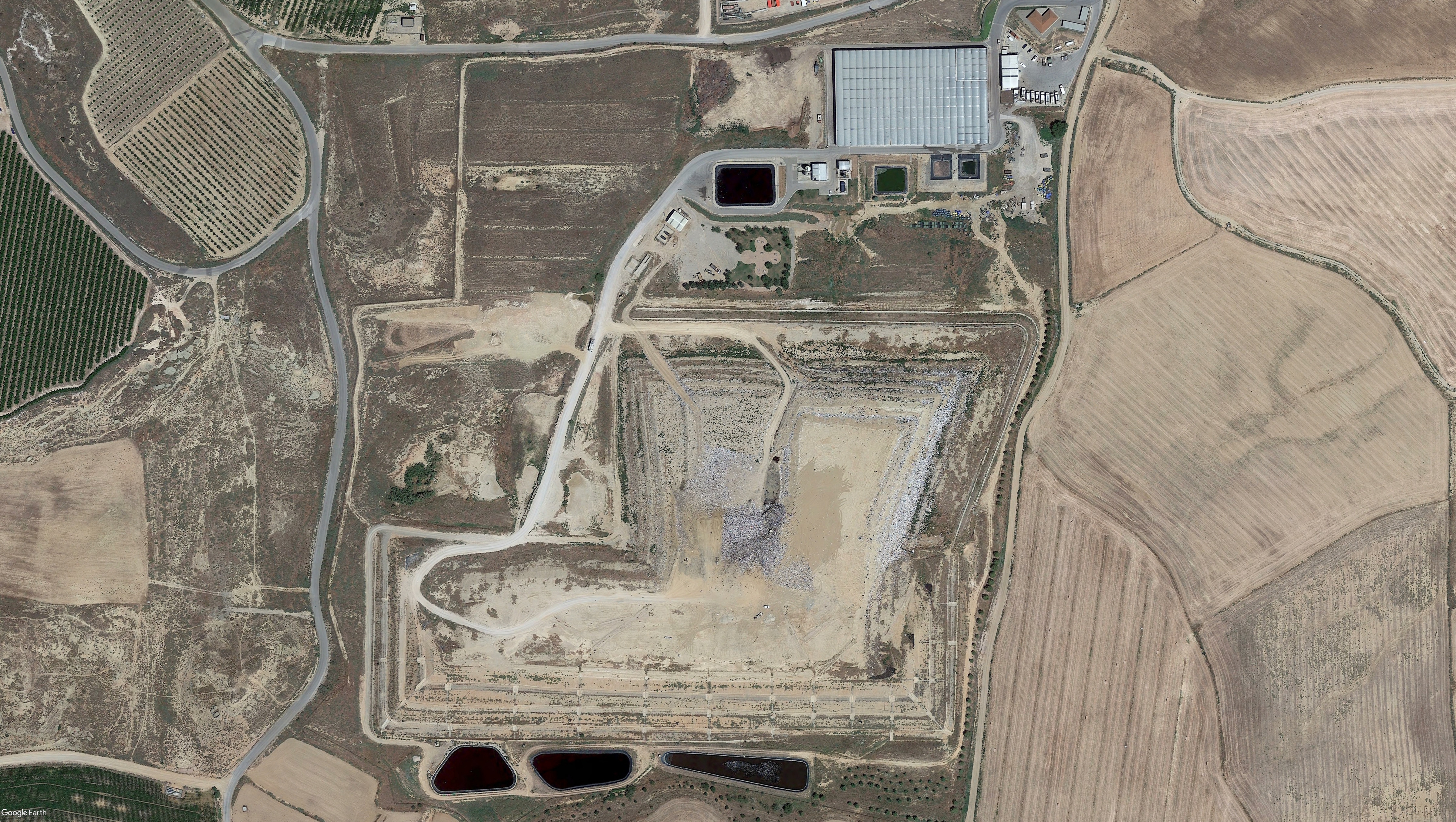
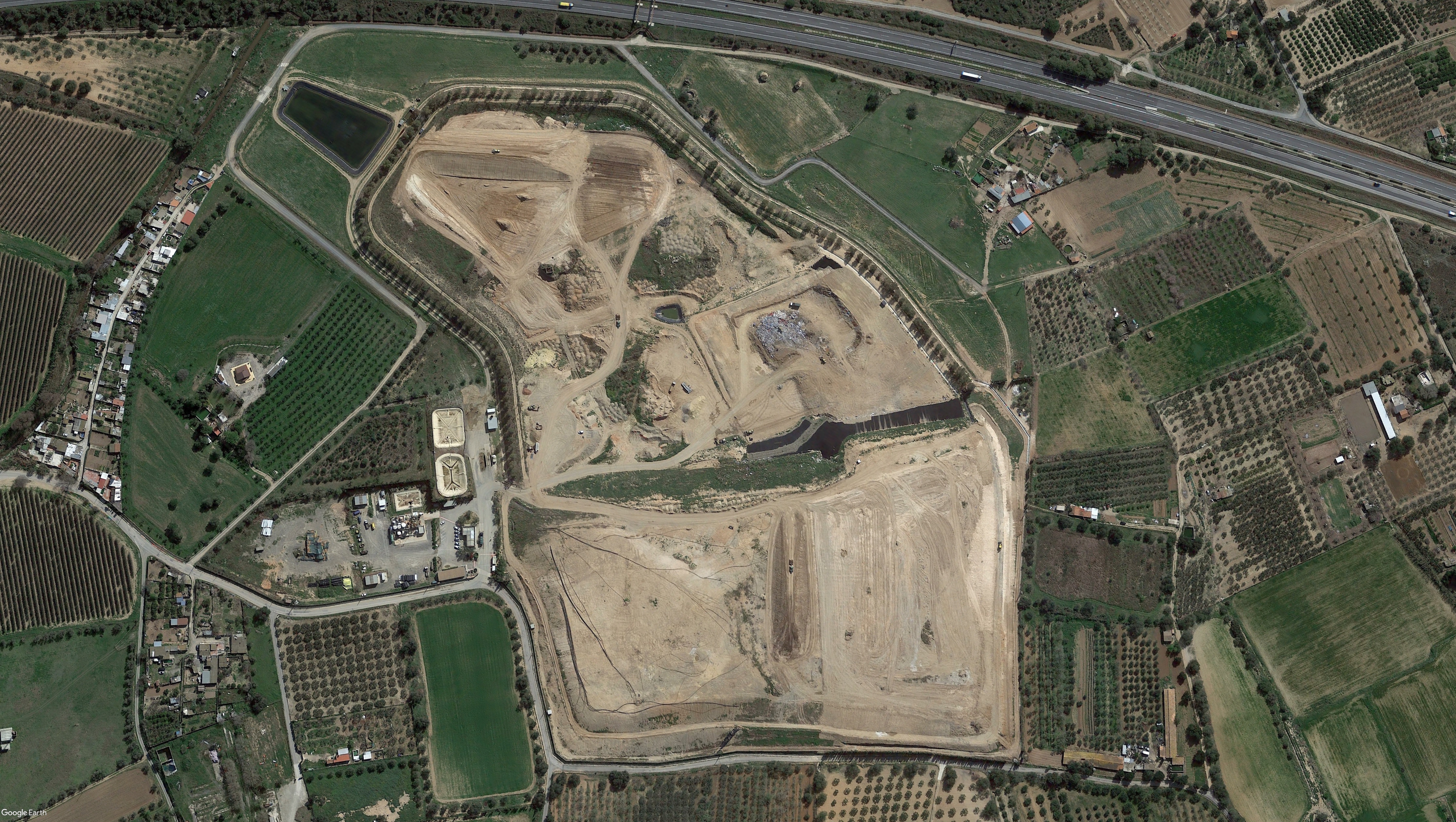
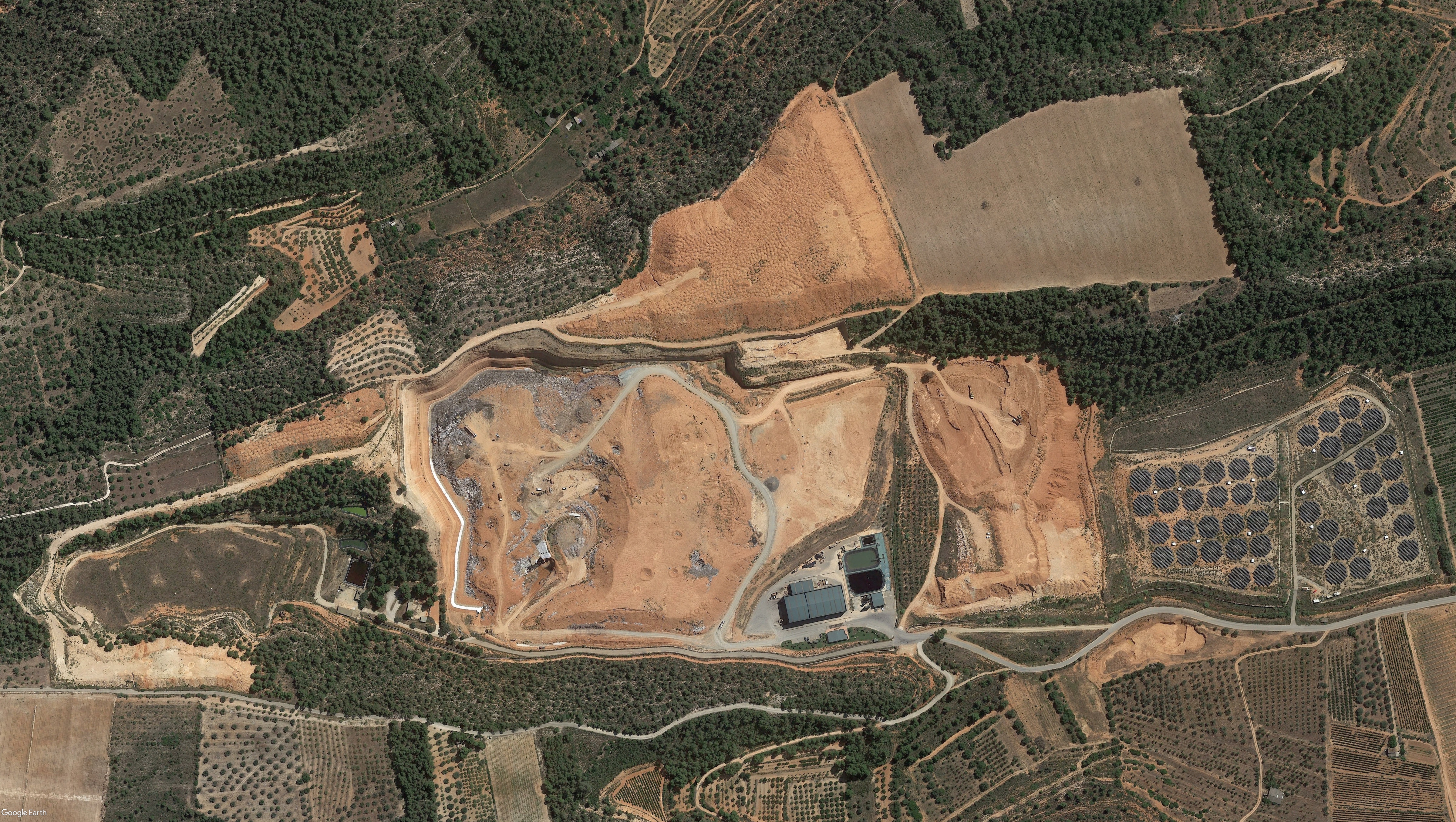
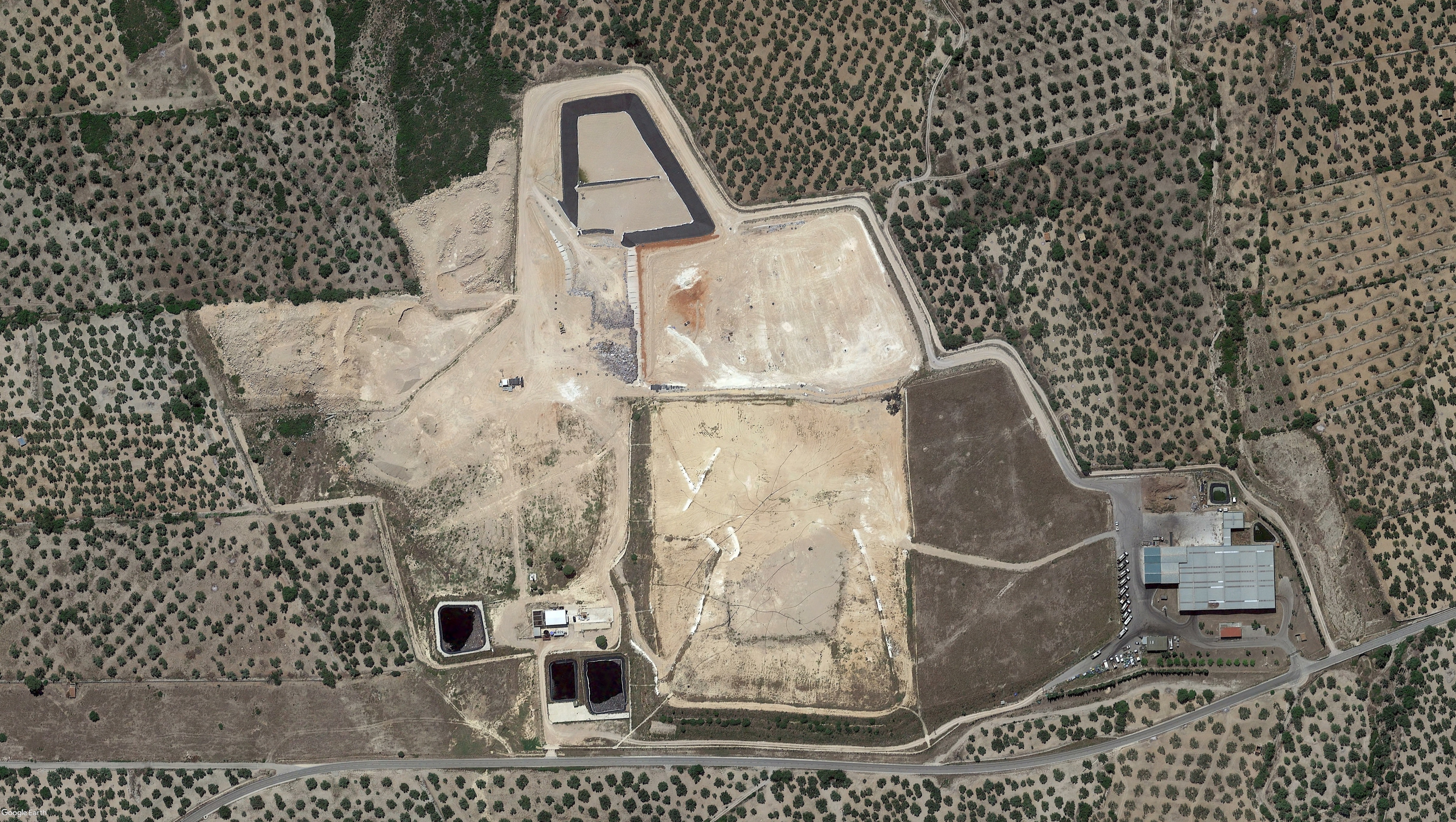
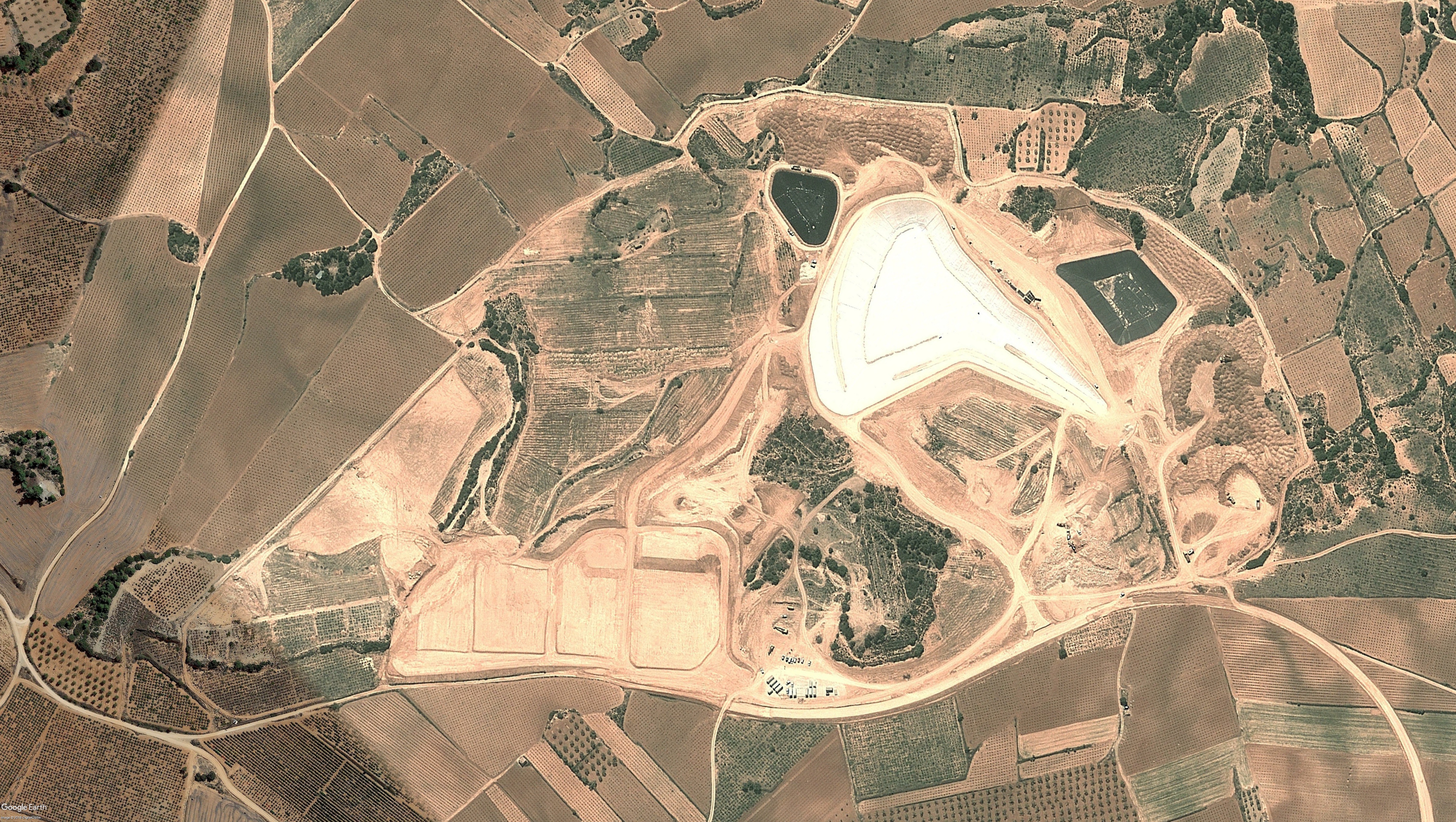
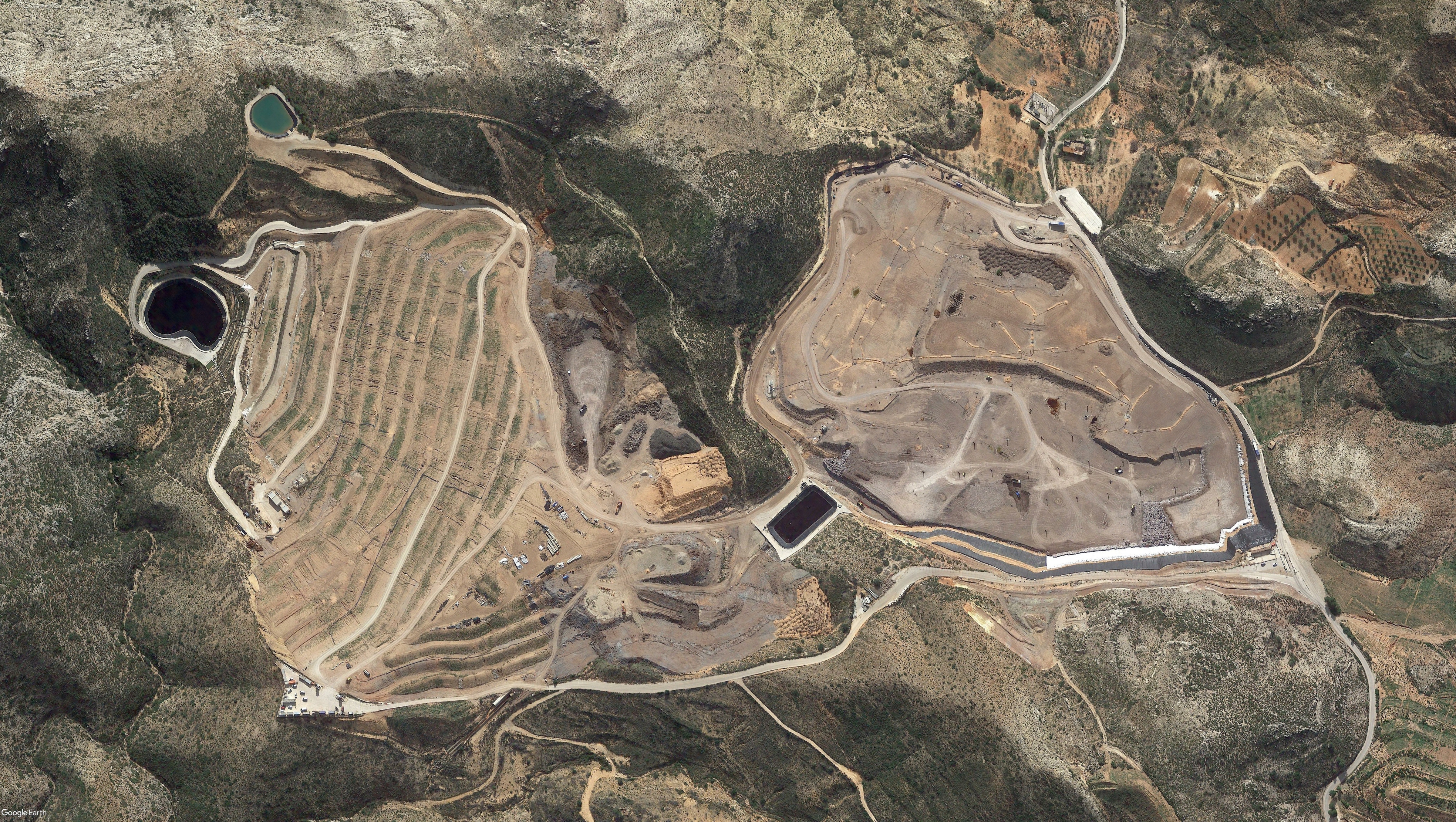
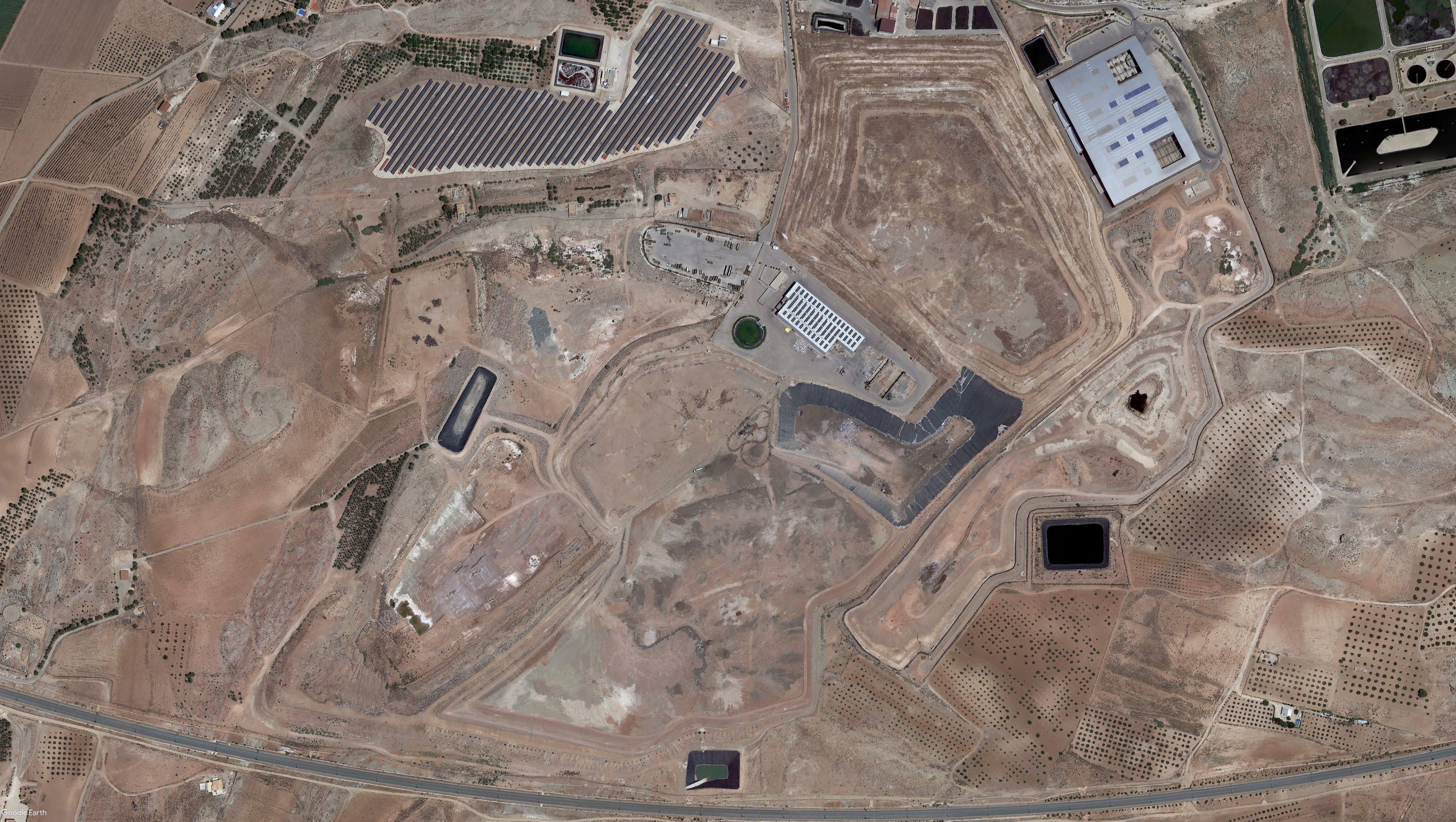
Satellite images of landfills visited in Spain
(source: google earth pro)


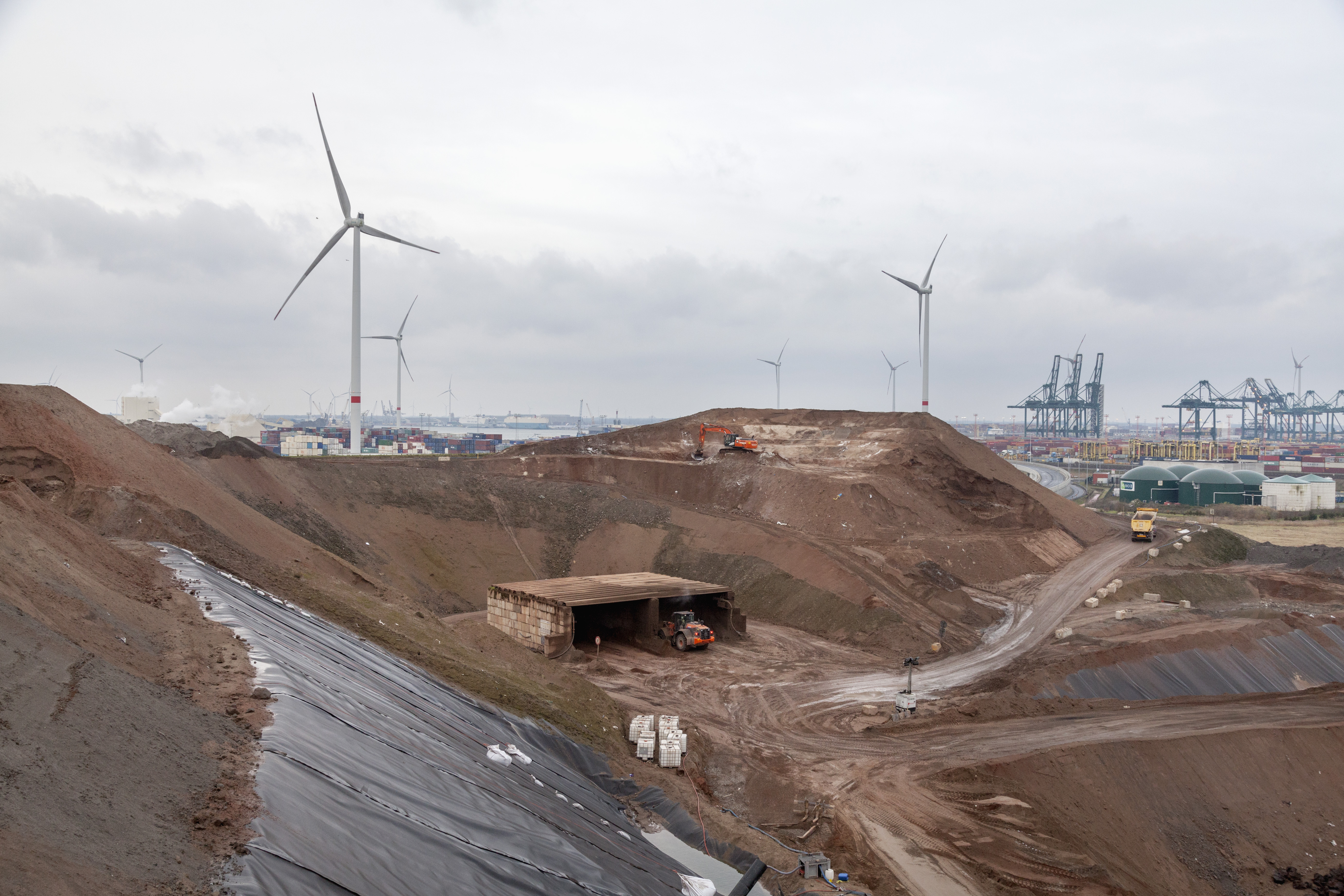

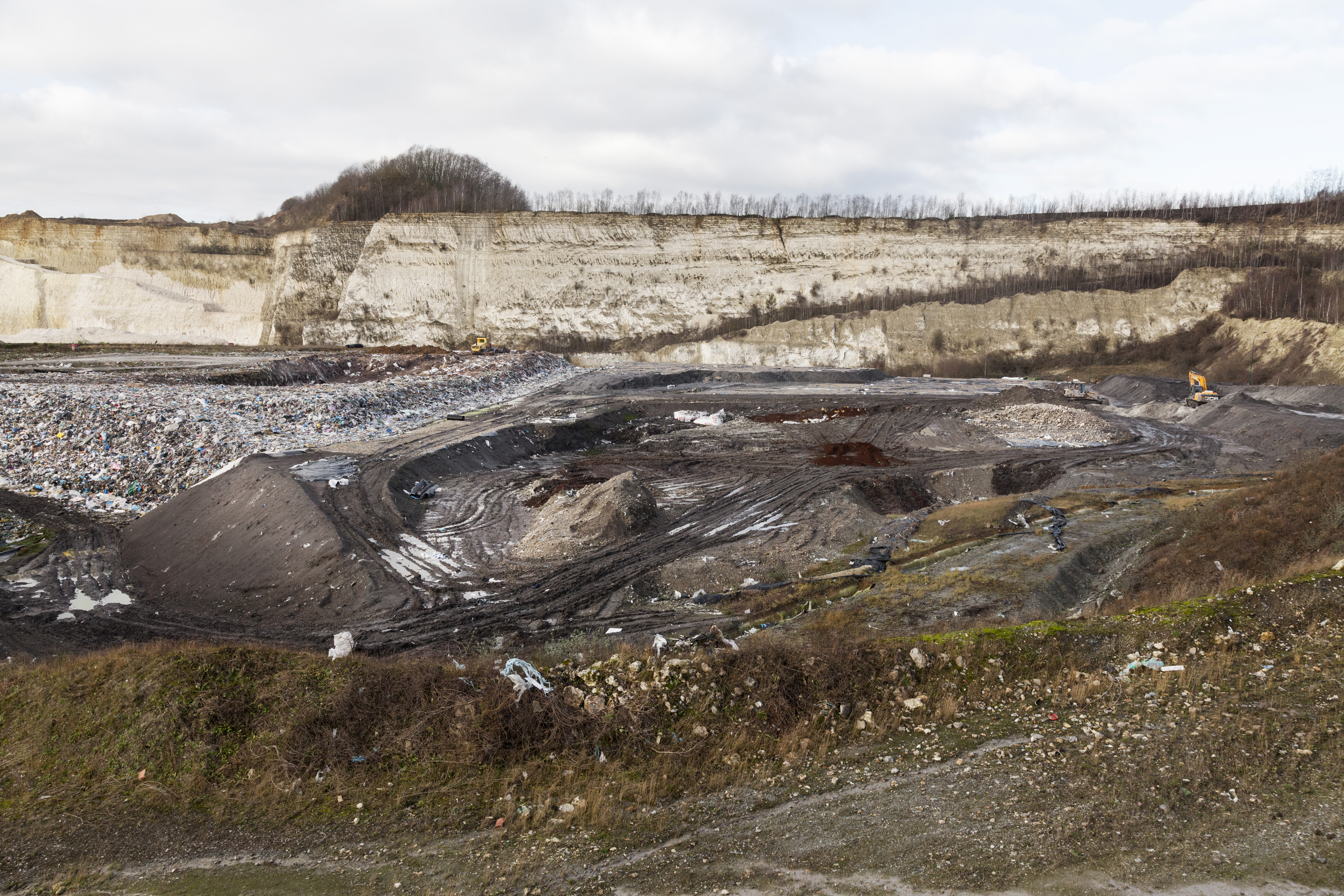
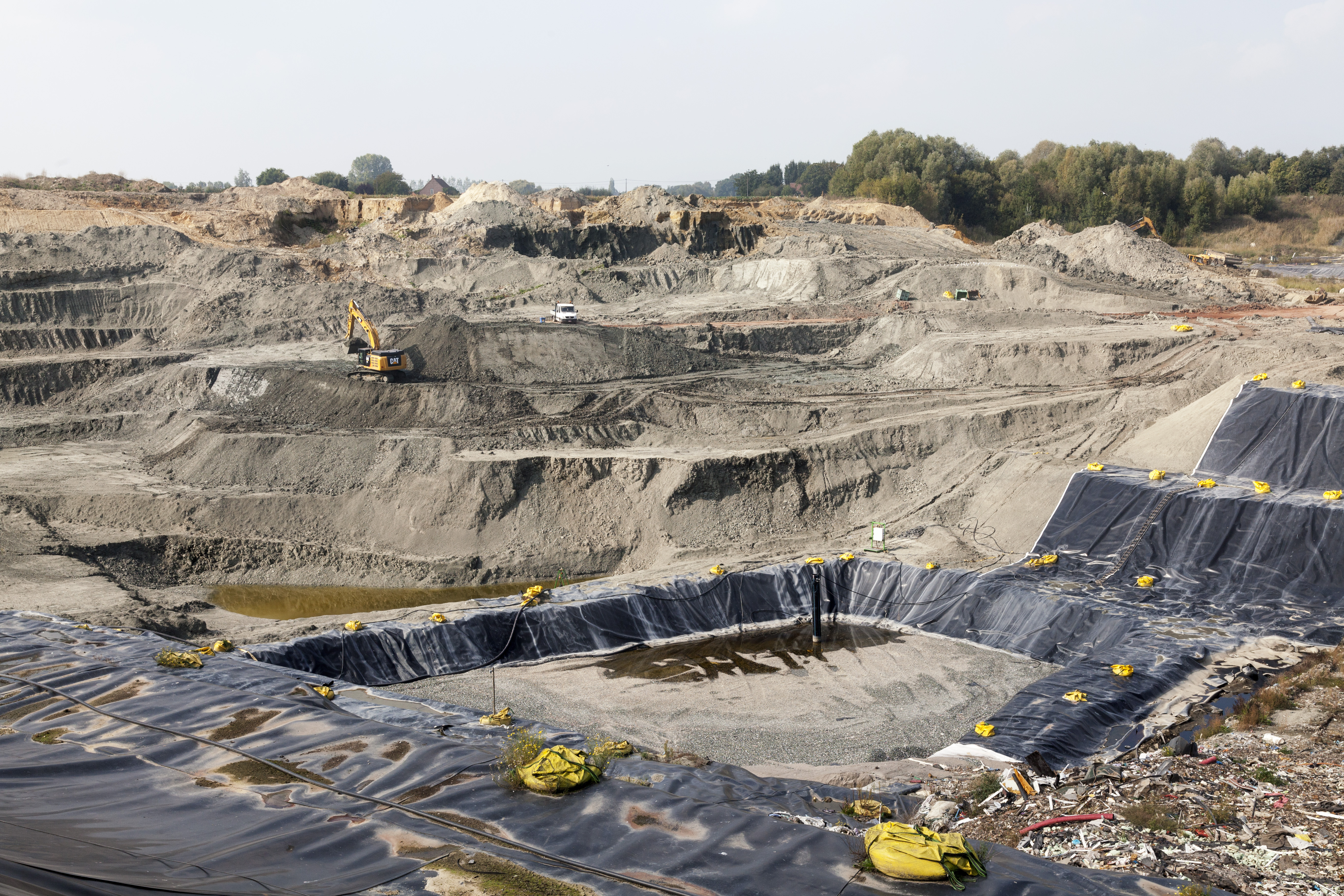

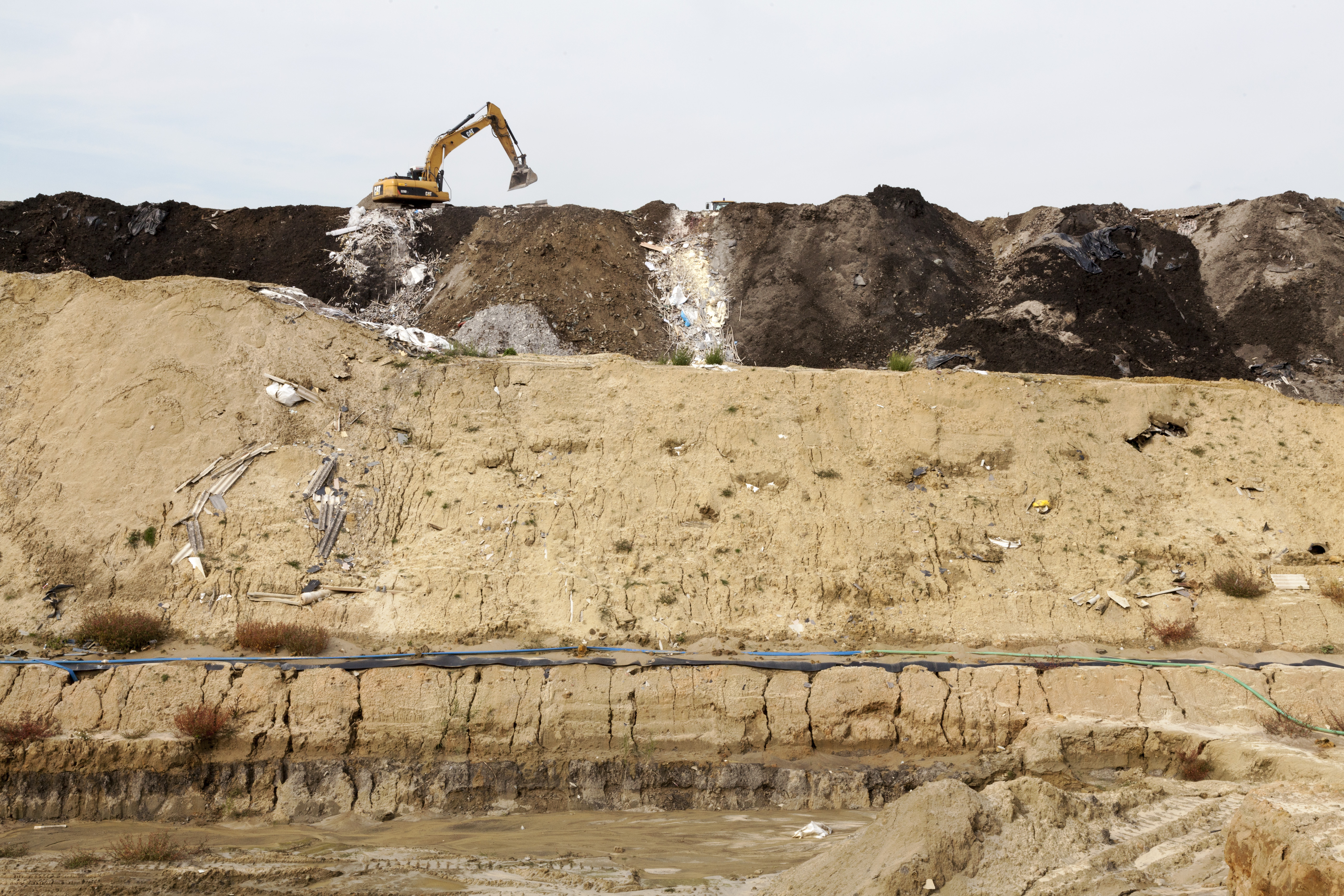
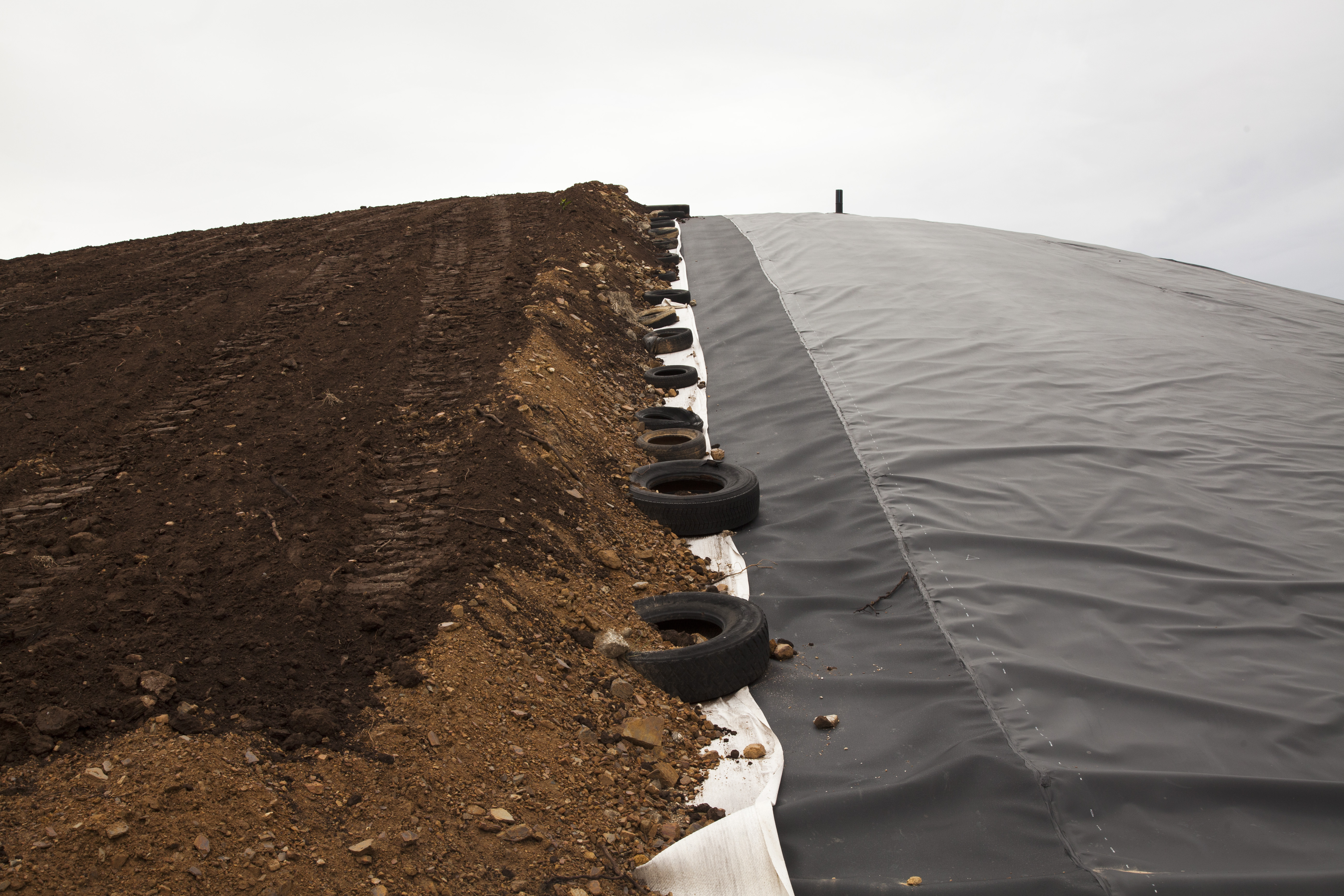
“Imagine you are travelling in the mountains and you see the landfill from afar. You see the black impermeabilization layer in contrast with the rest of the area, which regardless to its desertification has some forests and green areas. The landfill actually looks like a dead mountain. Nevertheless, when you take a closer look, you'll see the things as I started to see them. I remember in the beginning the environmentalist agencies were concerned about the storks, as they were in danger of extinction in this area. The study said they wouldn't be able to live here and would gradually disappear. But what happened is the complete opposite. There are plenty of storks now. That is what I mean, you could think of this place as a dead mountain but it's full of life. the story about the storks is just a small example. The landfill is a source of food for several species such as foxes, wild dogs, seagulls, storks, pigeons, etc. The place is also in constant motion: the soil is compacting and the organic matter is in degradation resulting in the production of biogas and leachate. It's a living organism, not a dead mountain at all.”
Anonymous, Landfill Manager (Portugal)
Anonymous, Landfill Manager (Portugal)

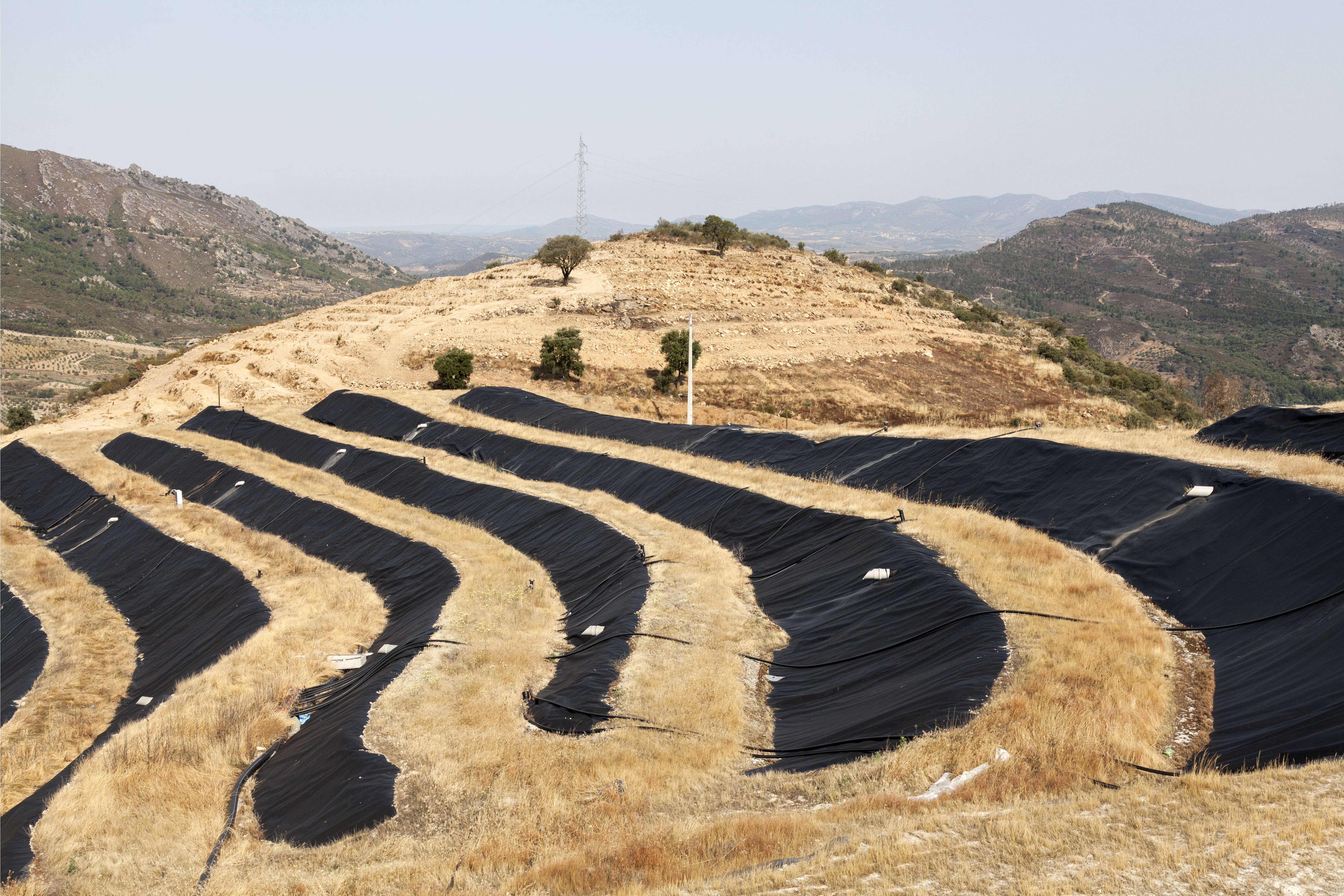
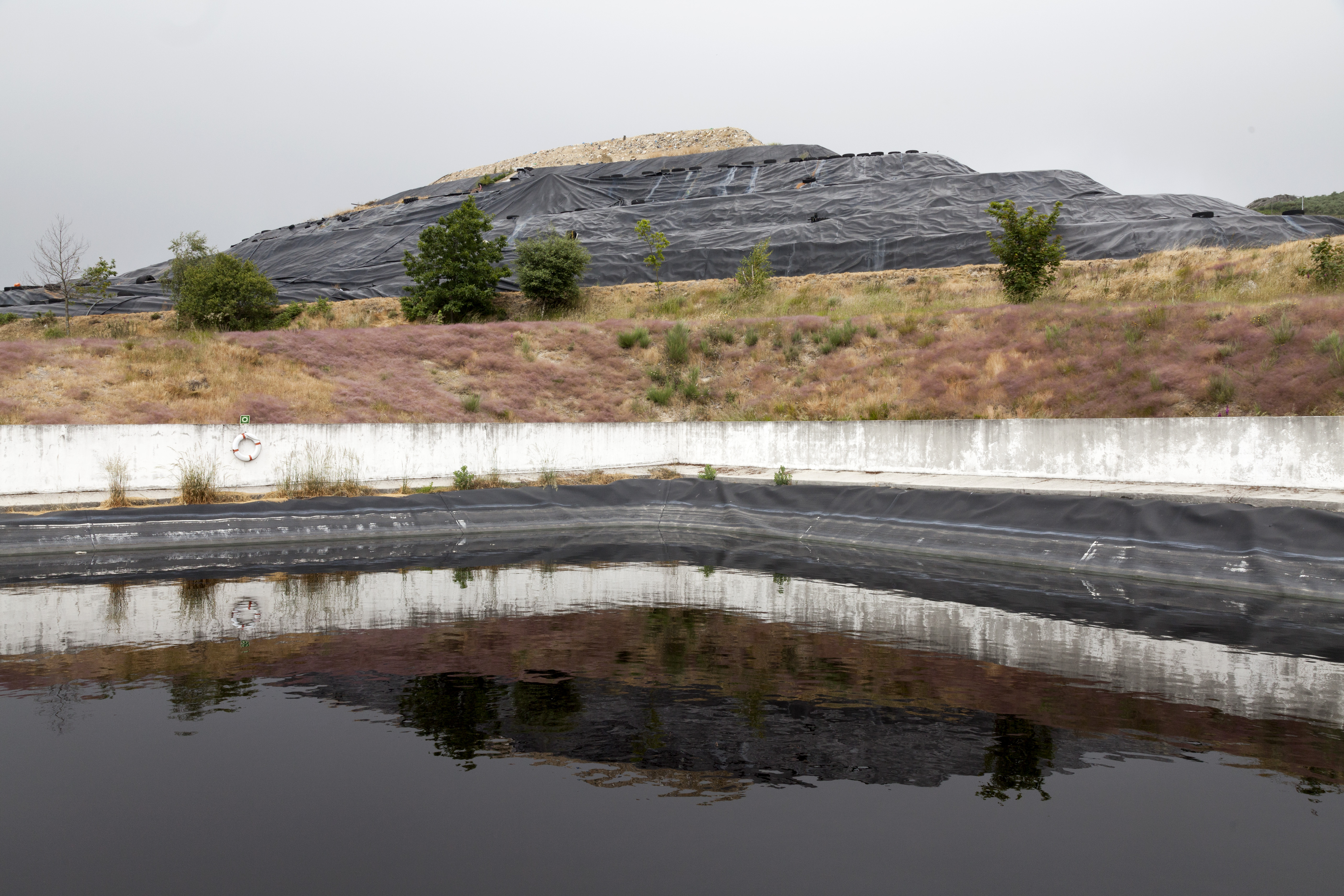


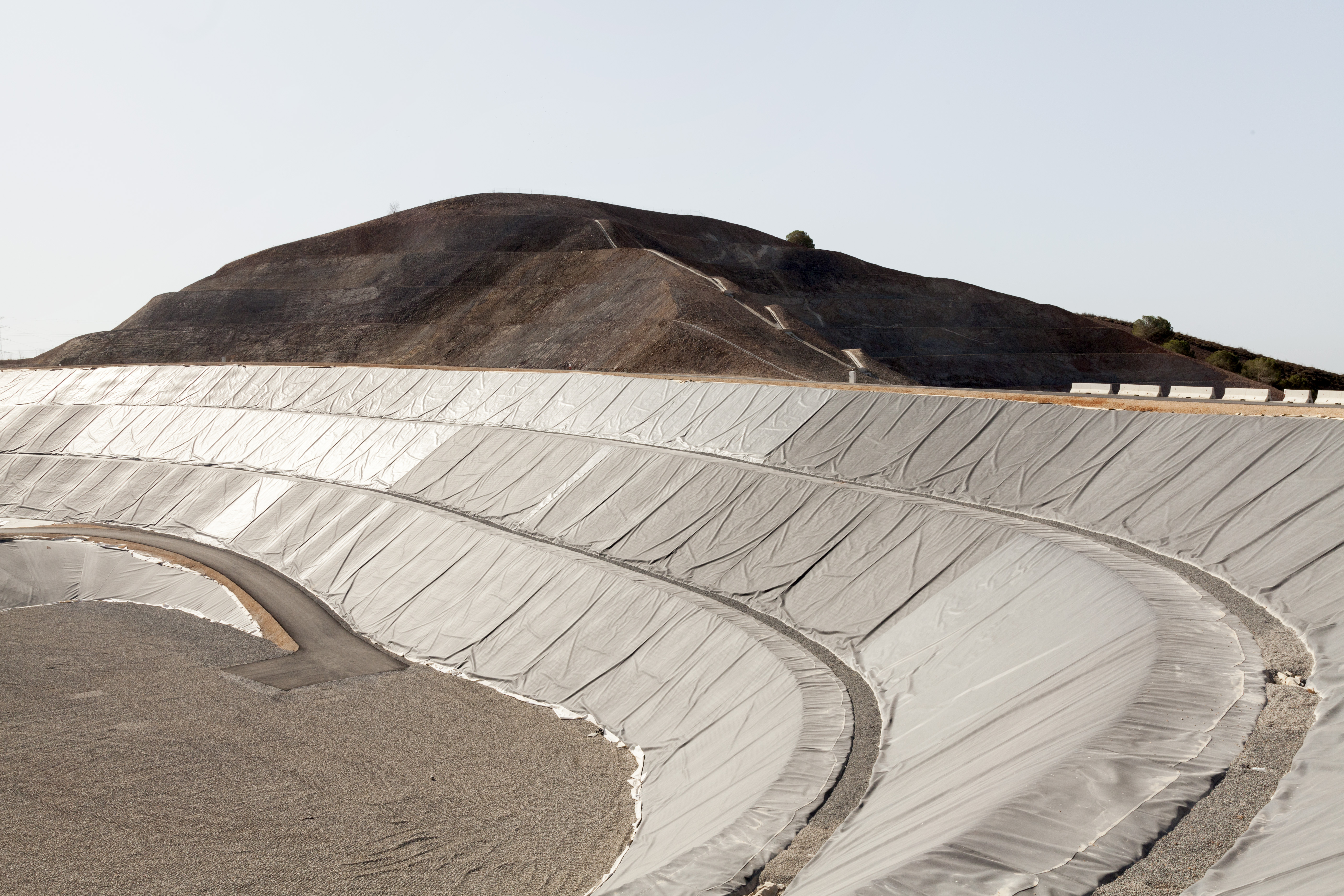


“Nothing on our planet simply disappears. We either transform it or we move it elsewhere.”





